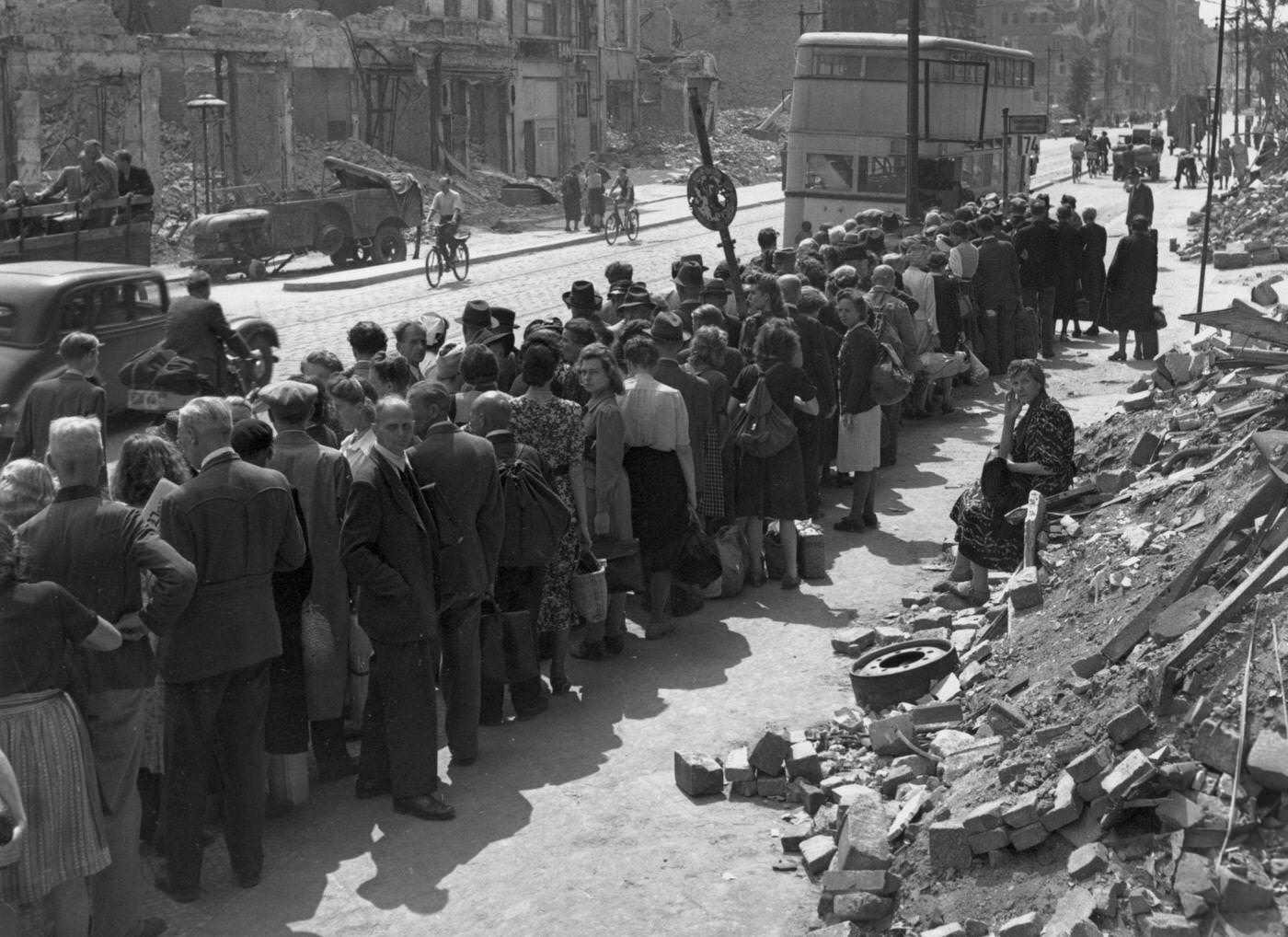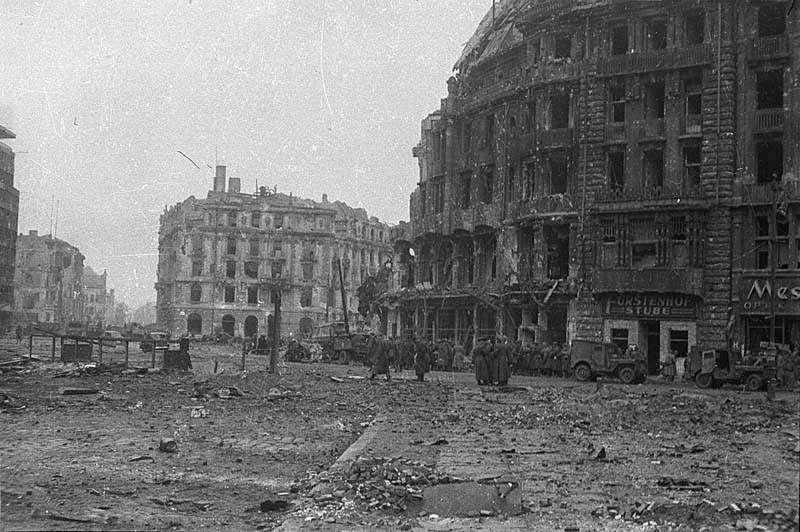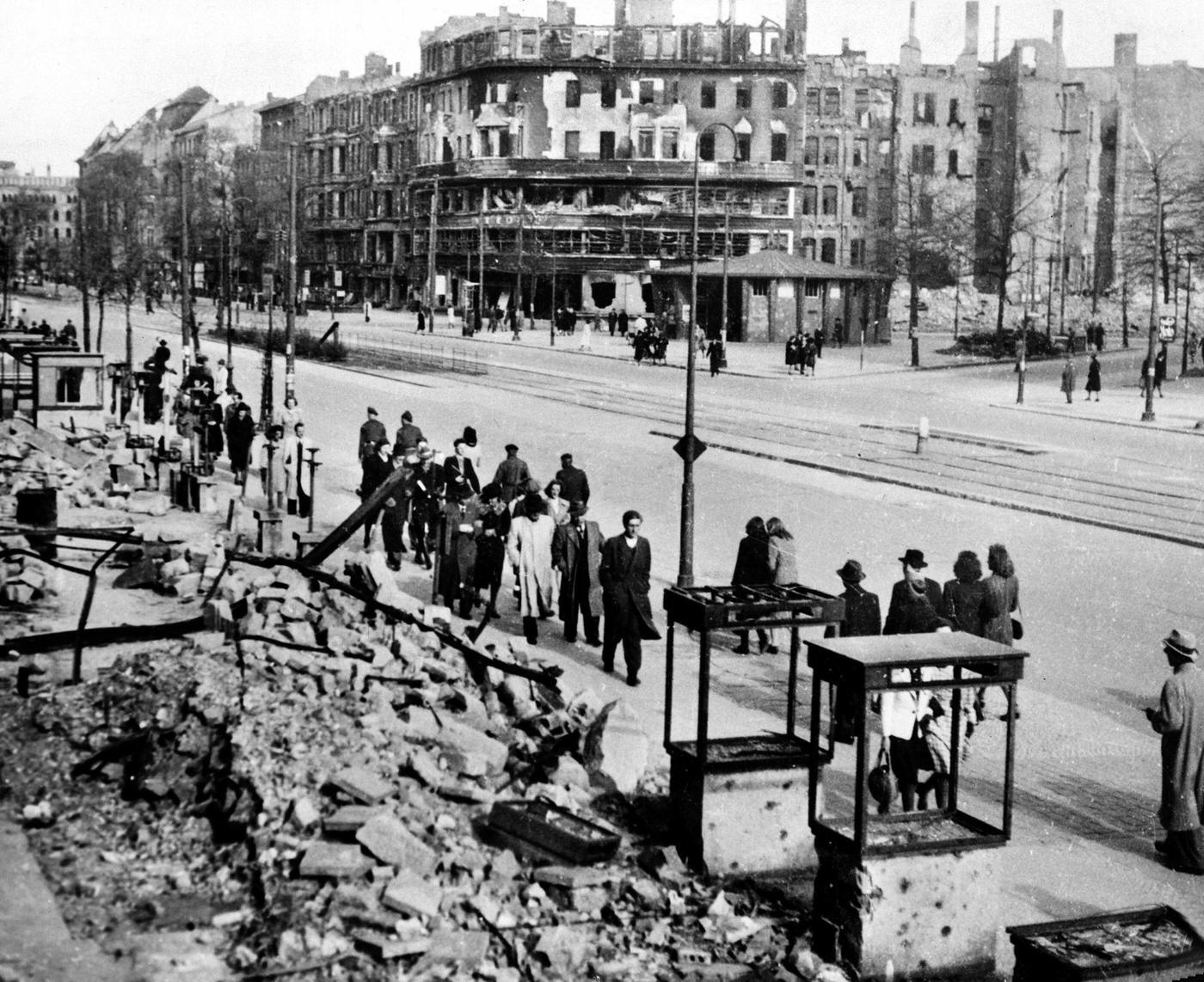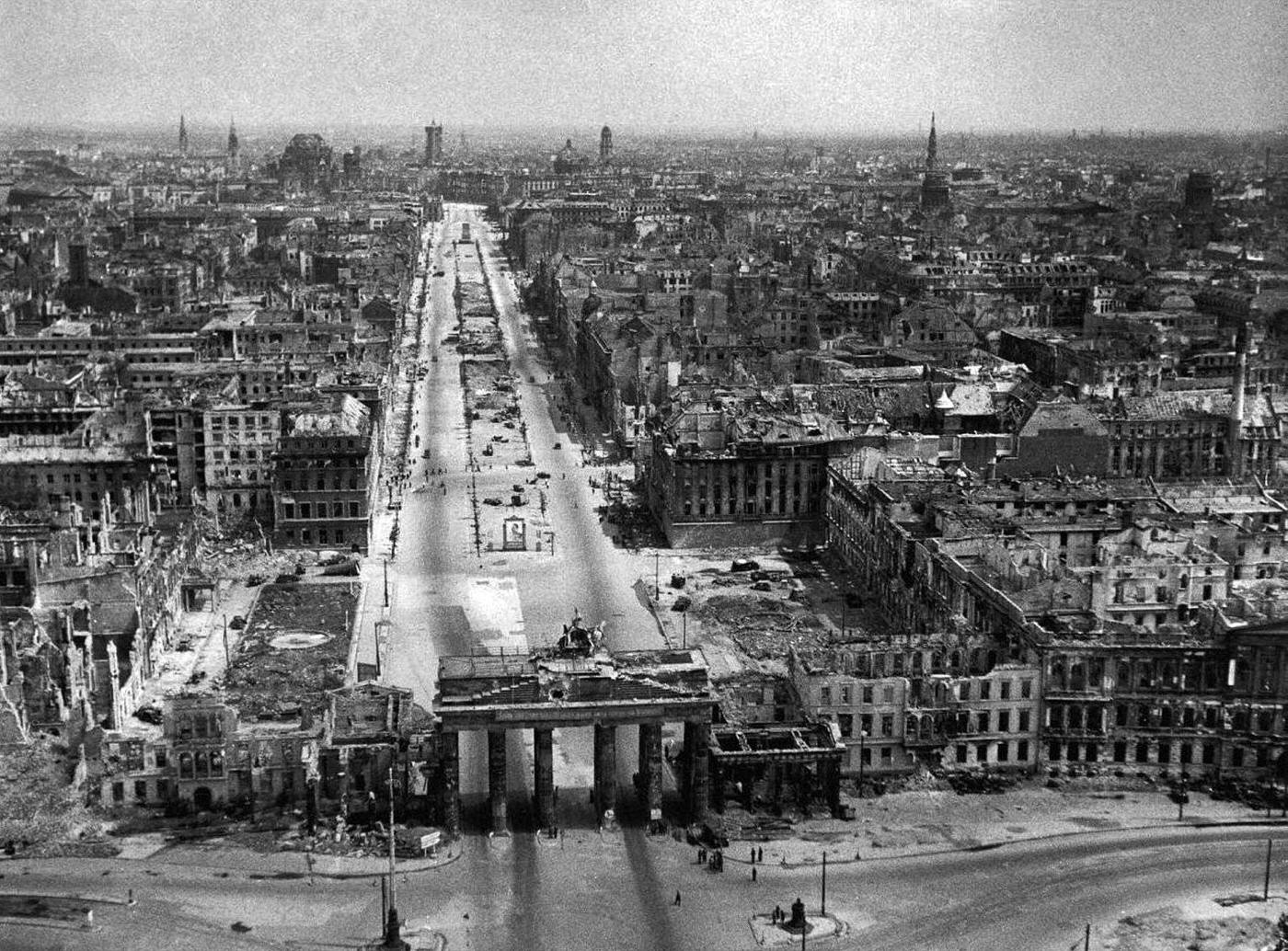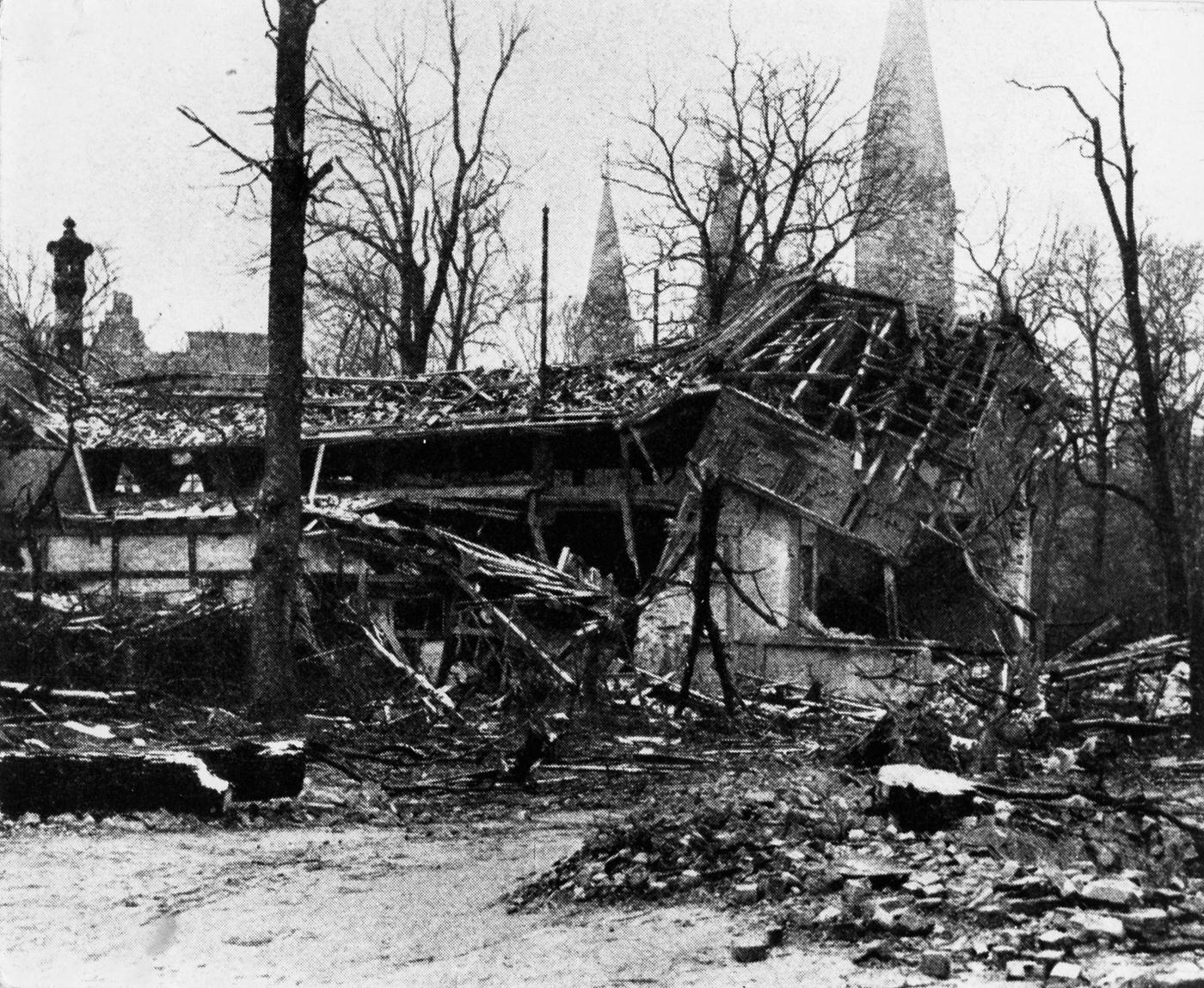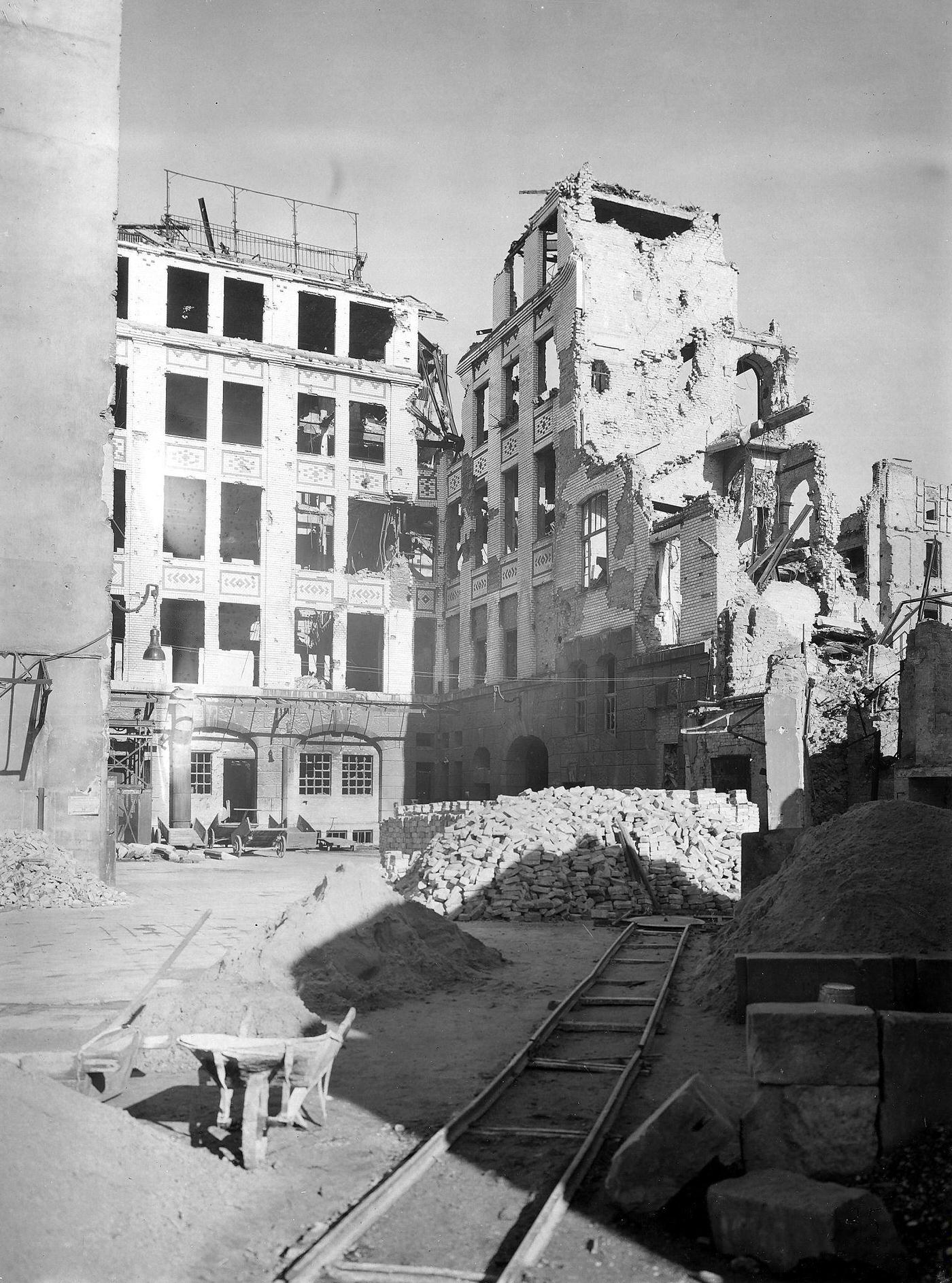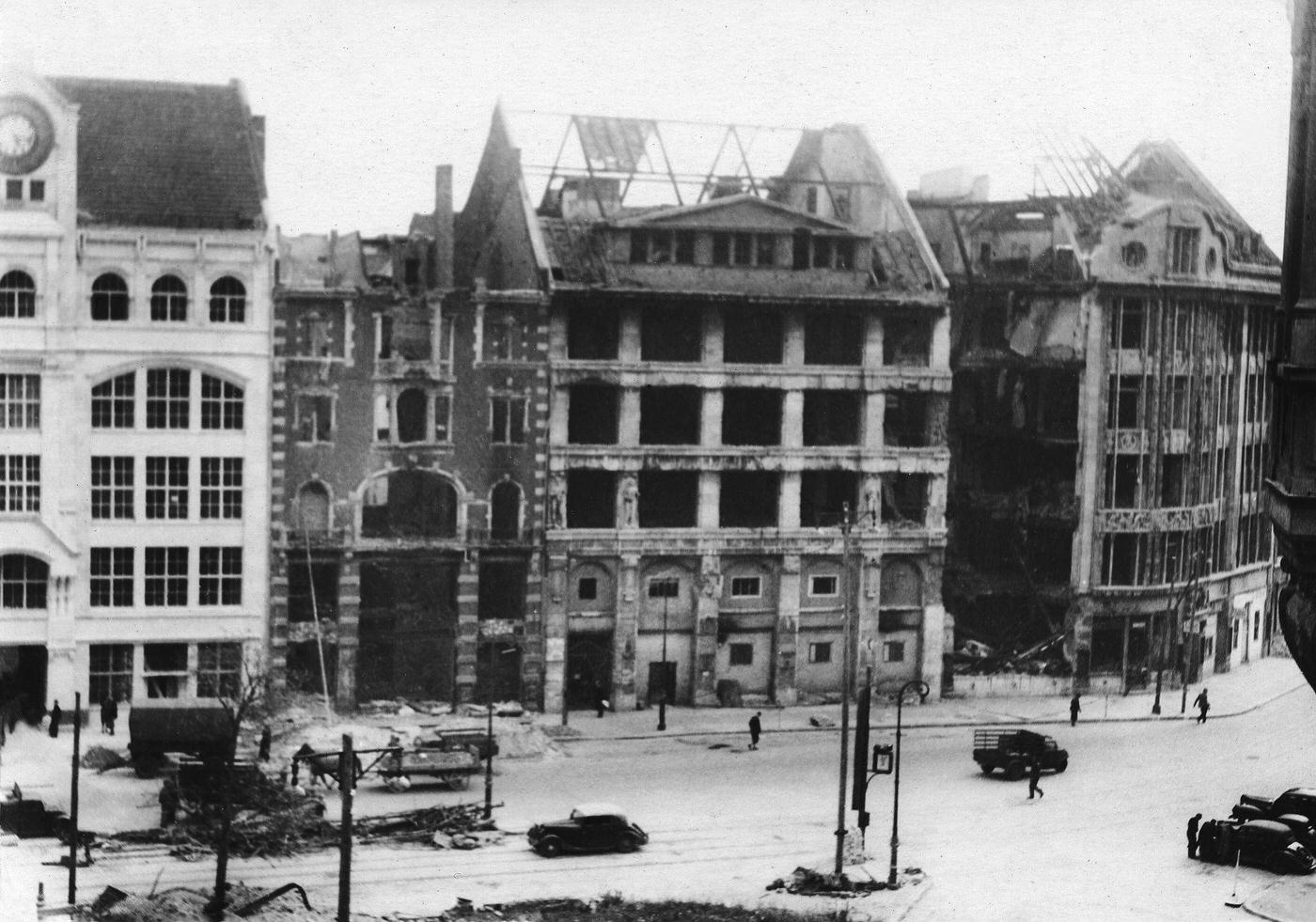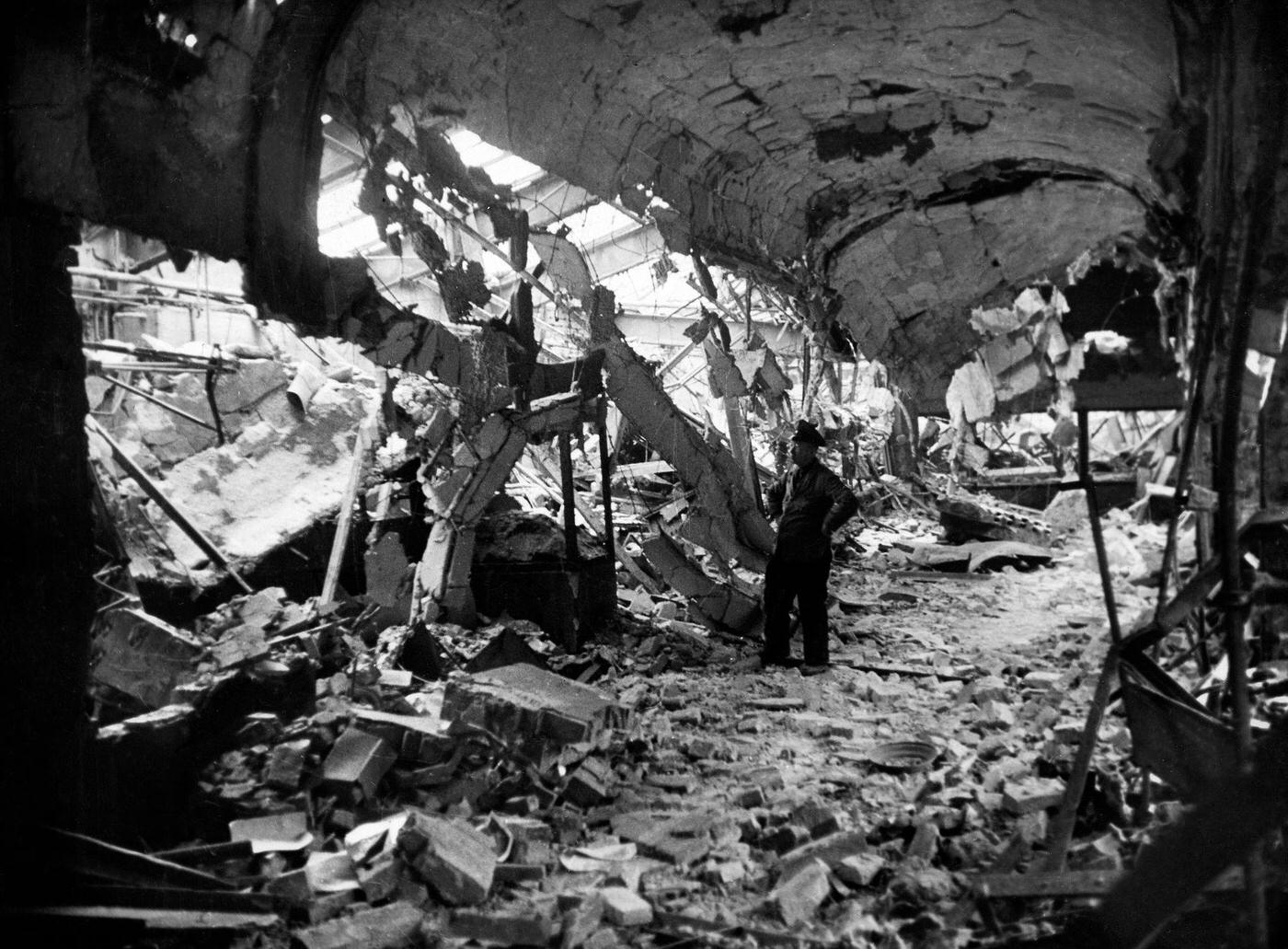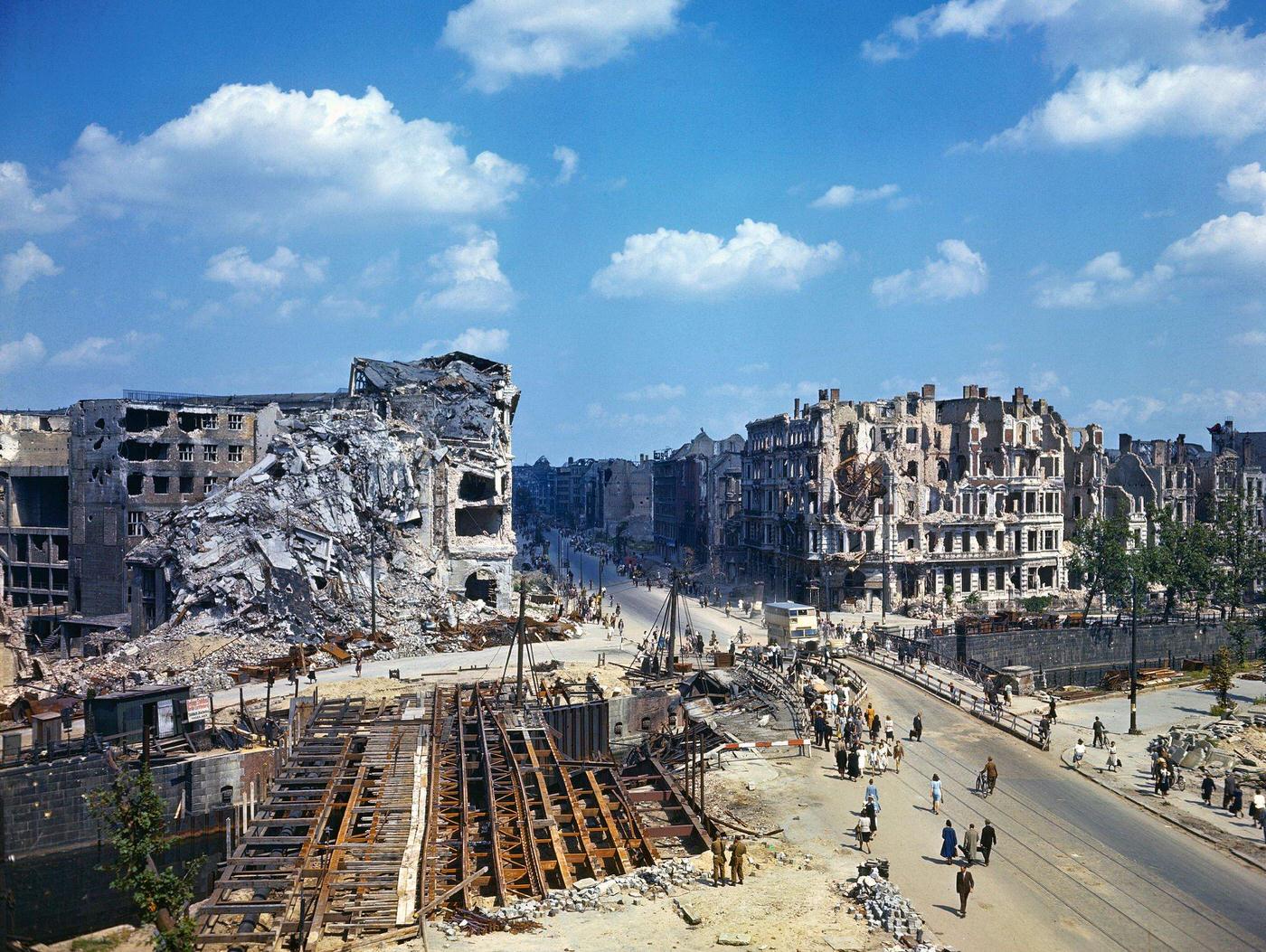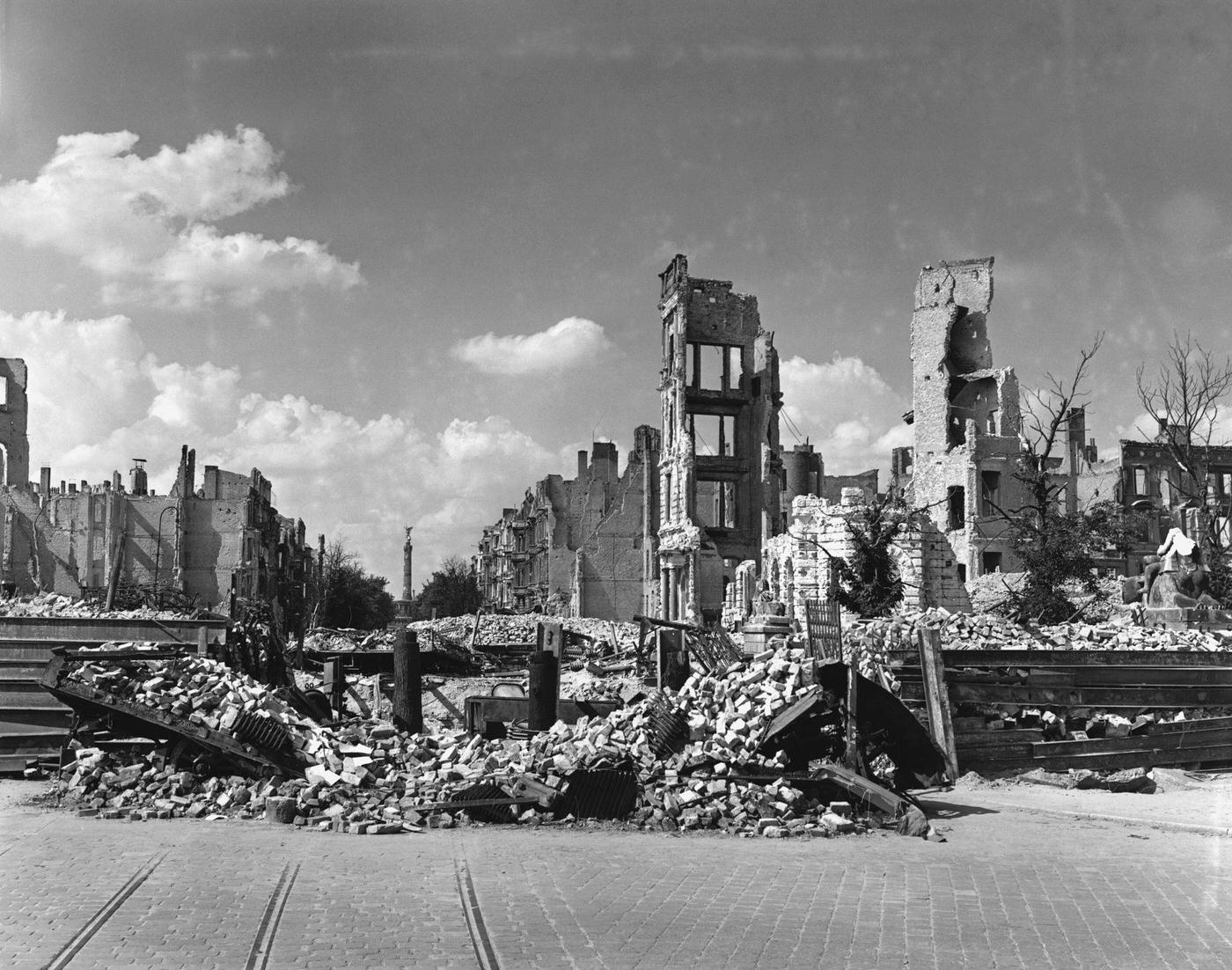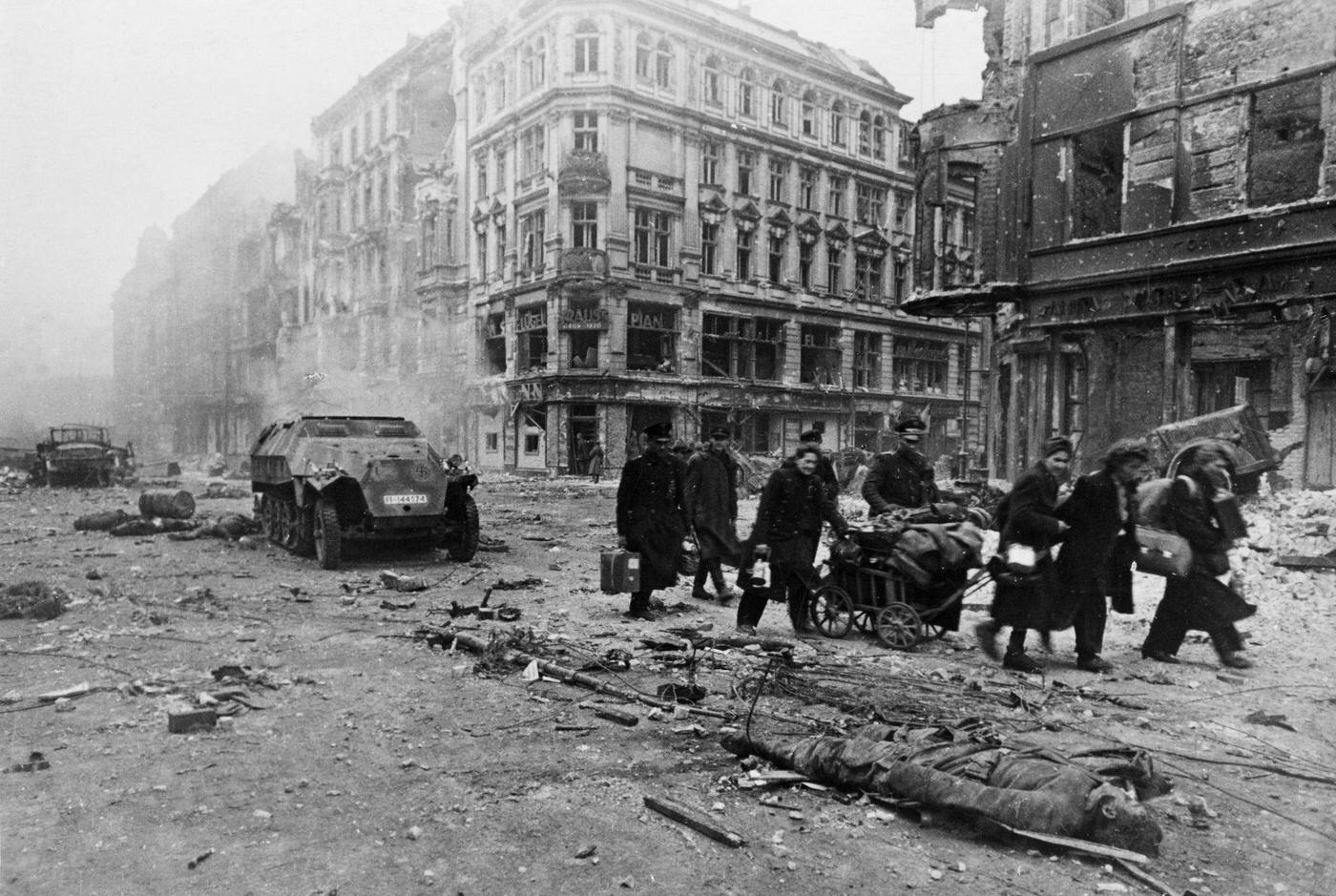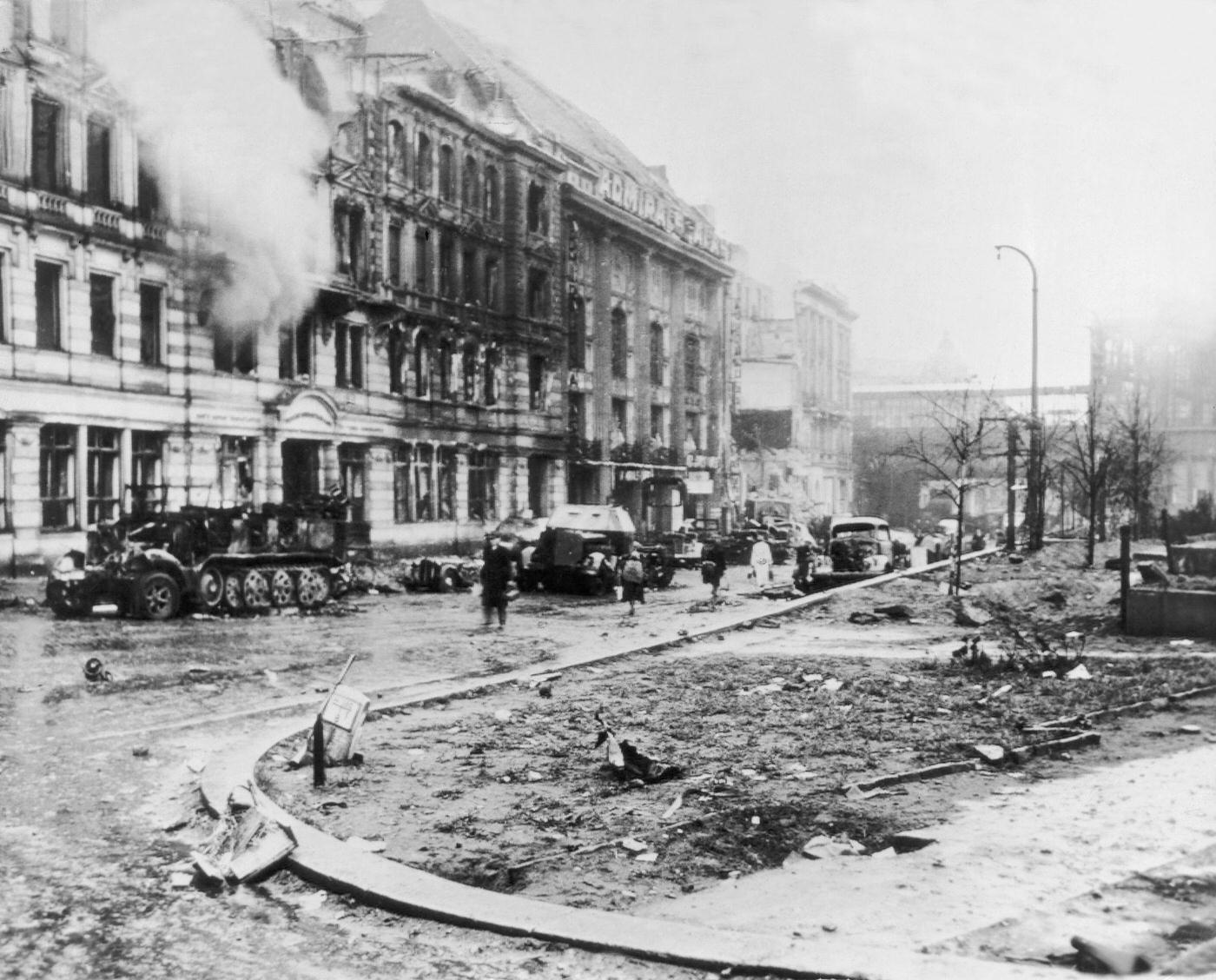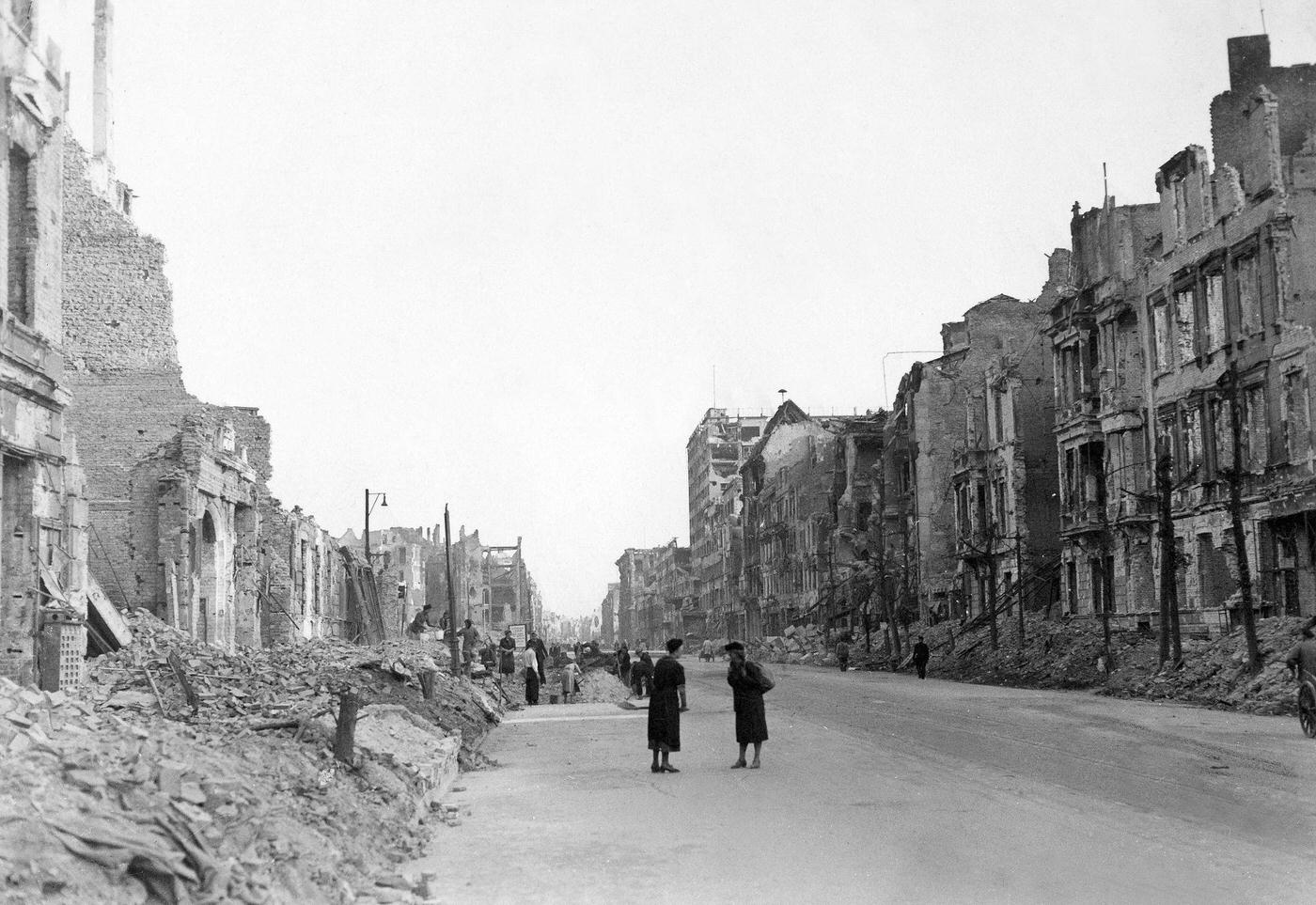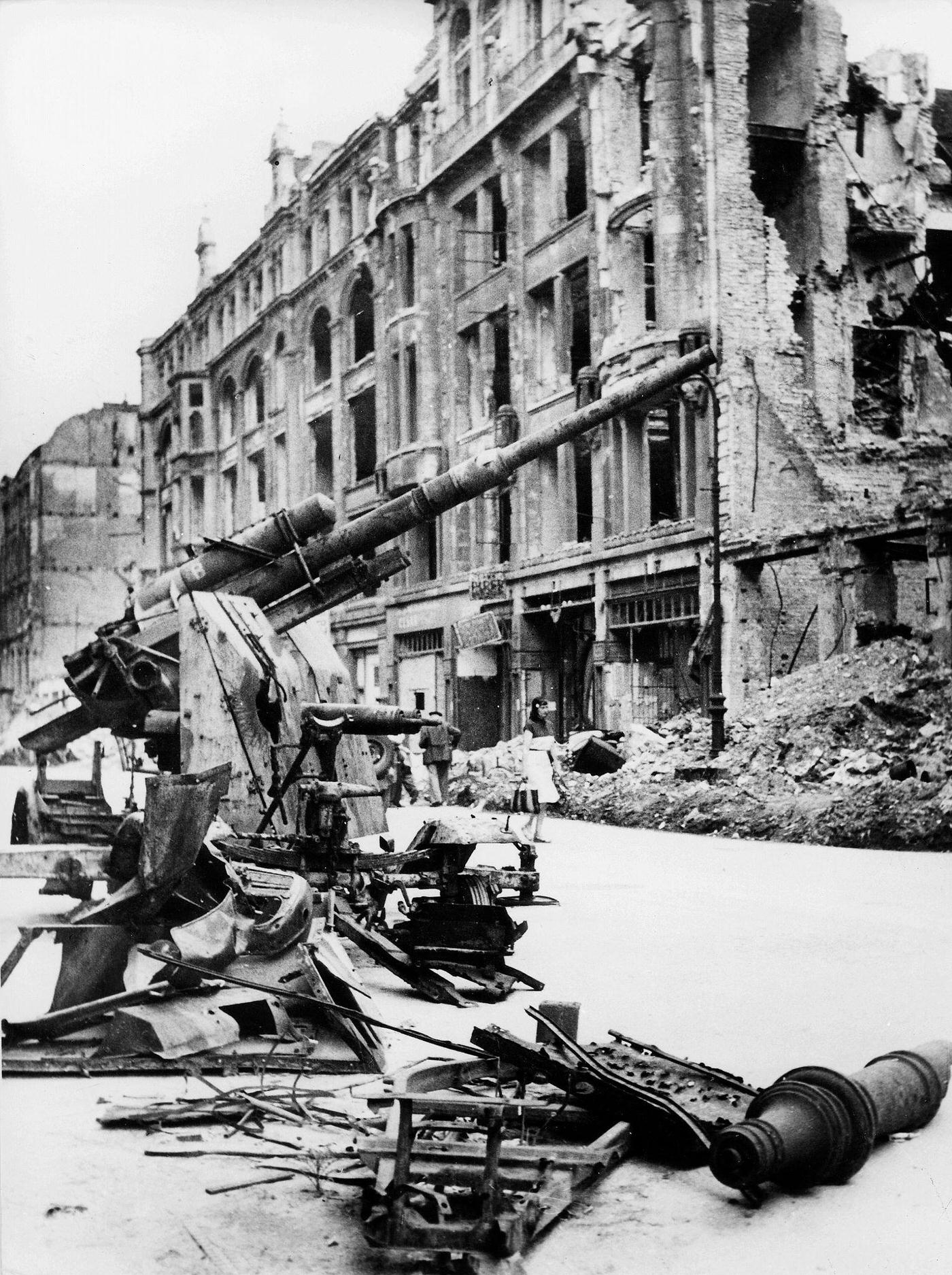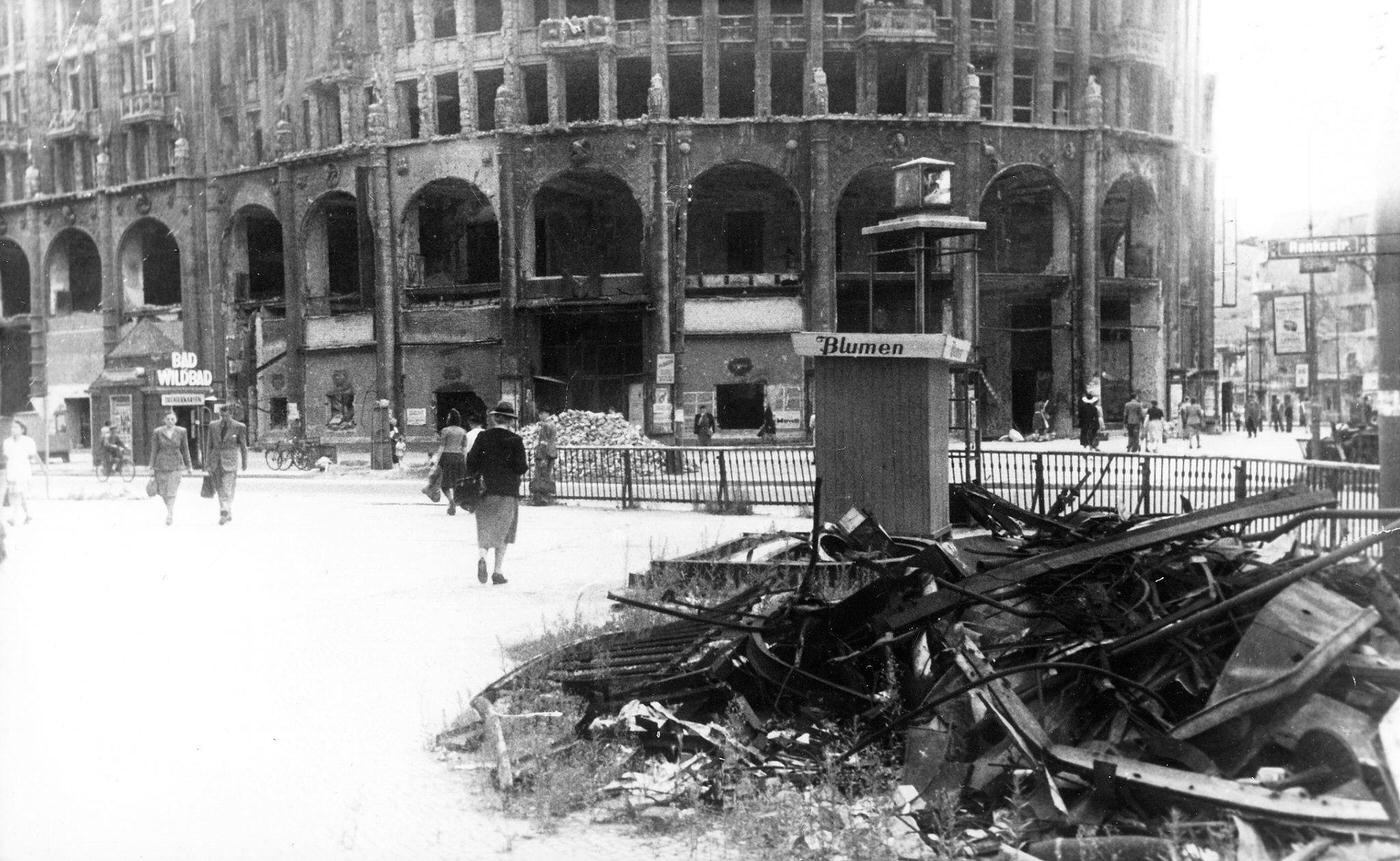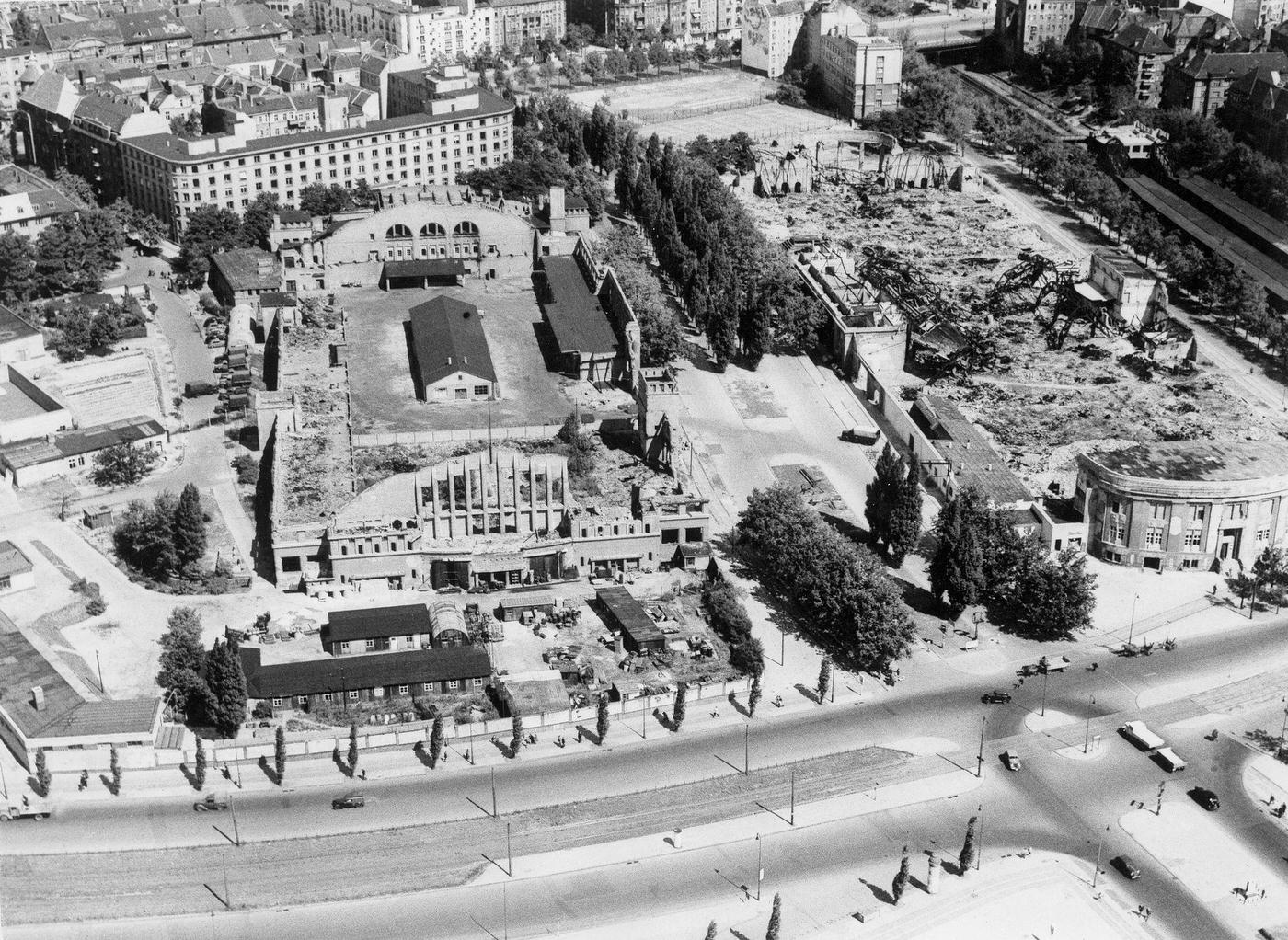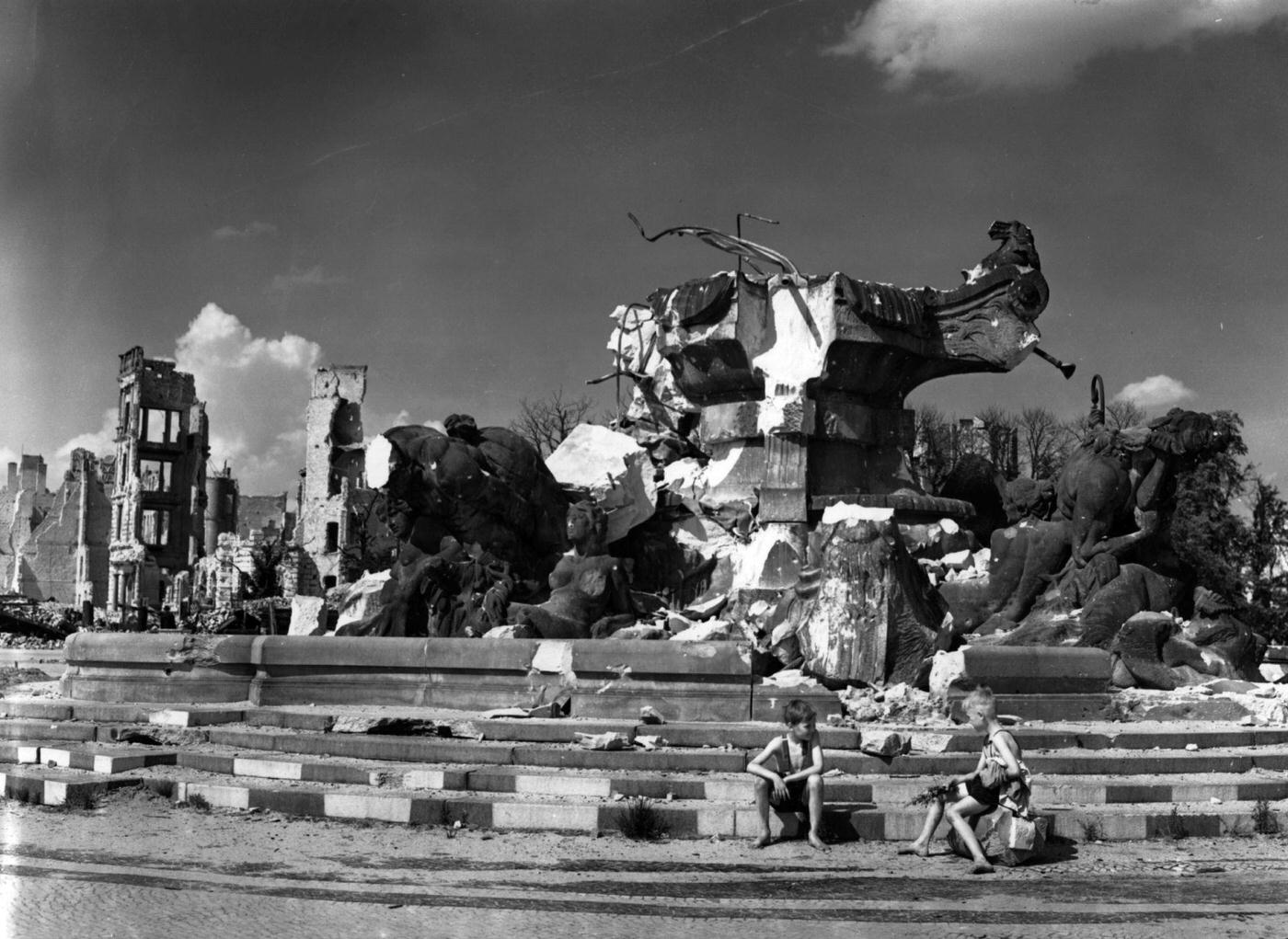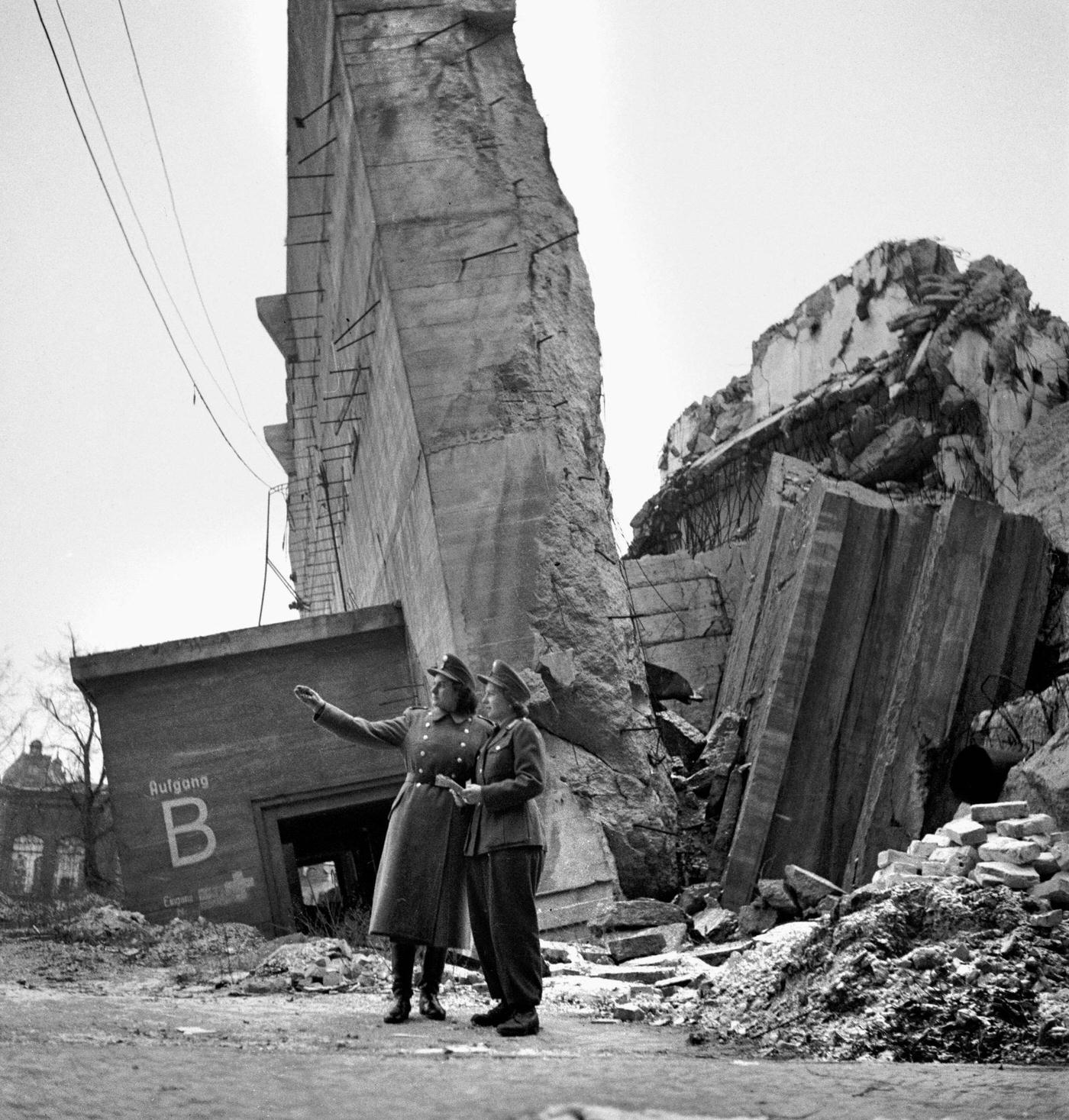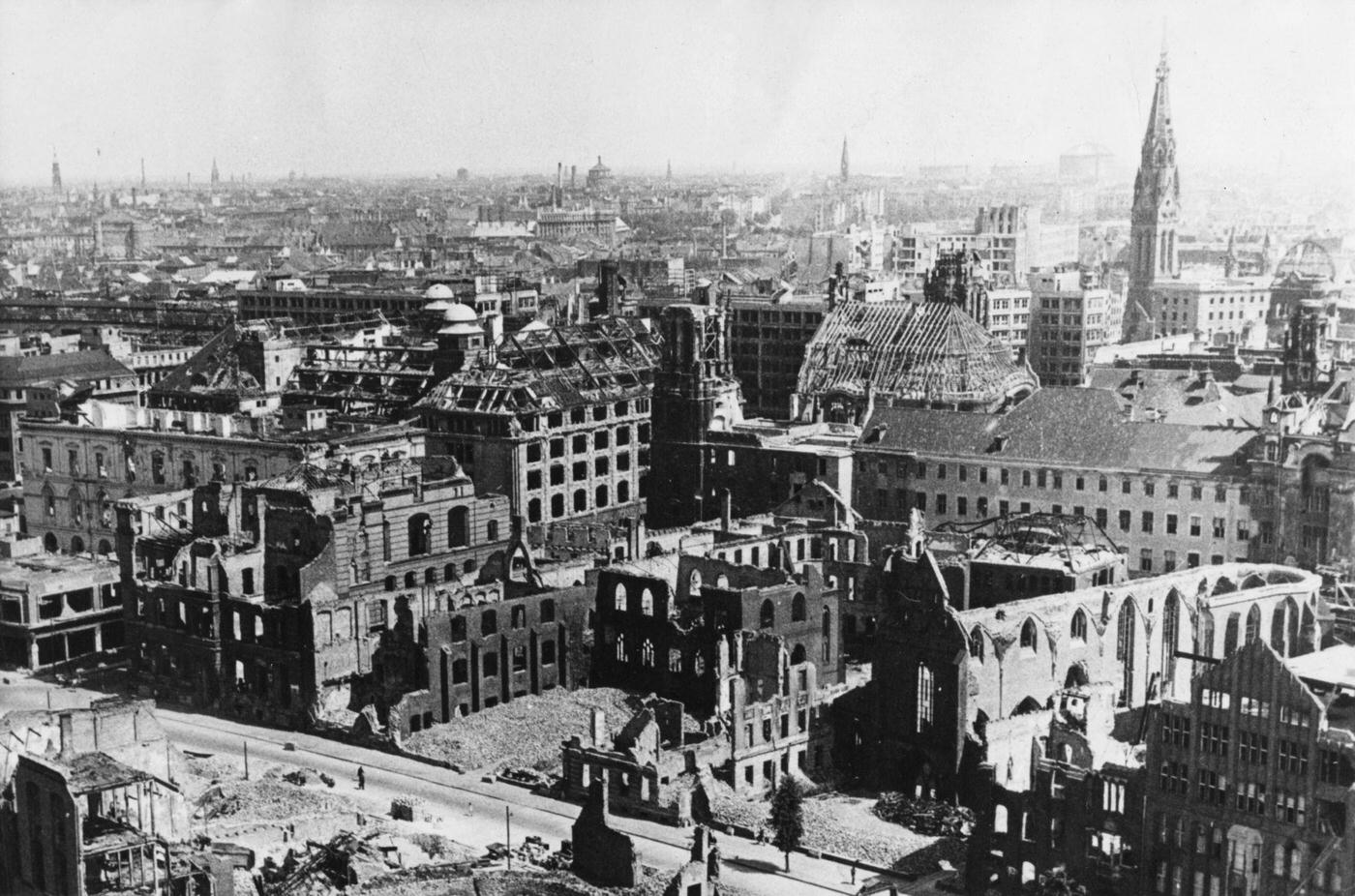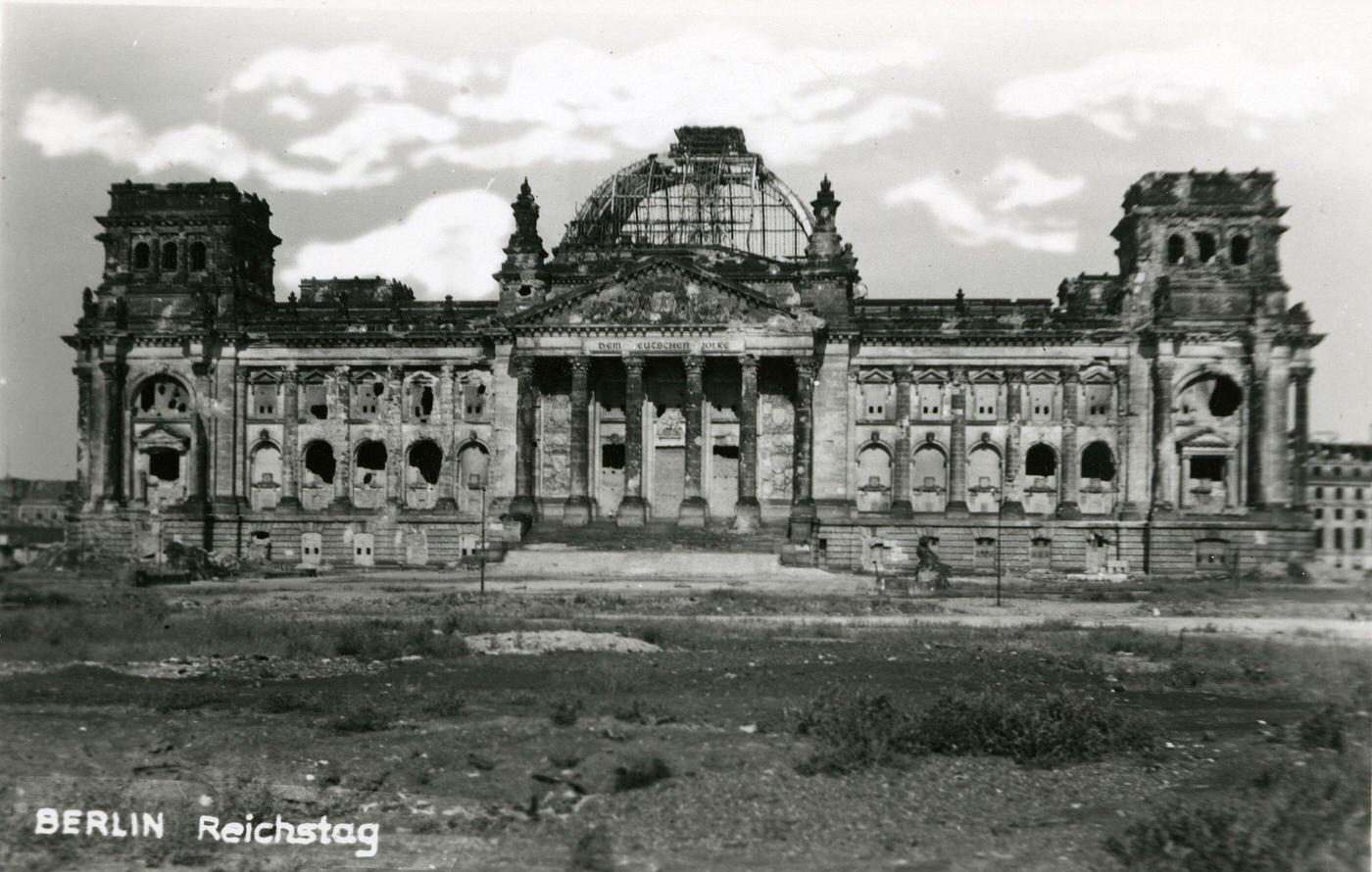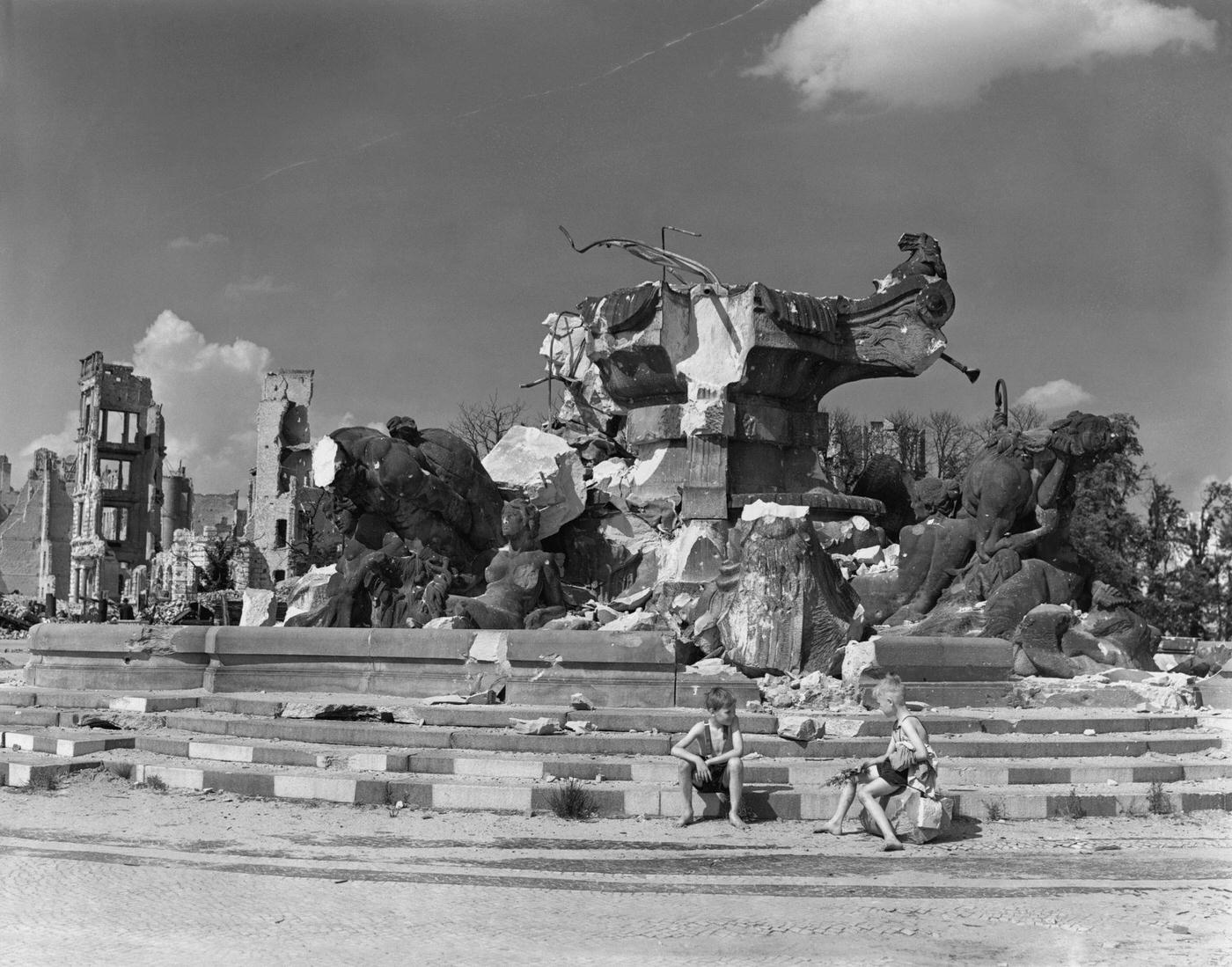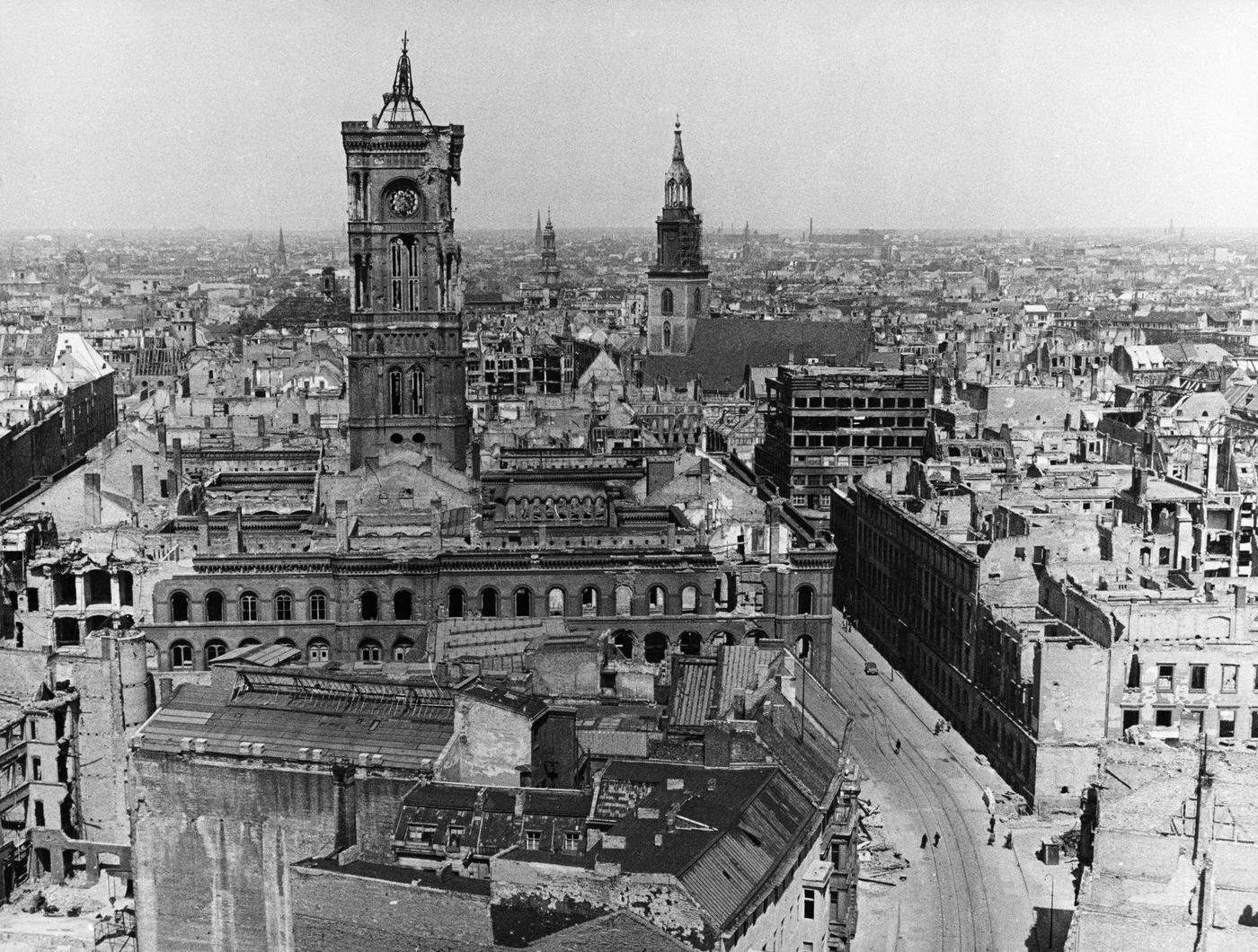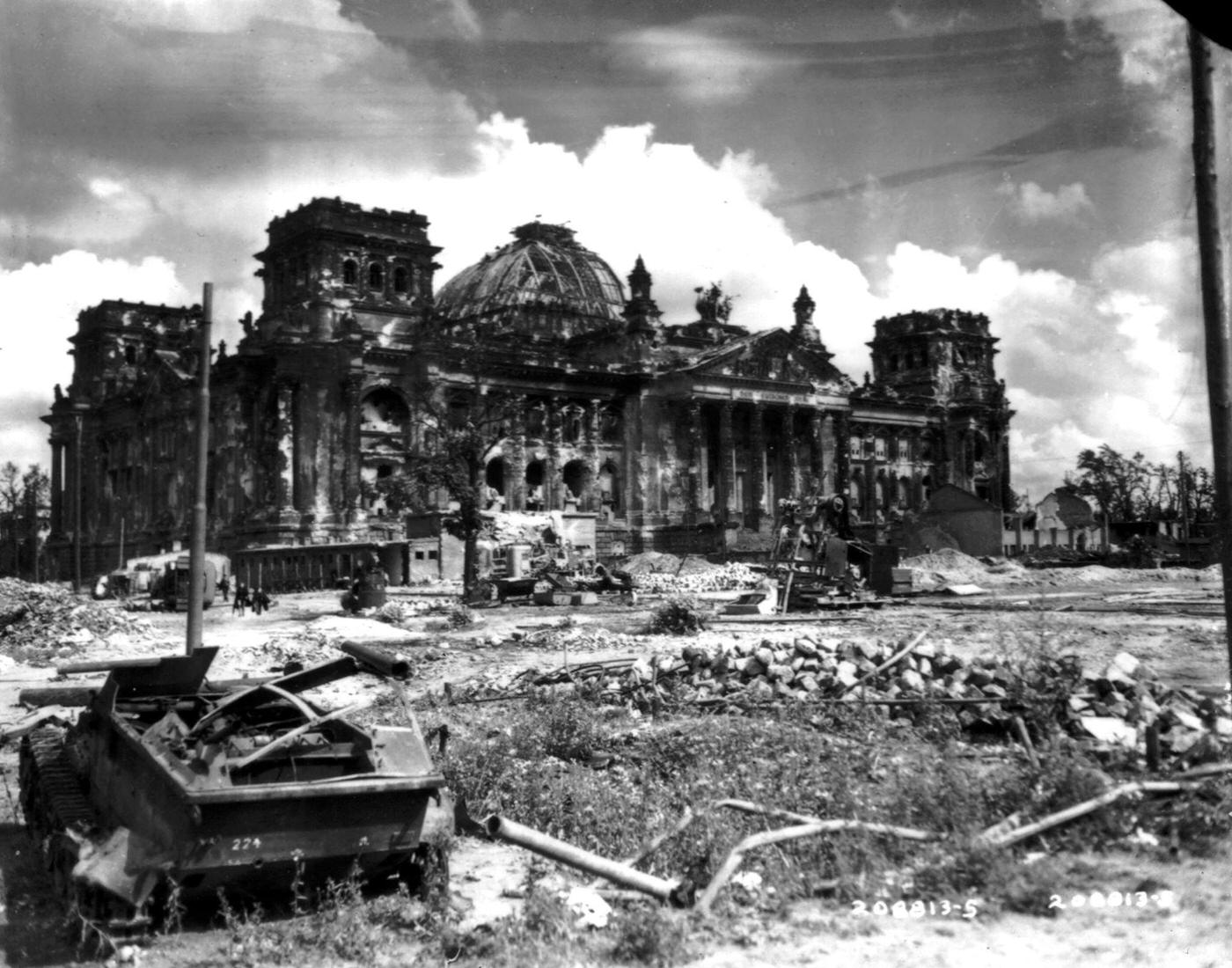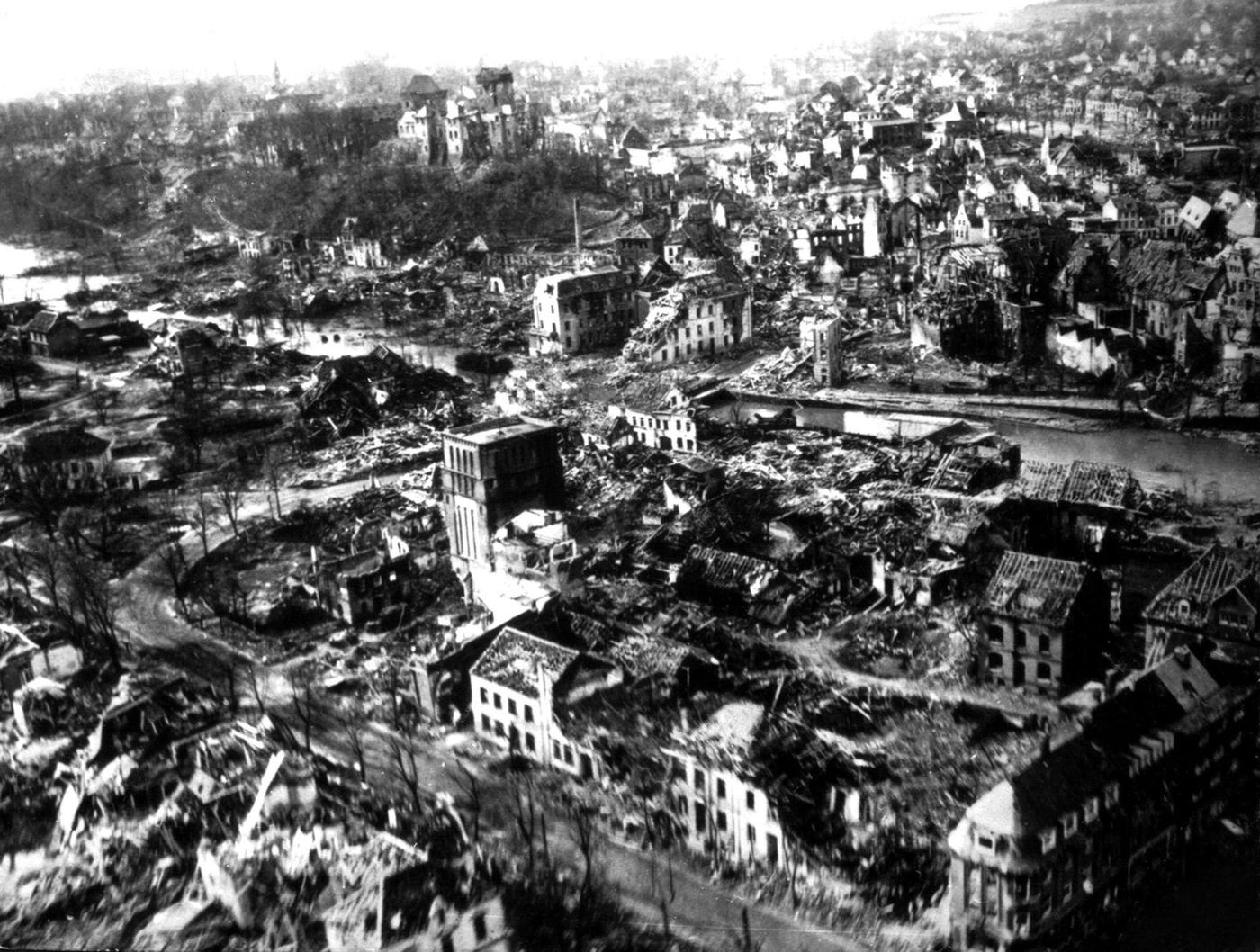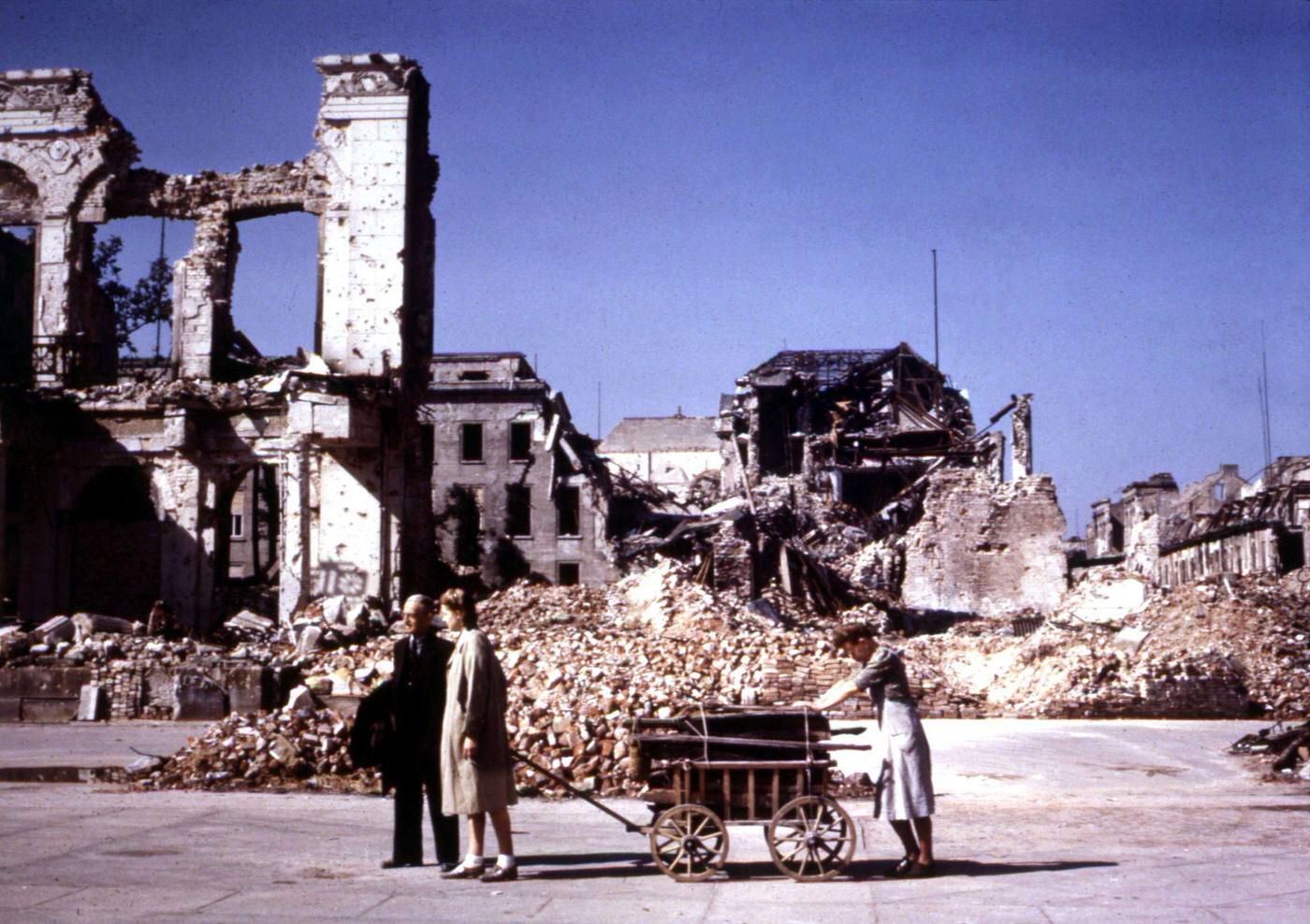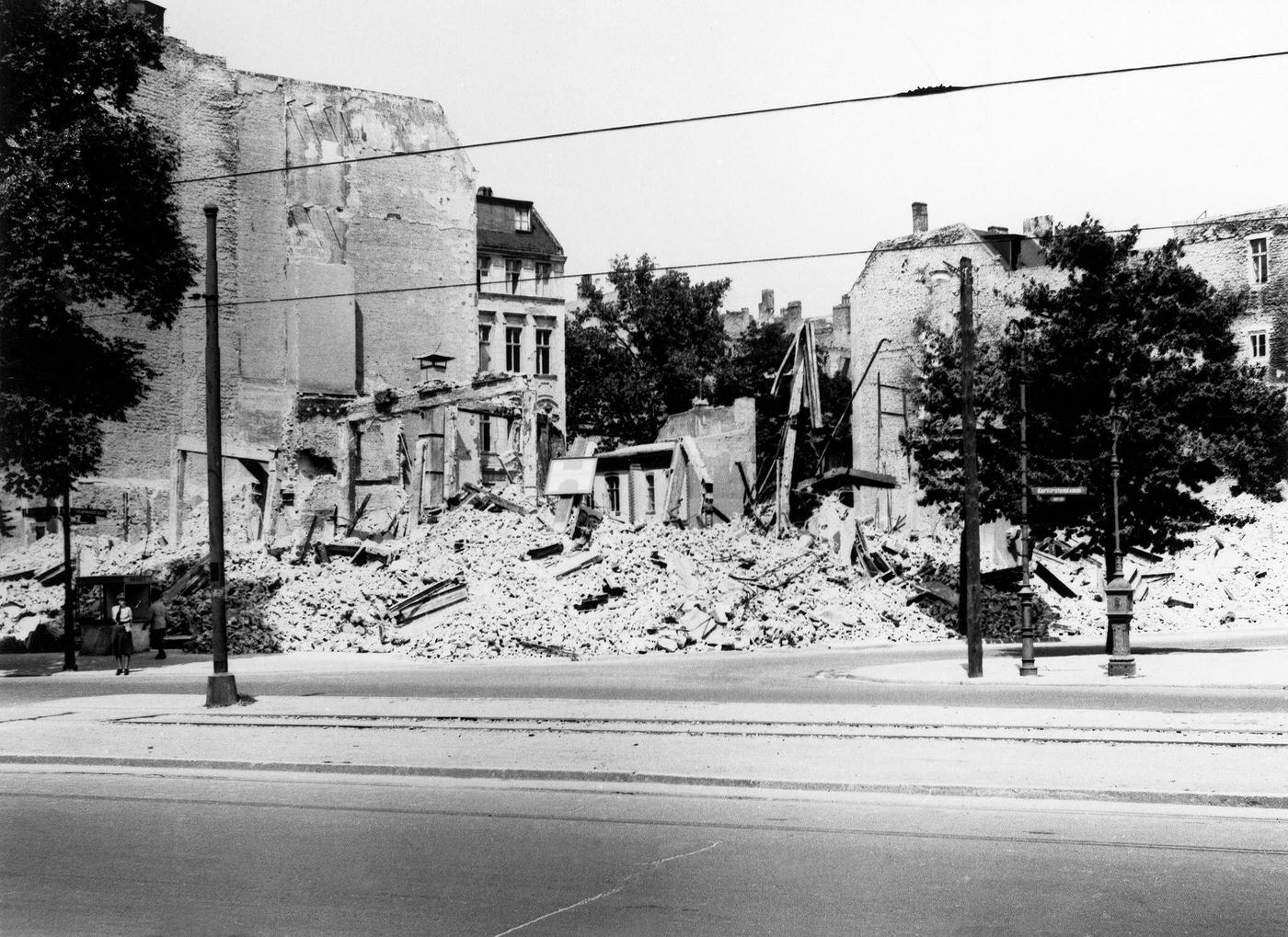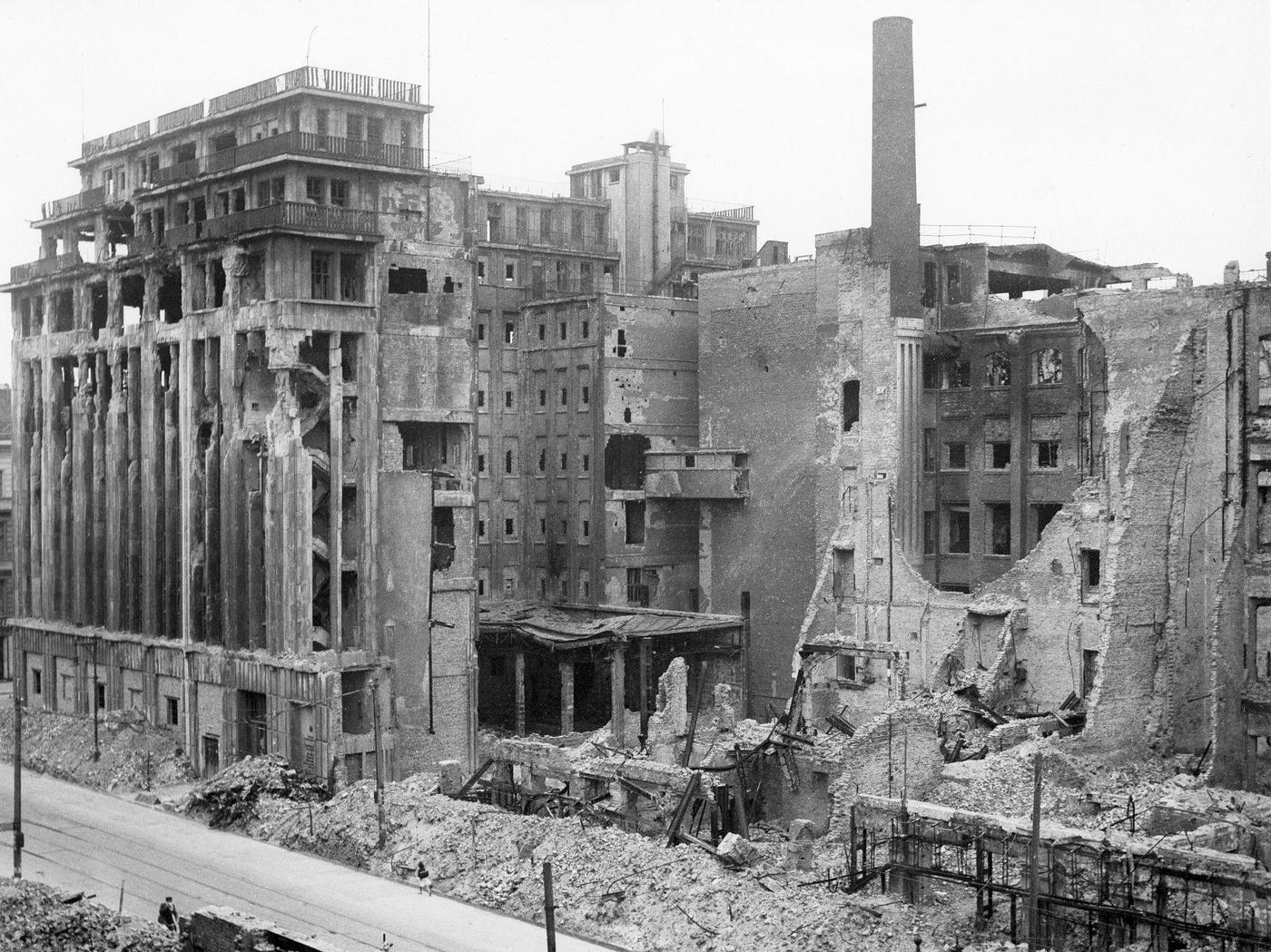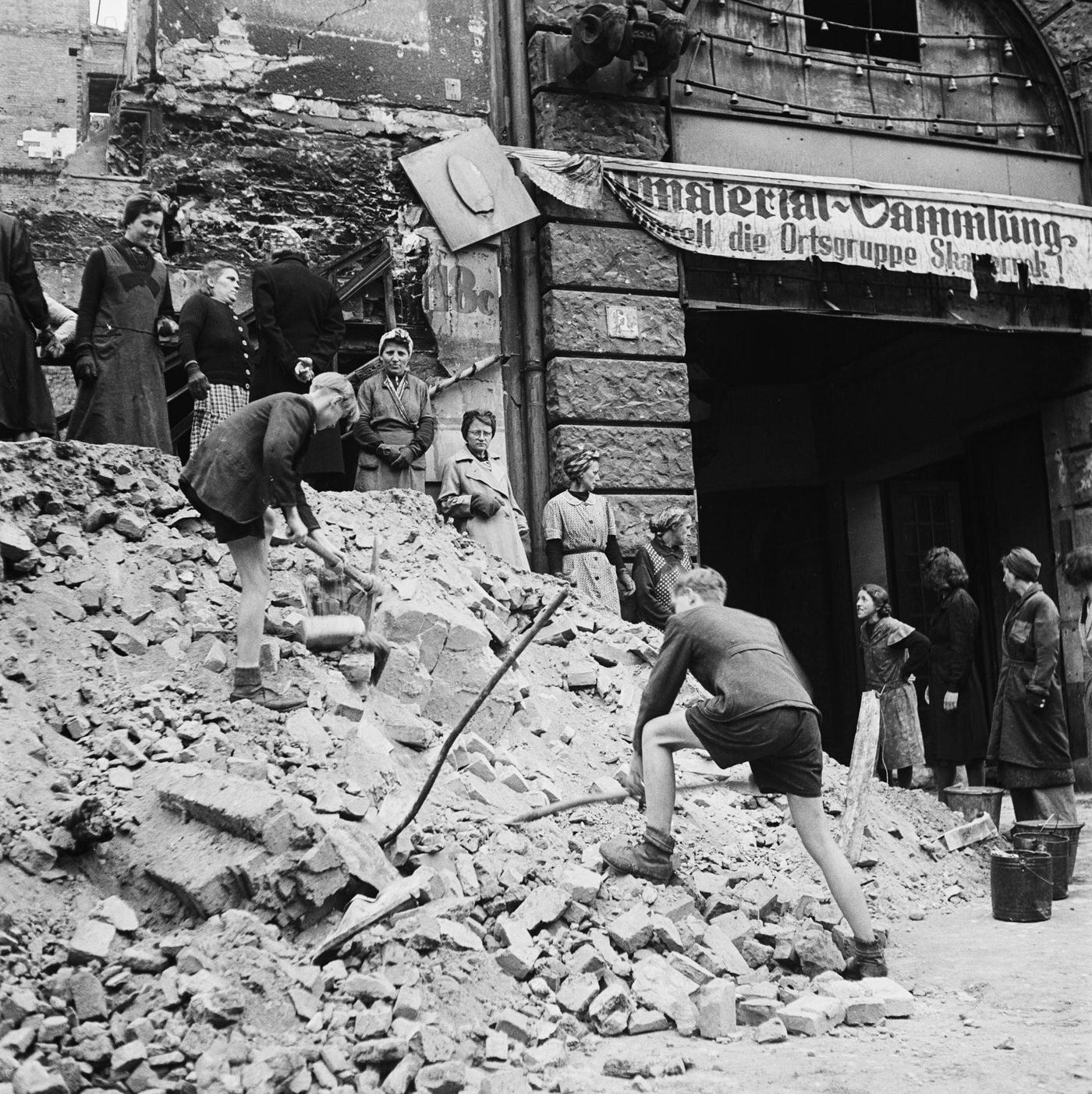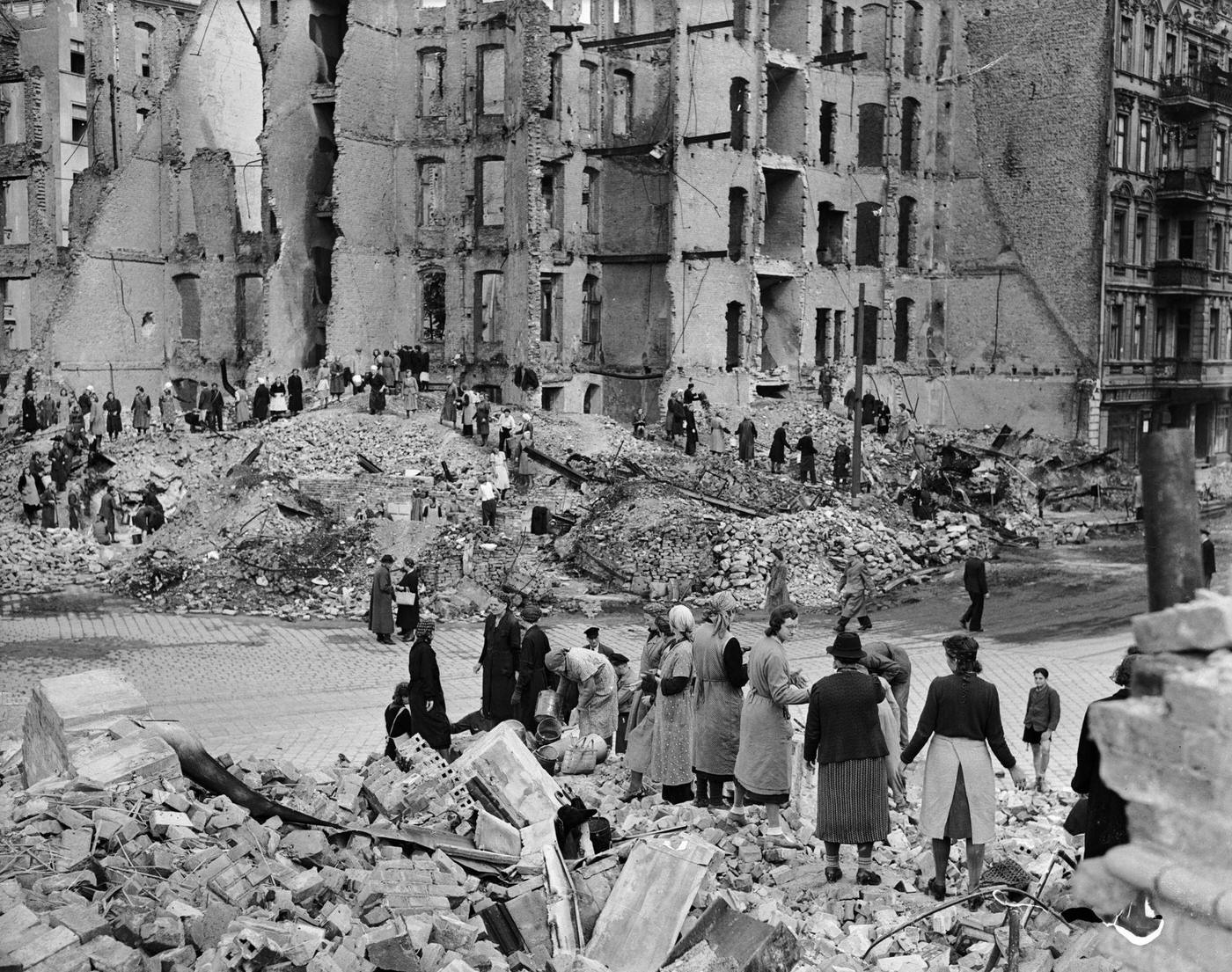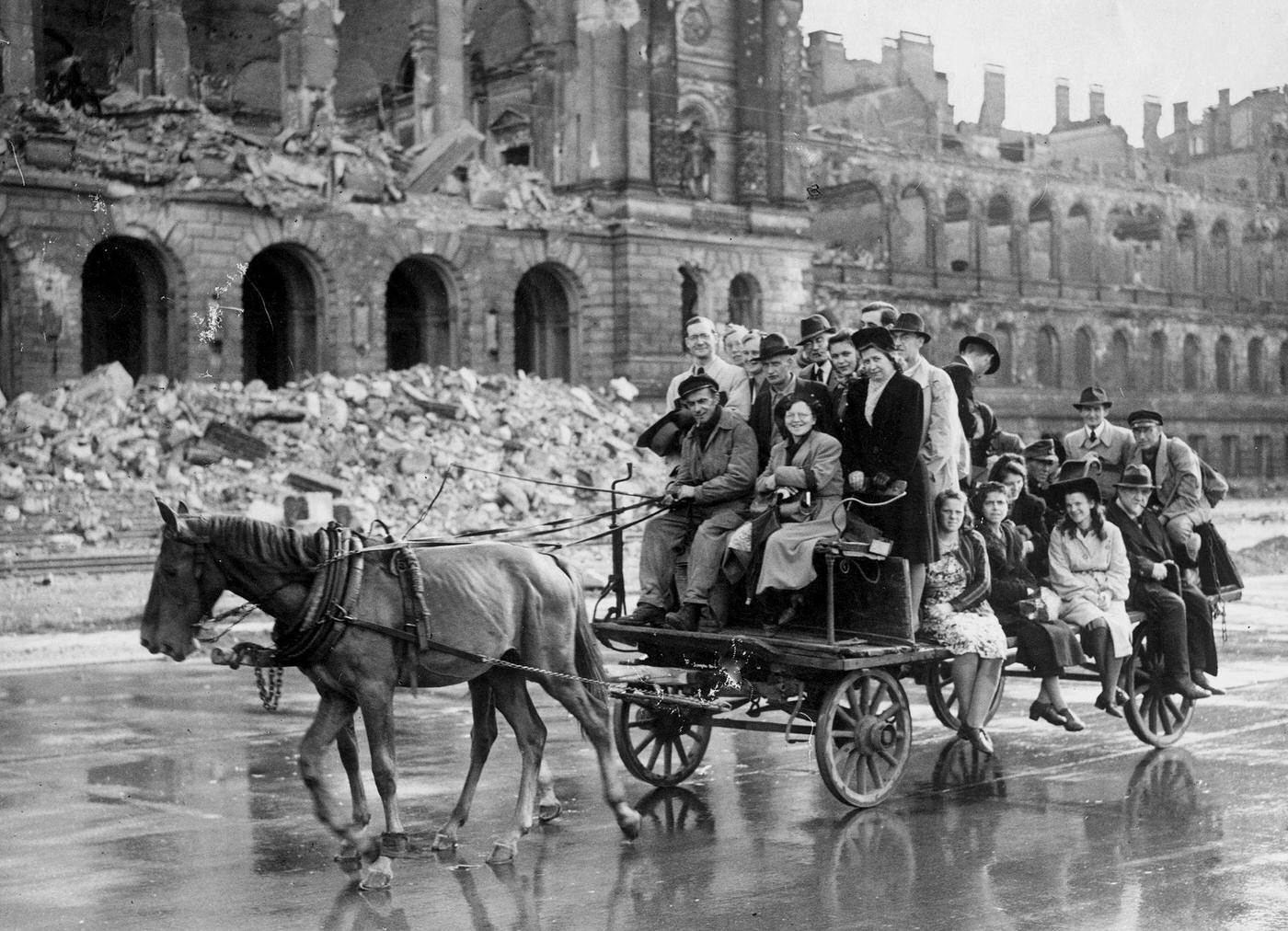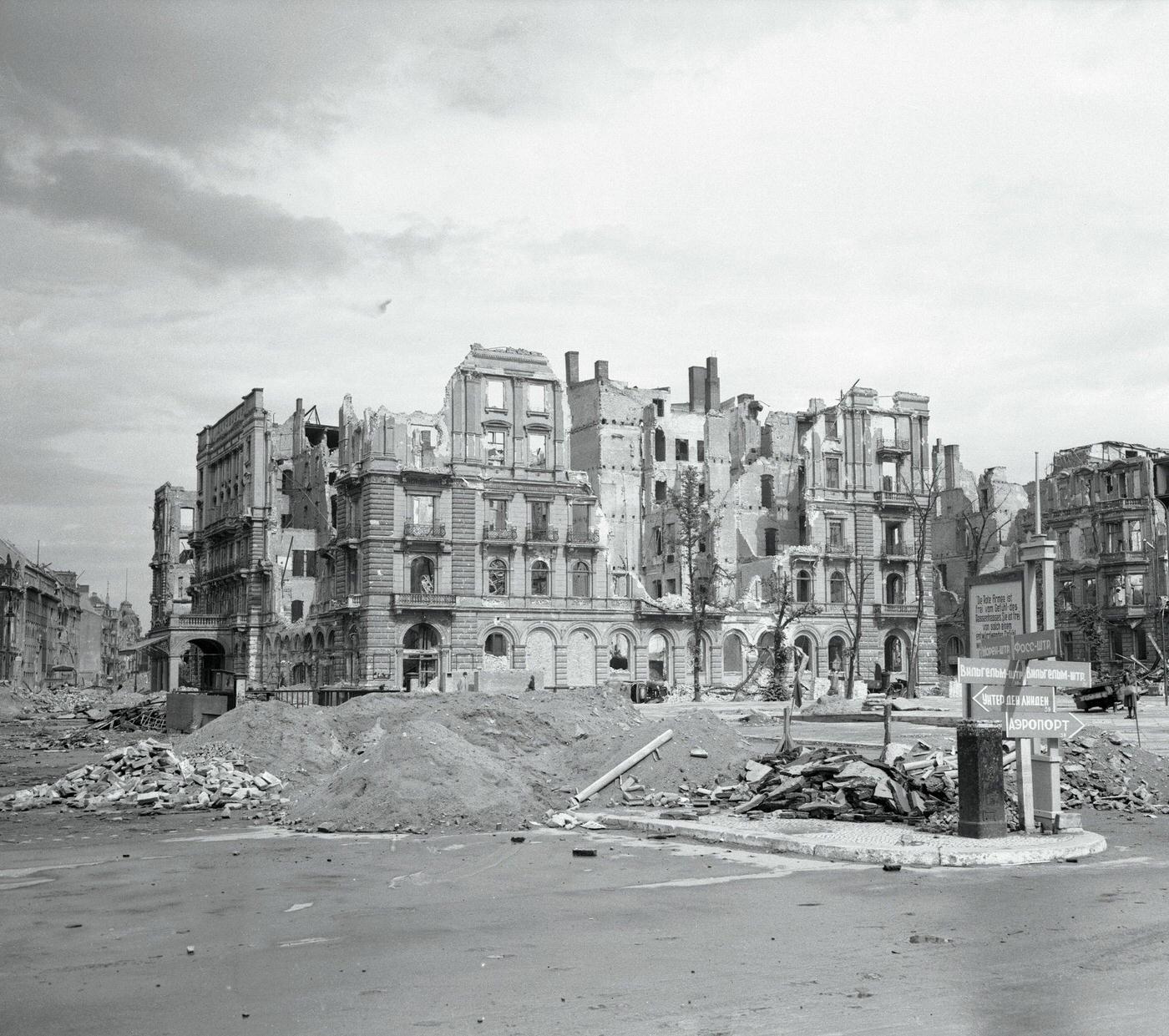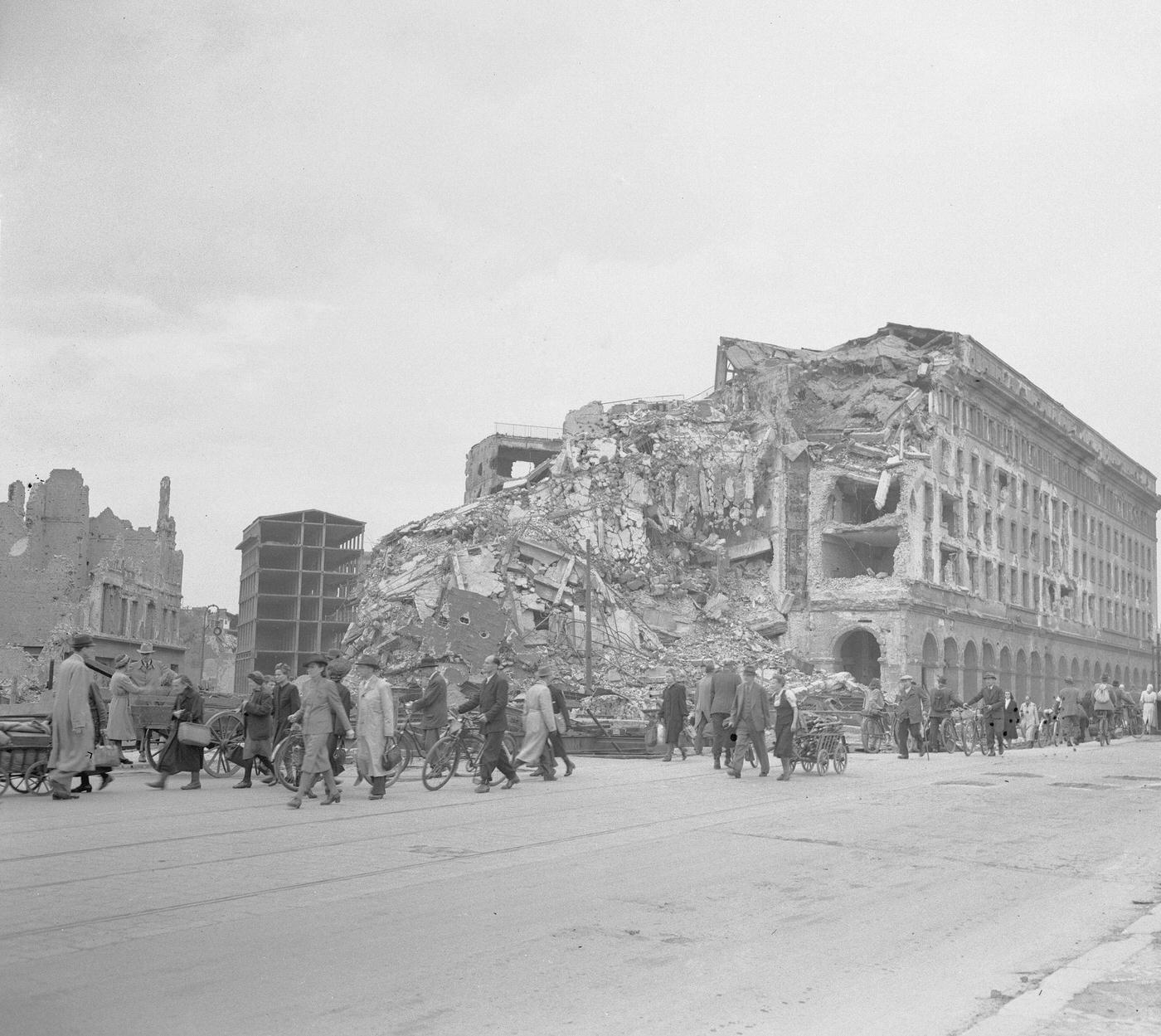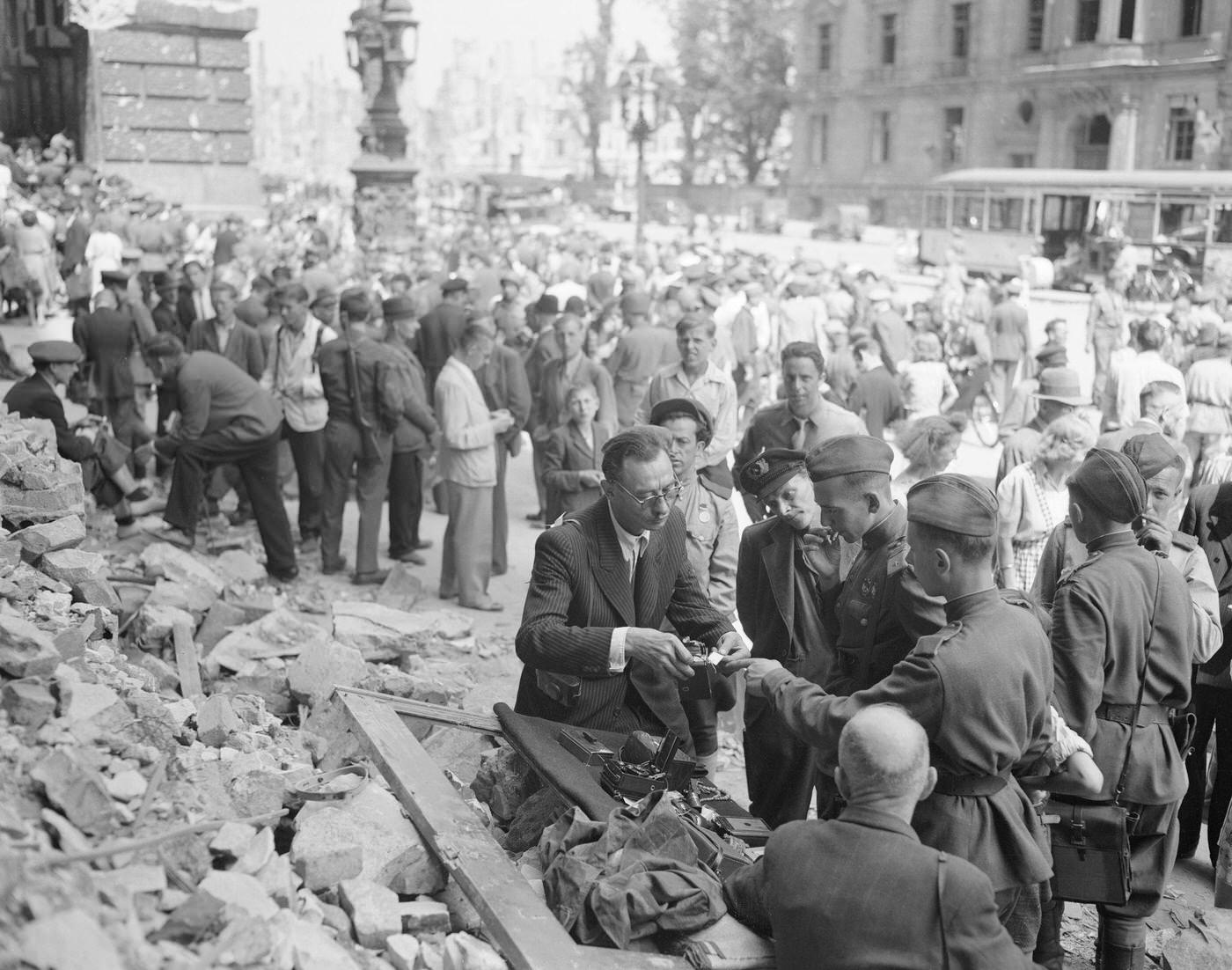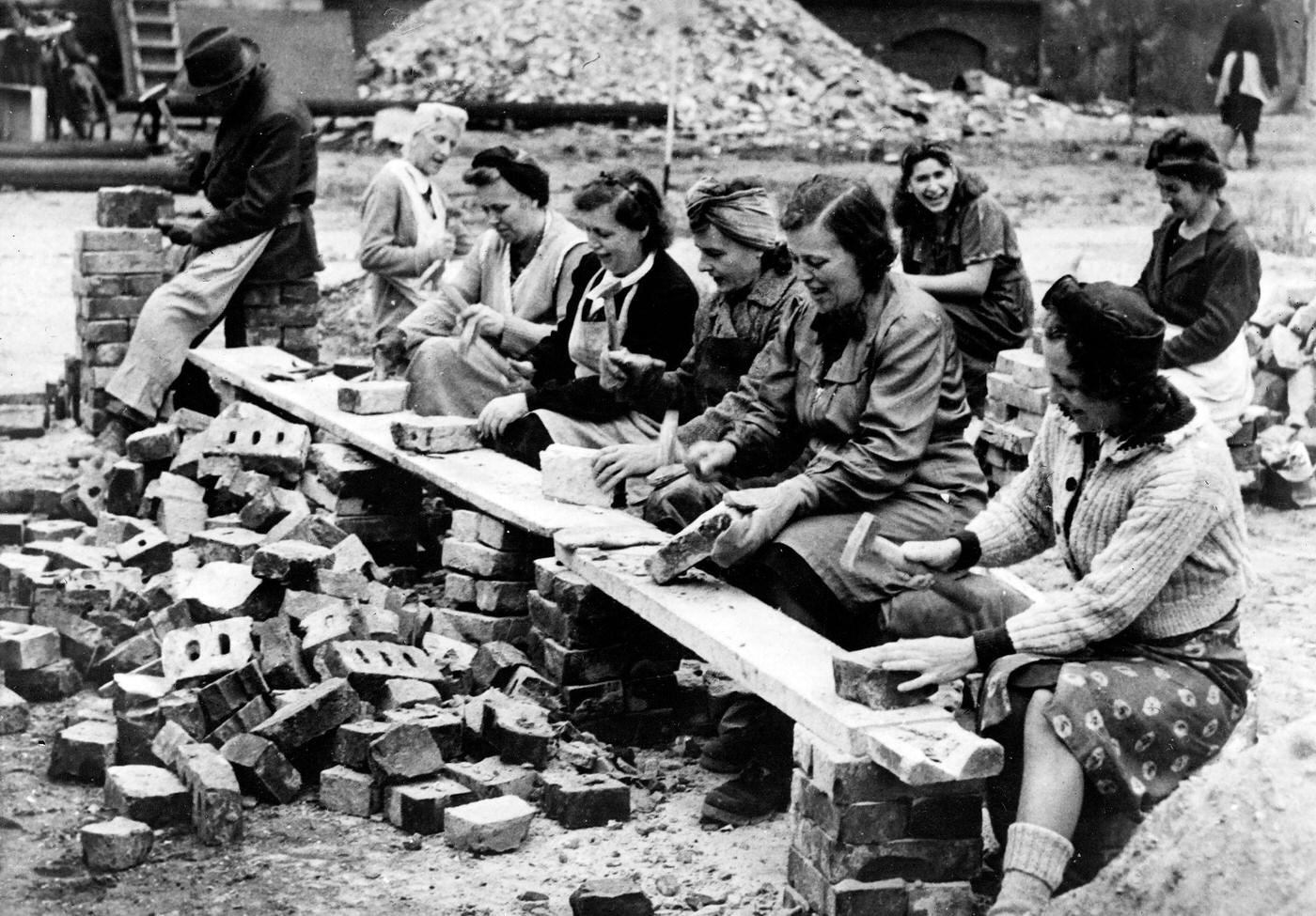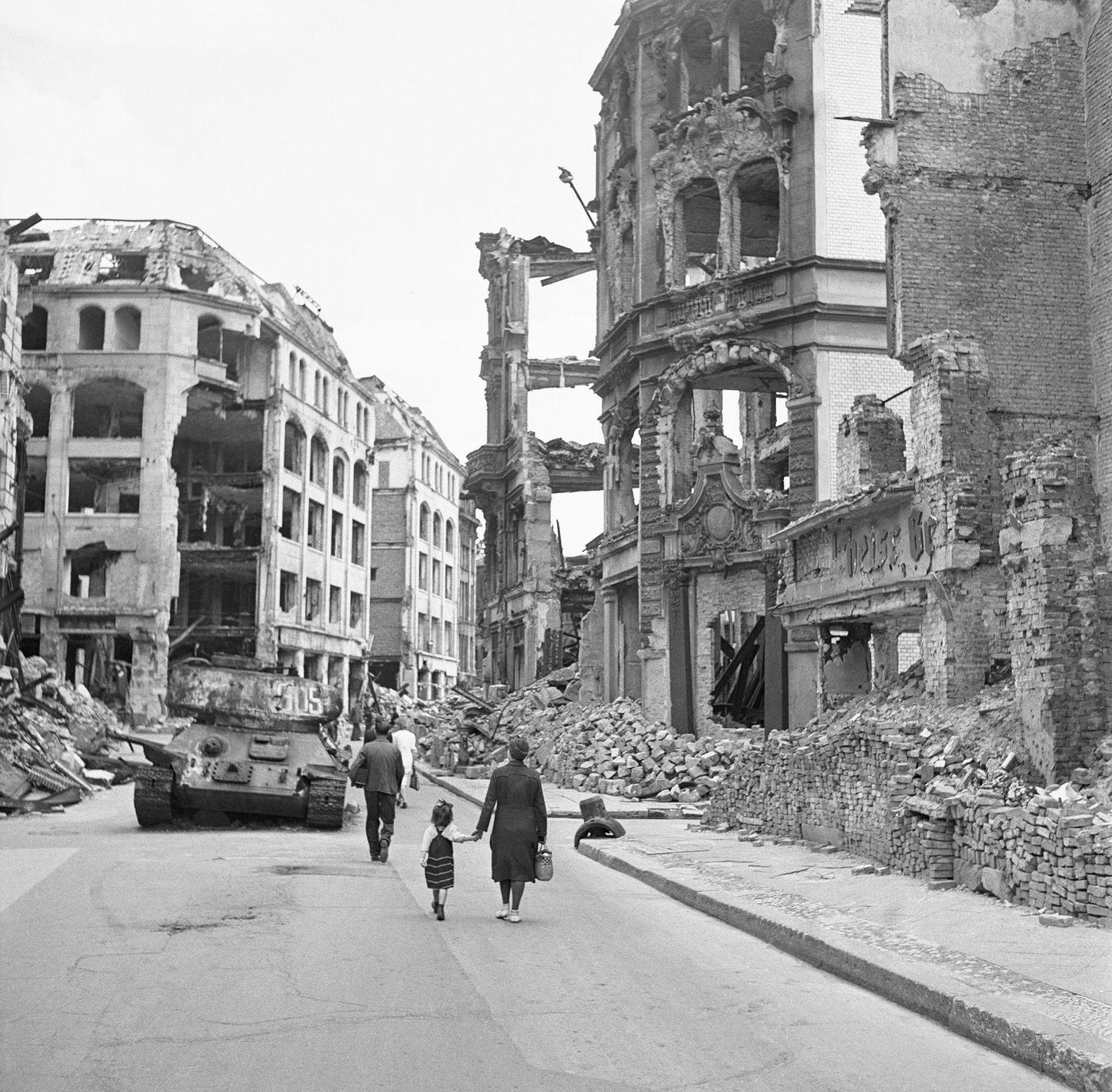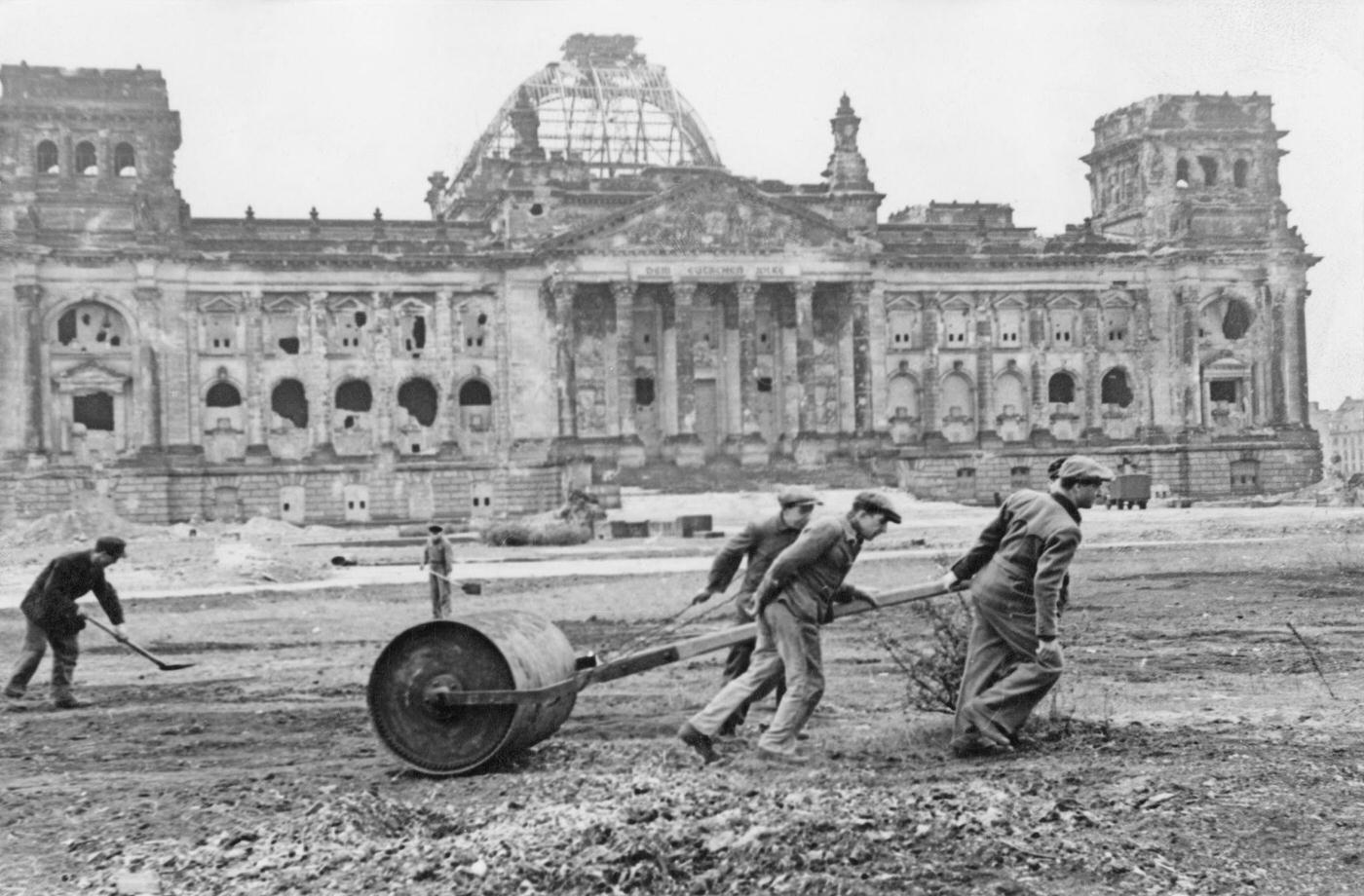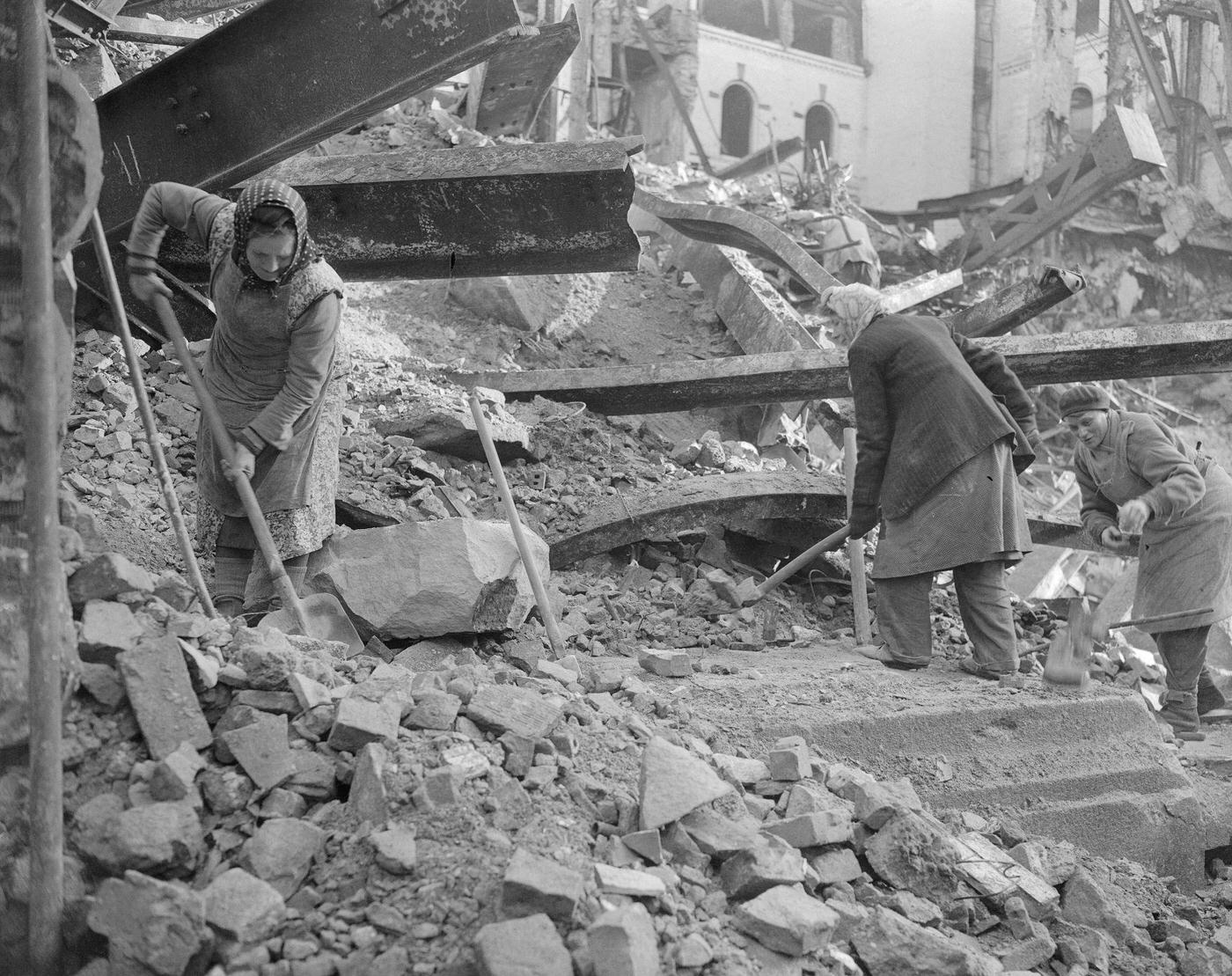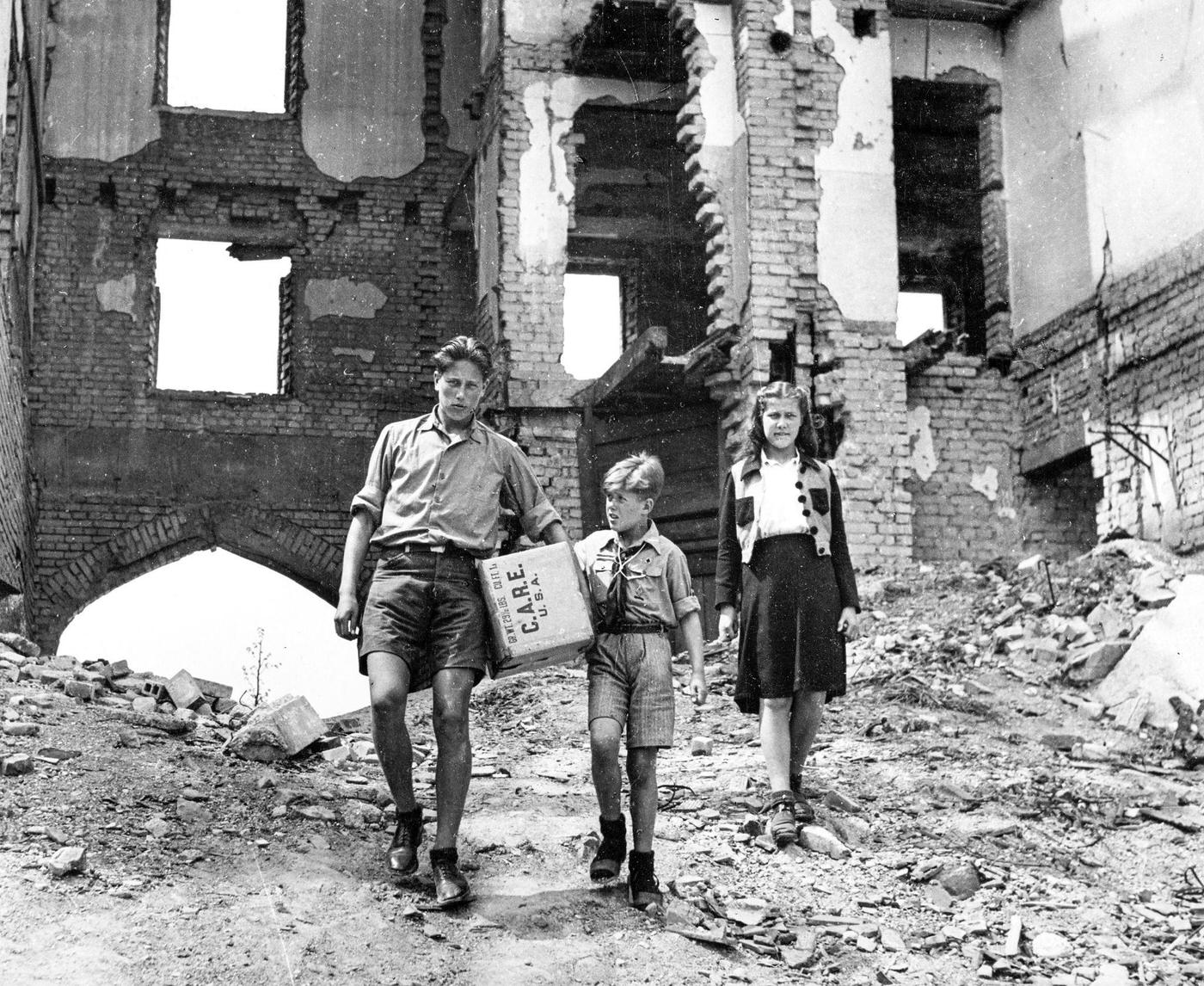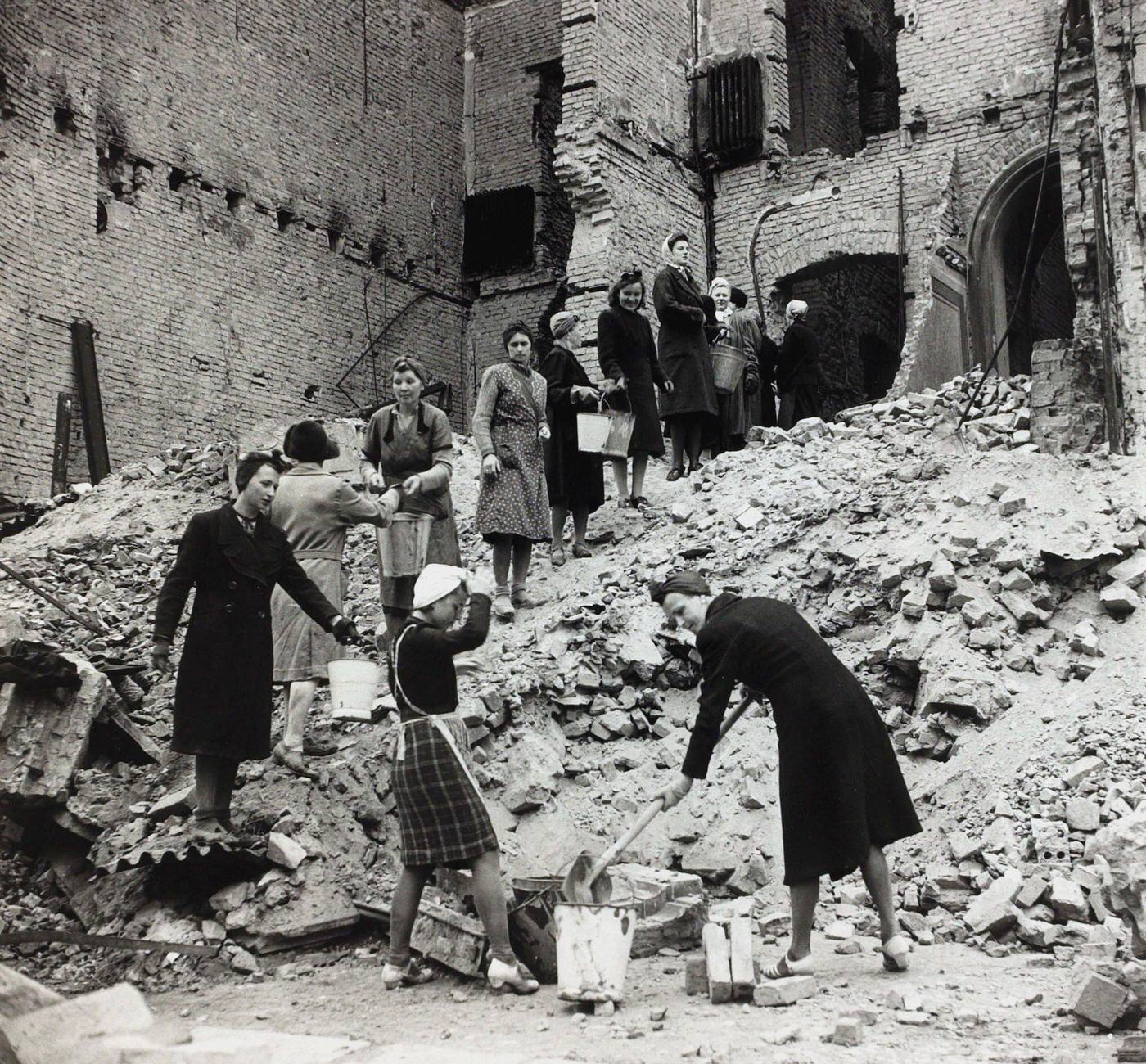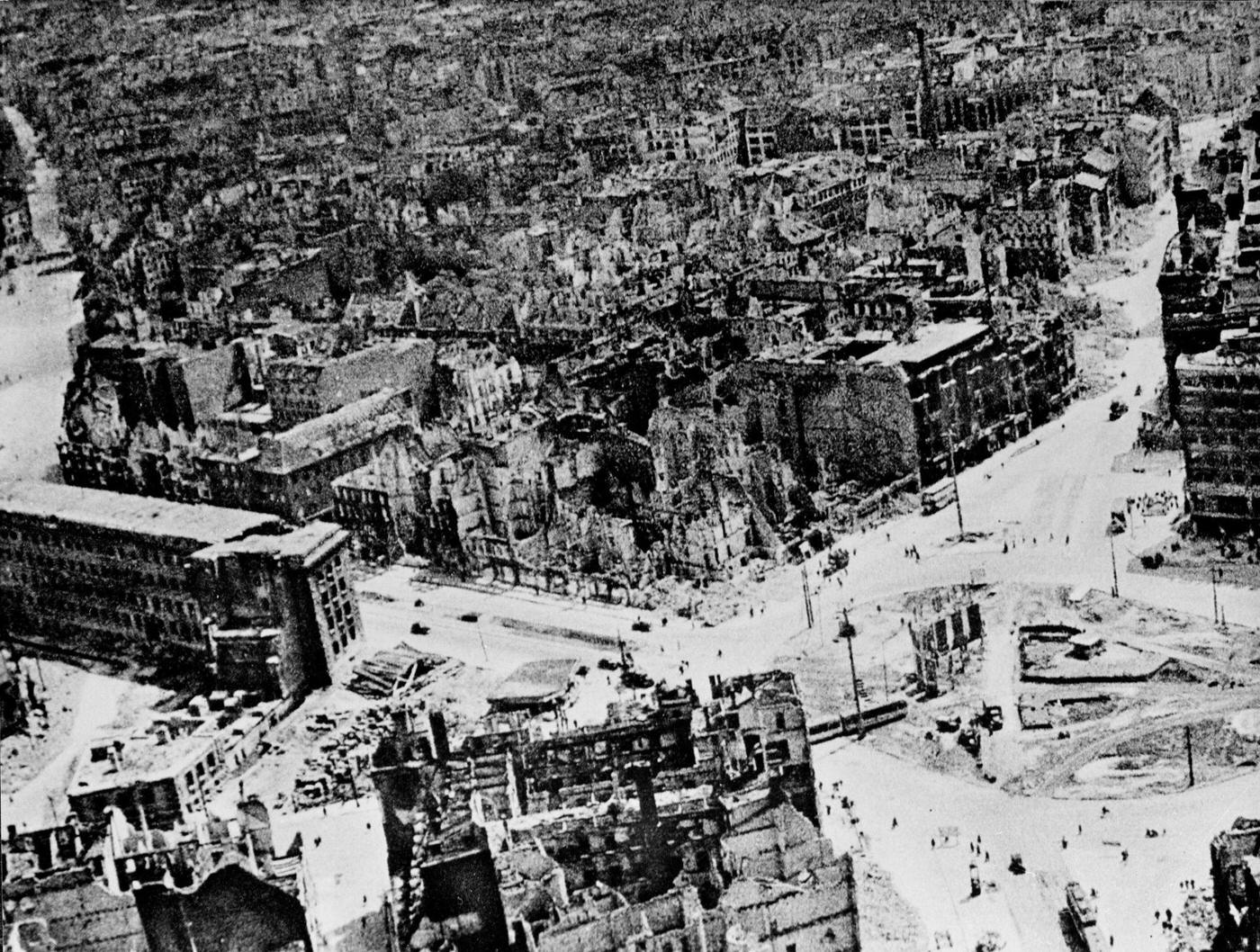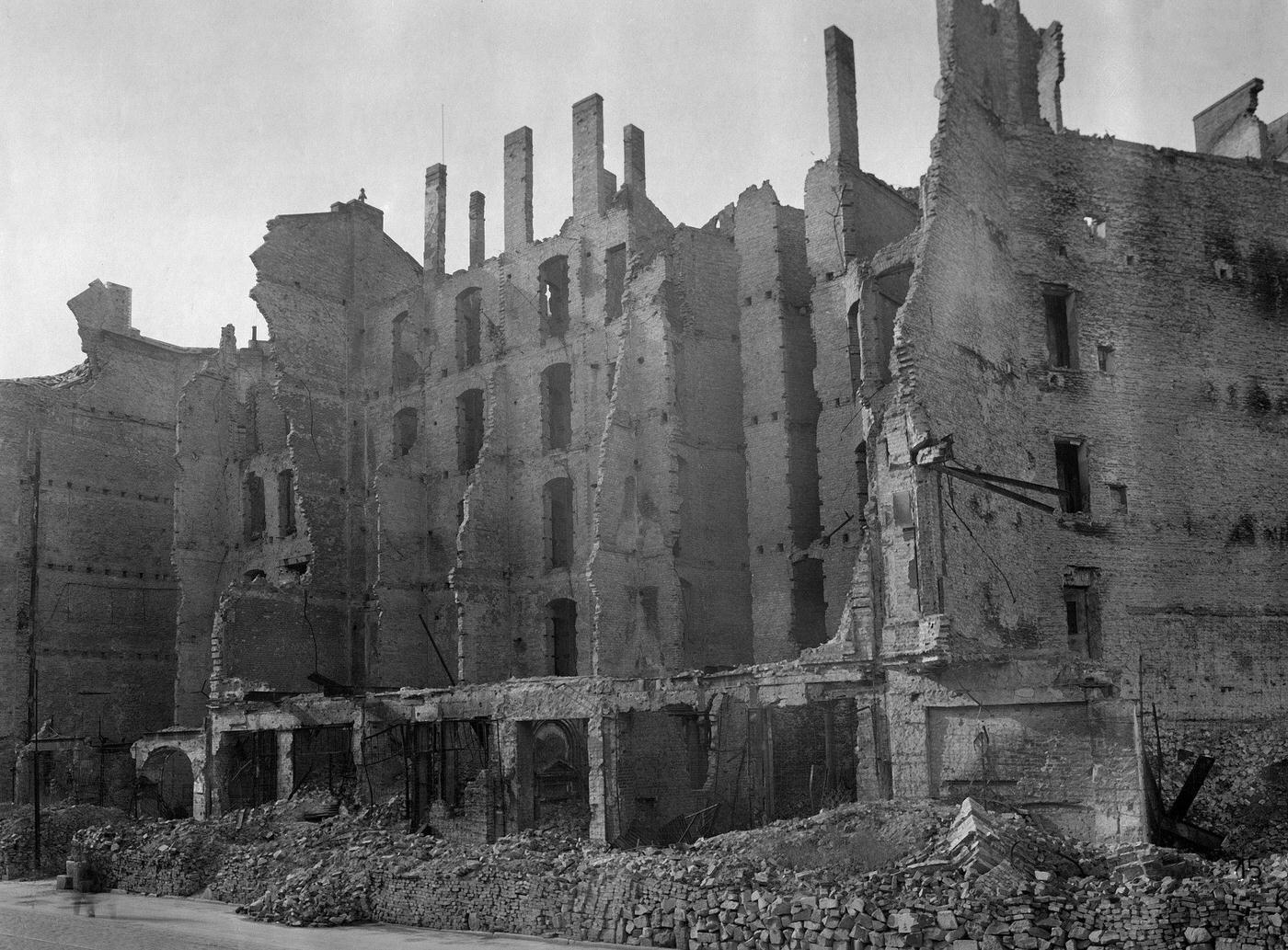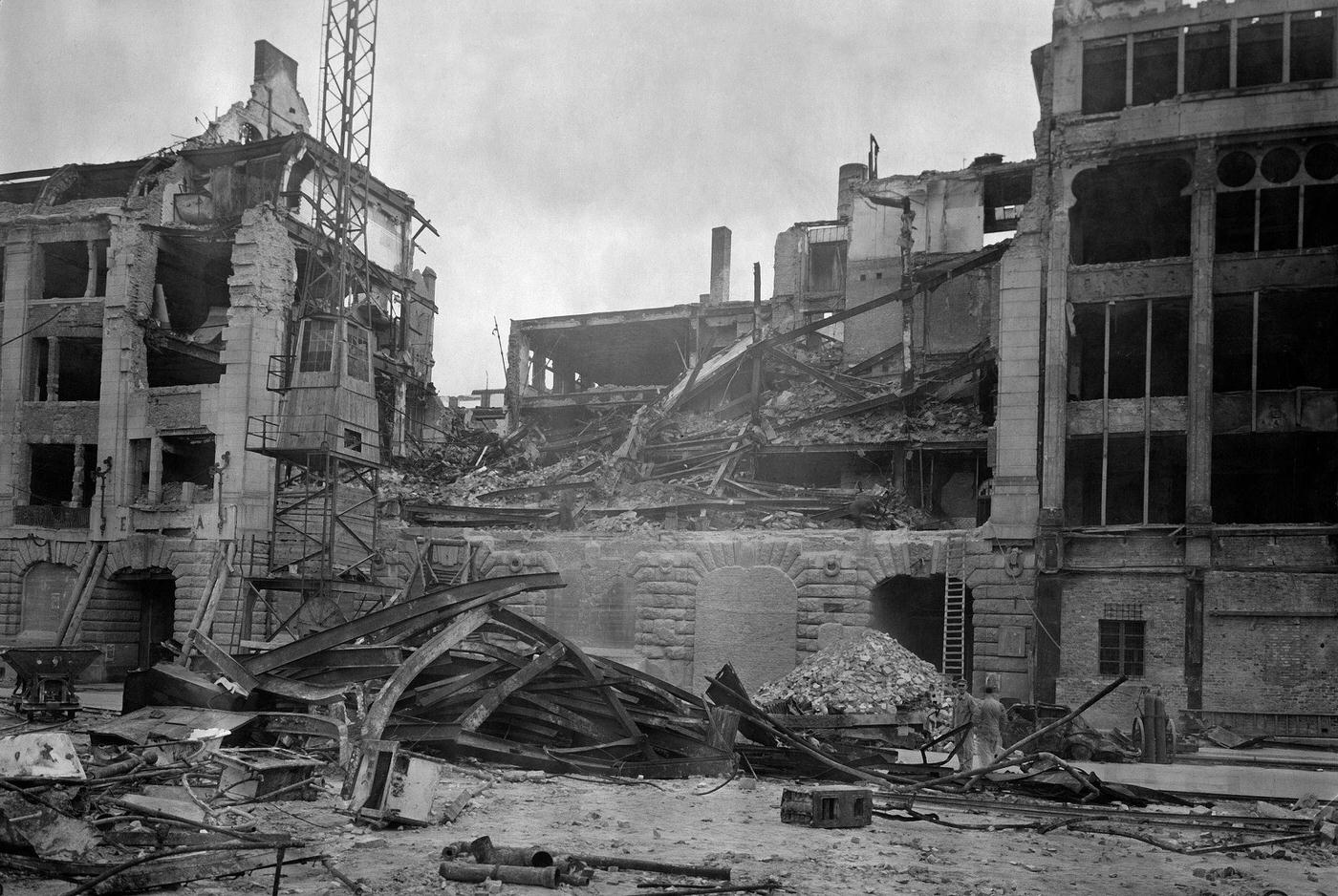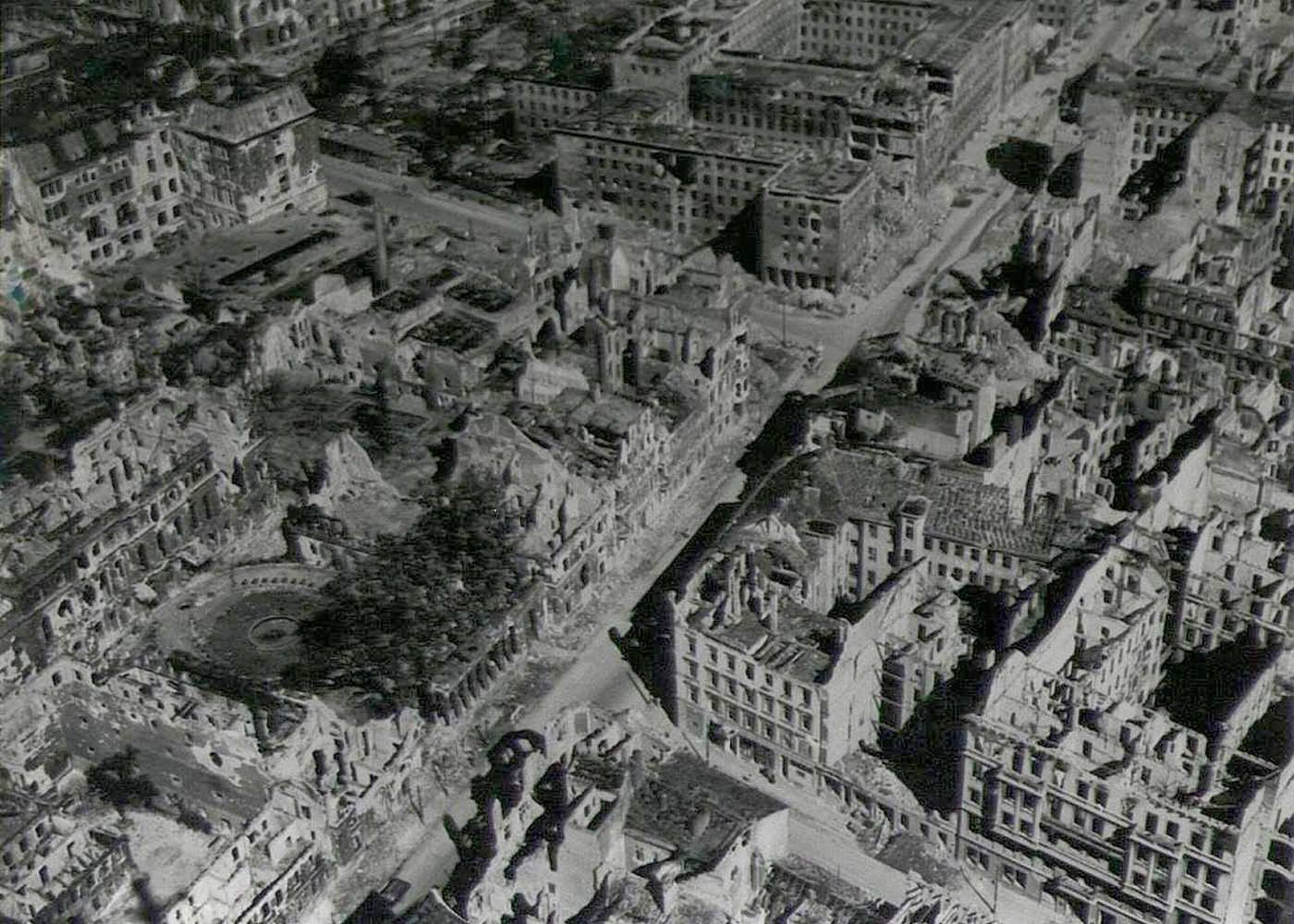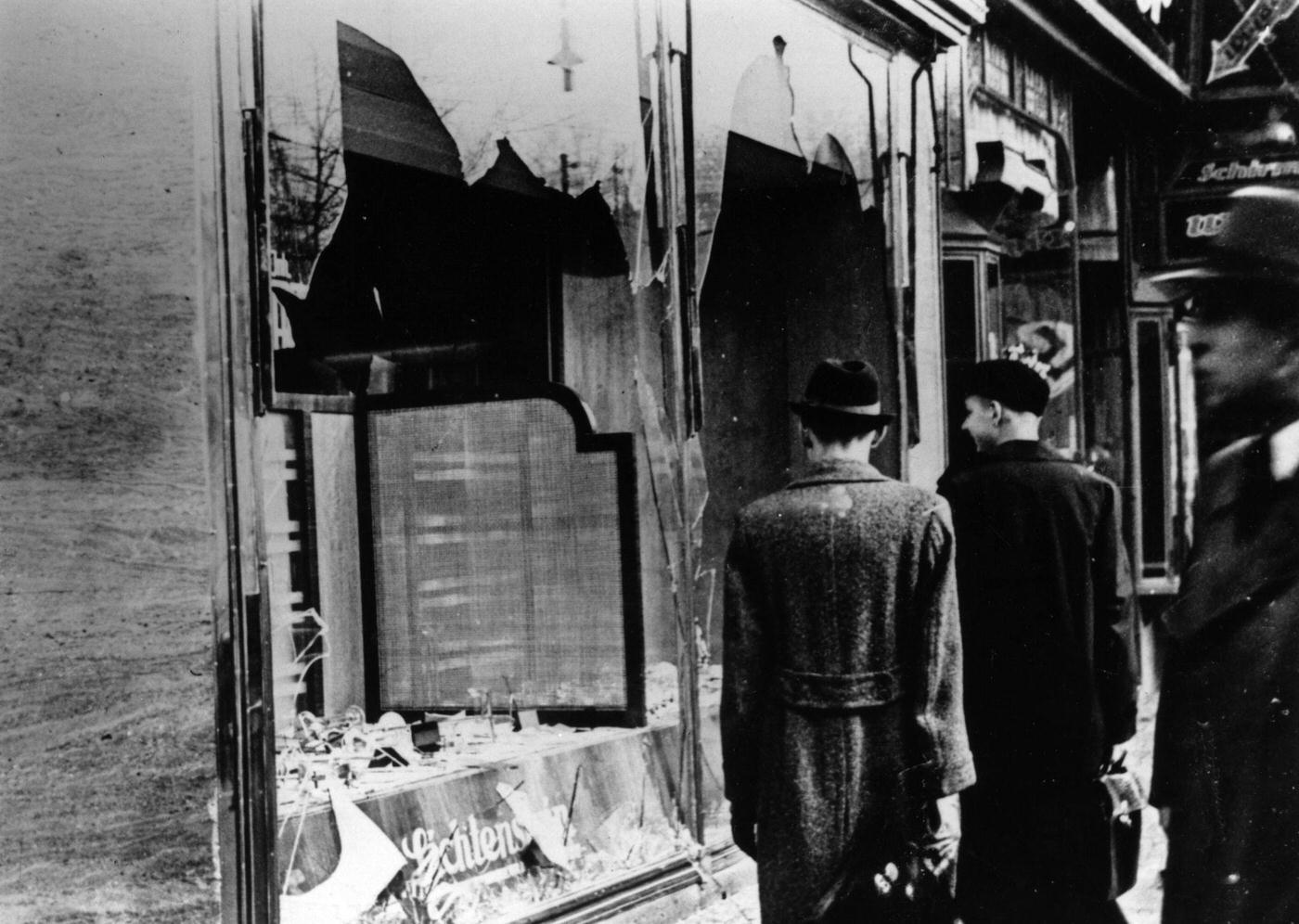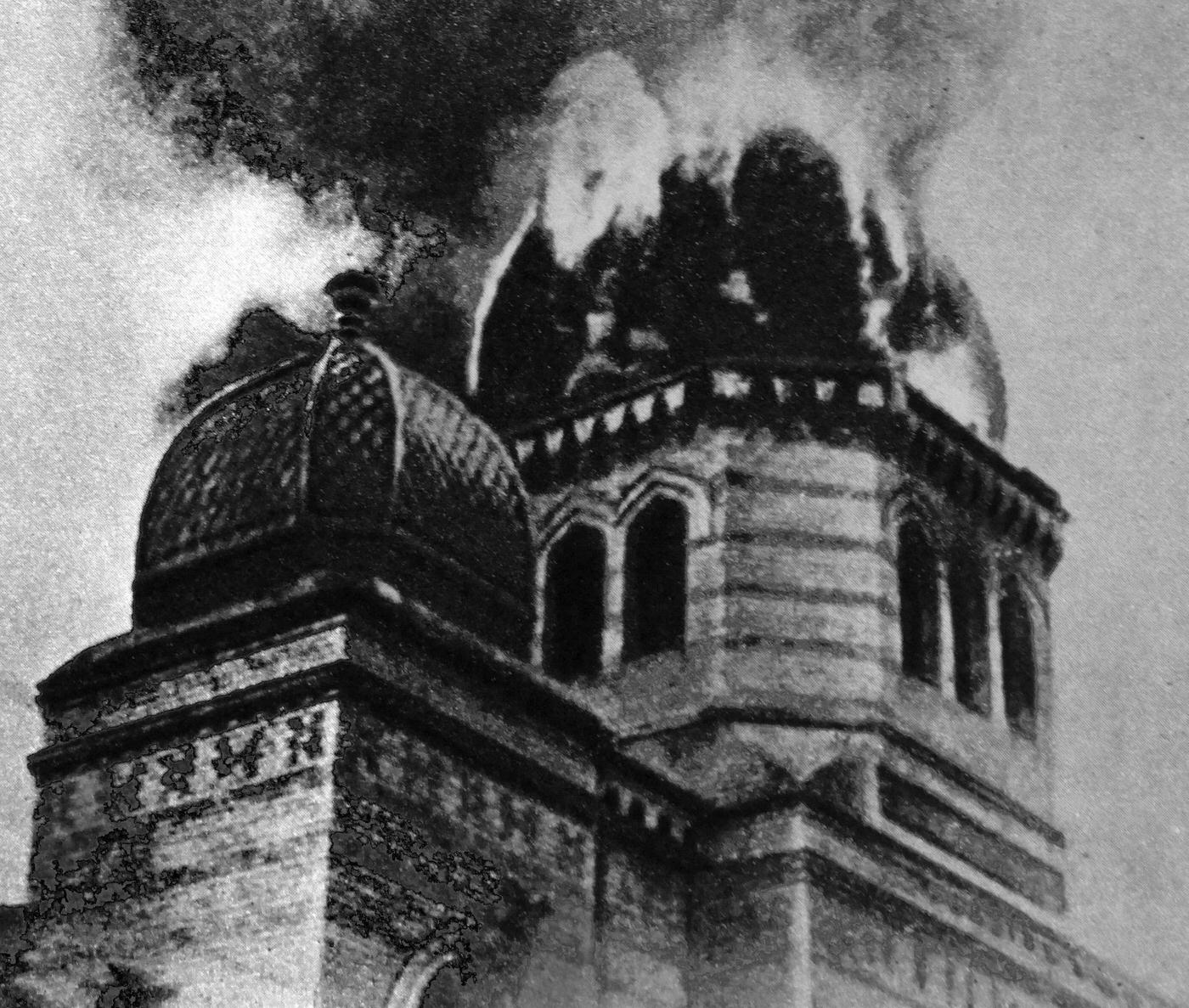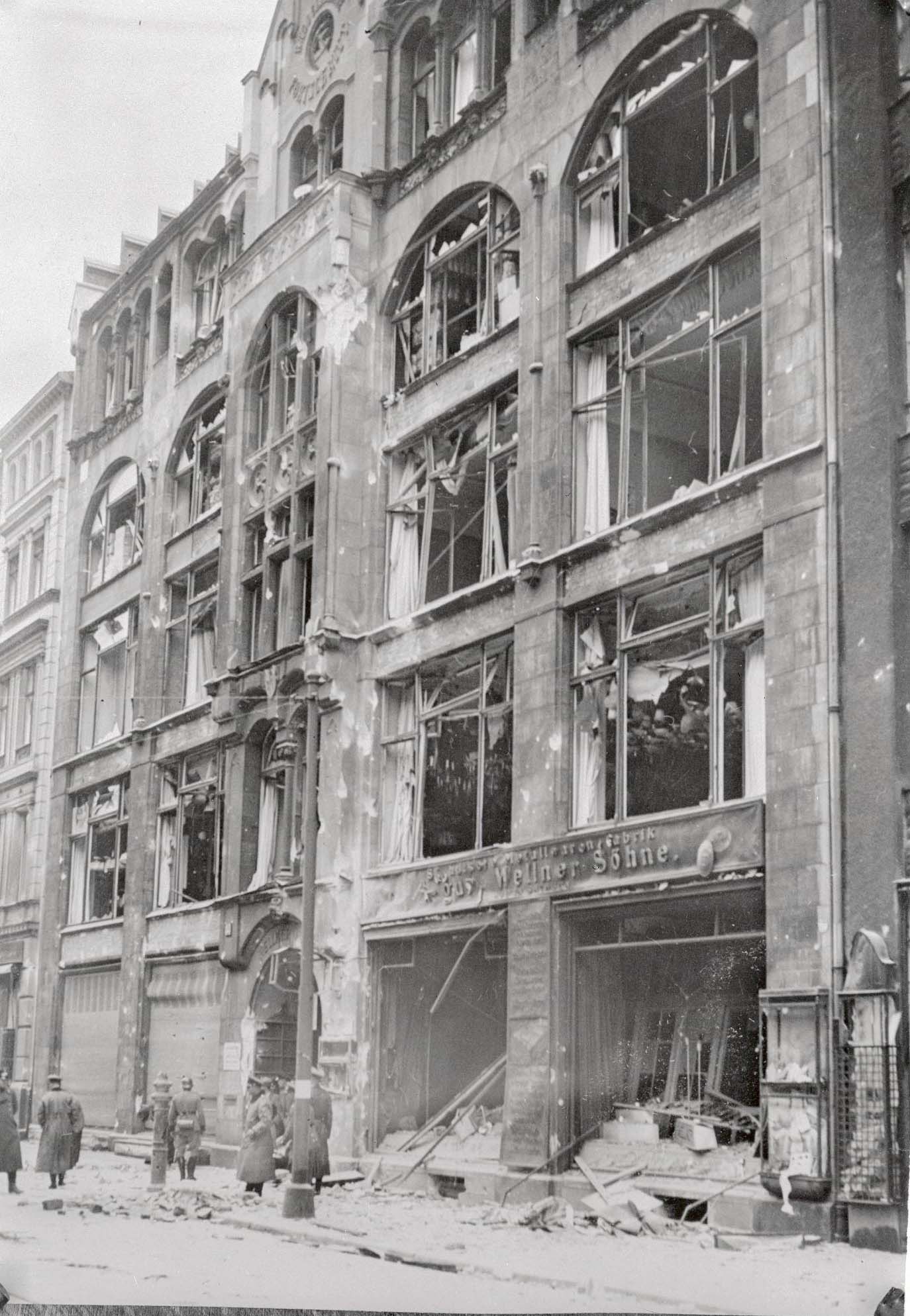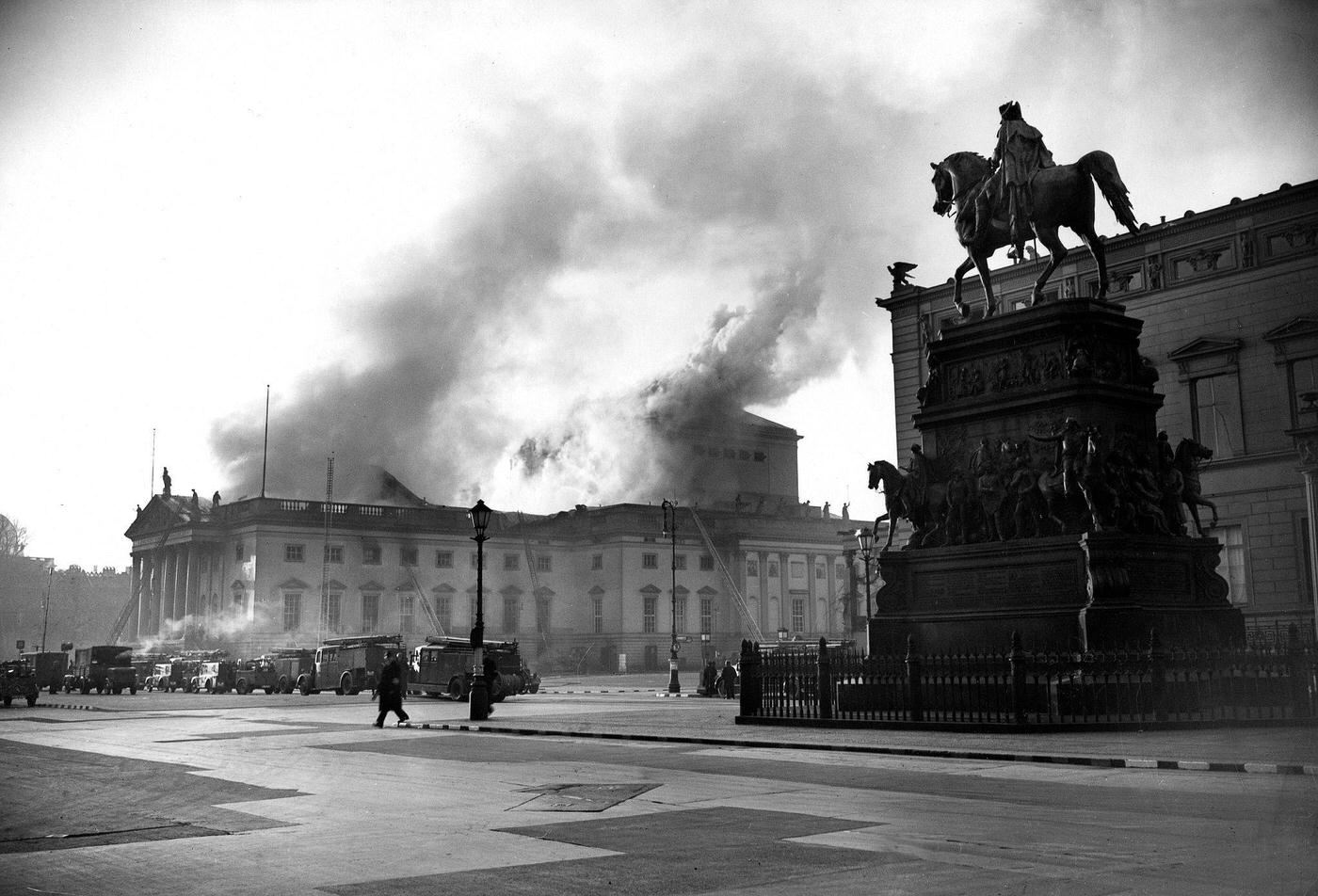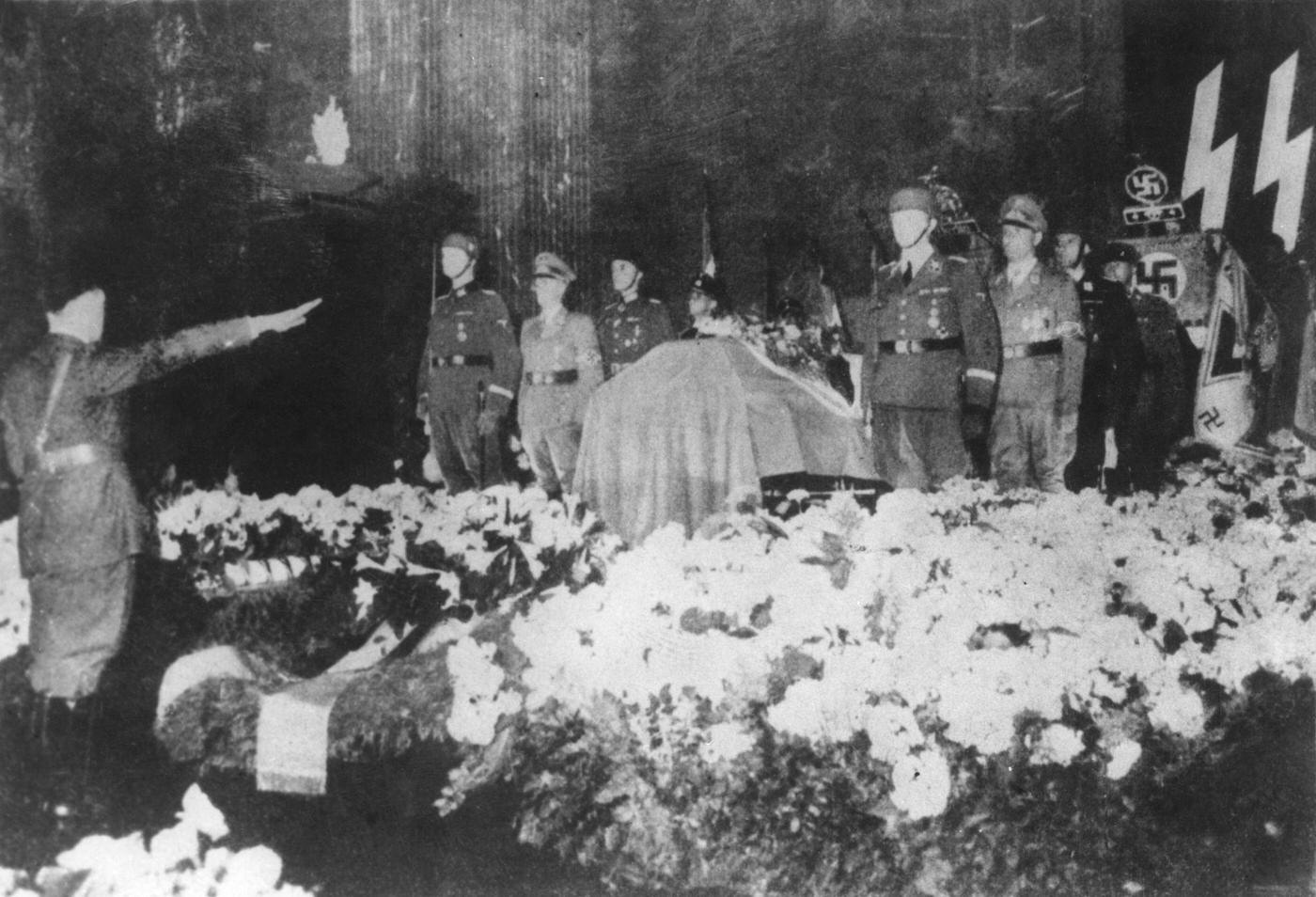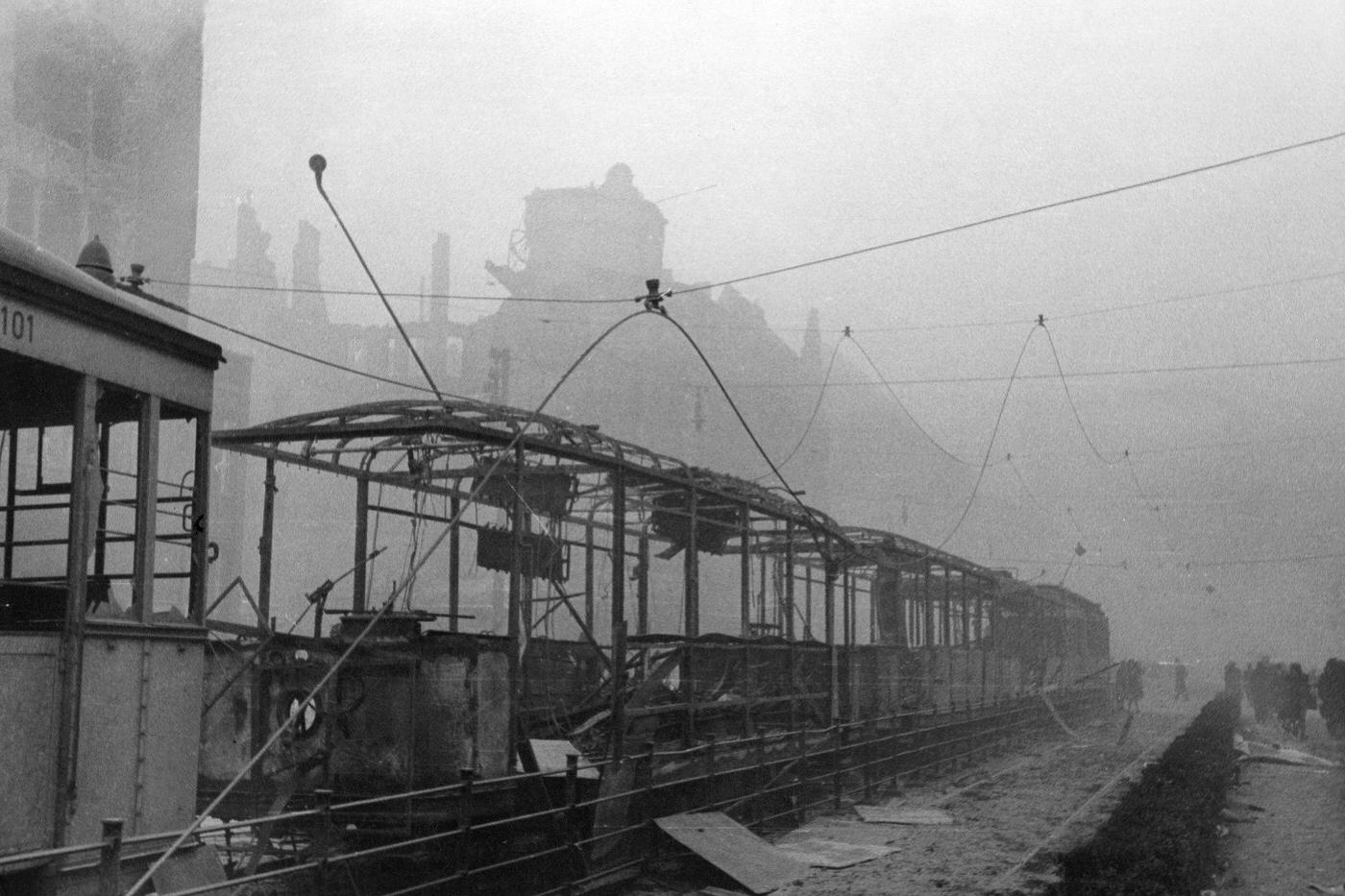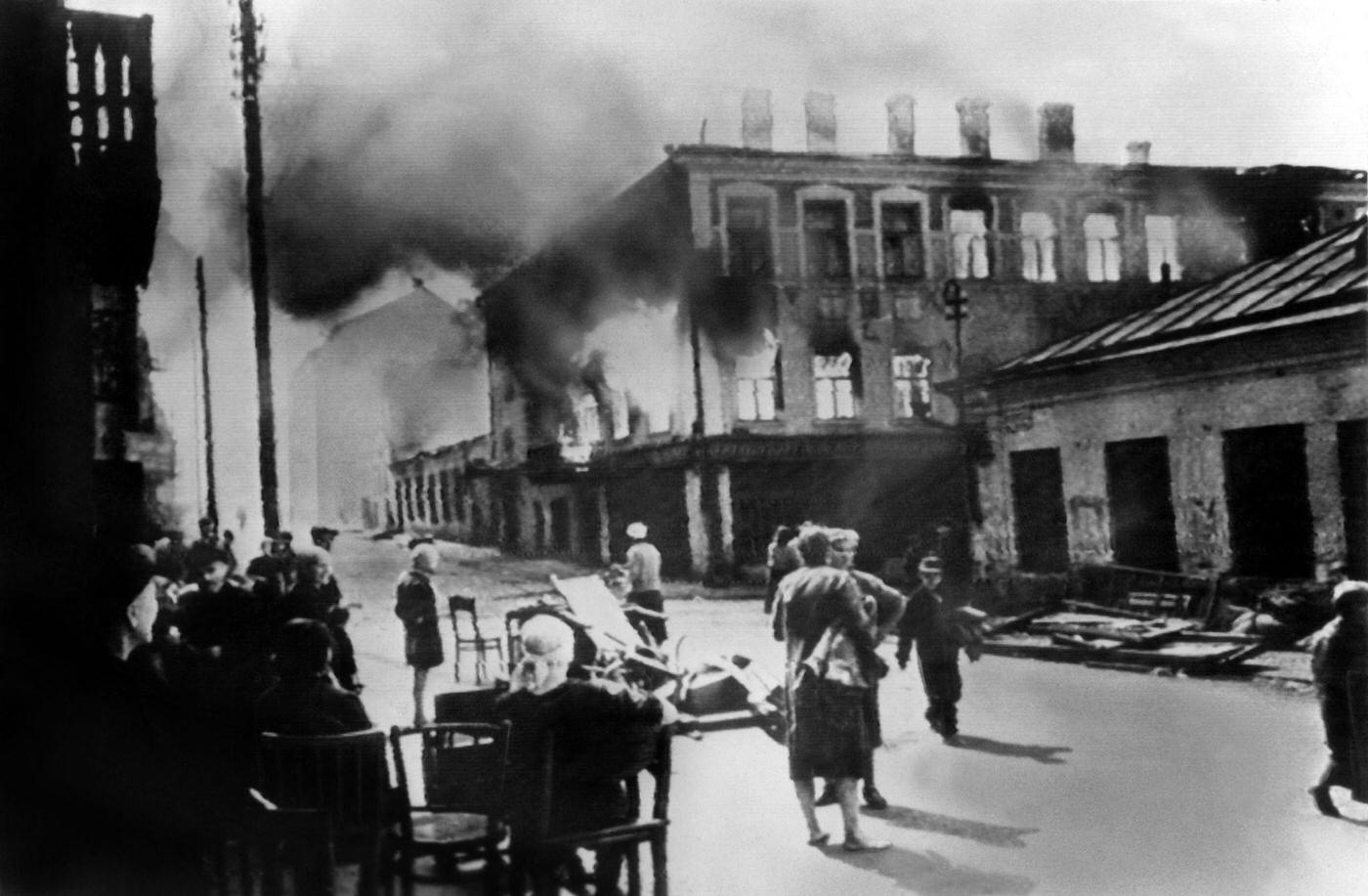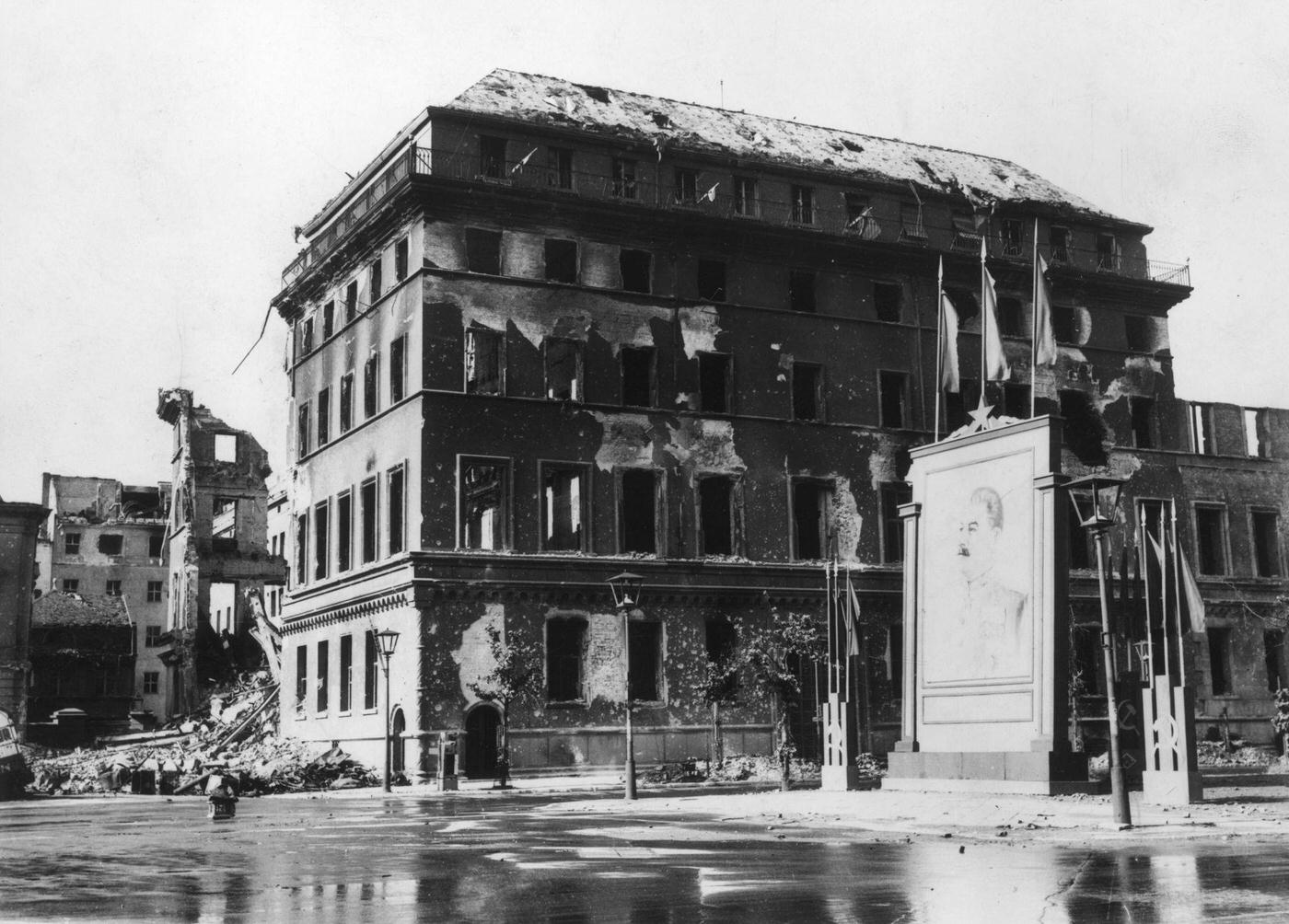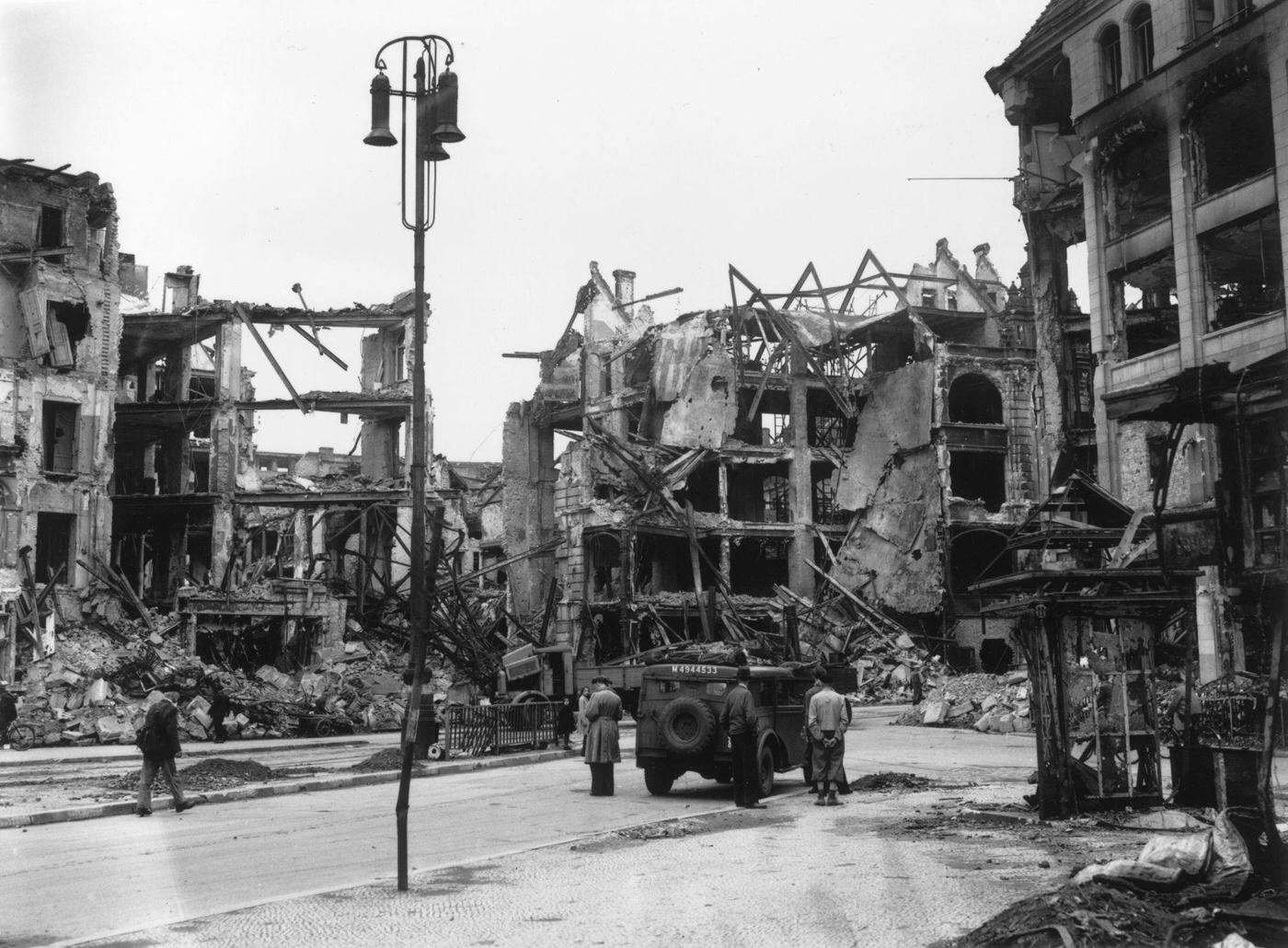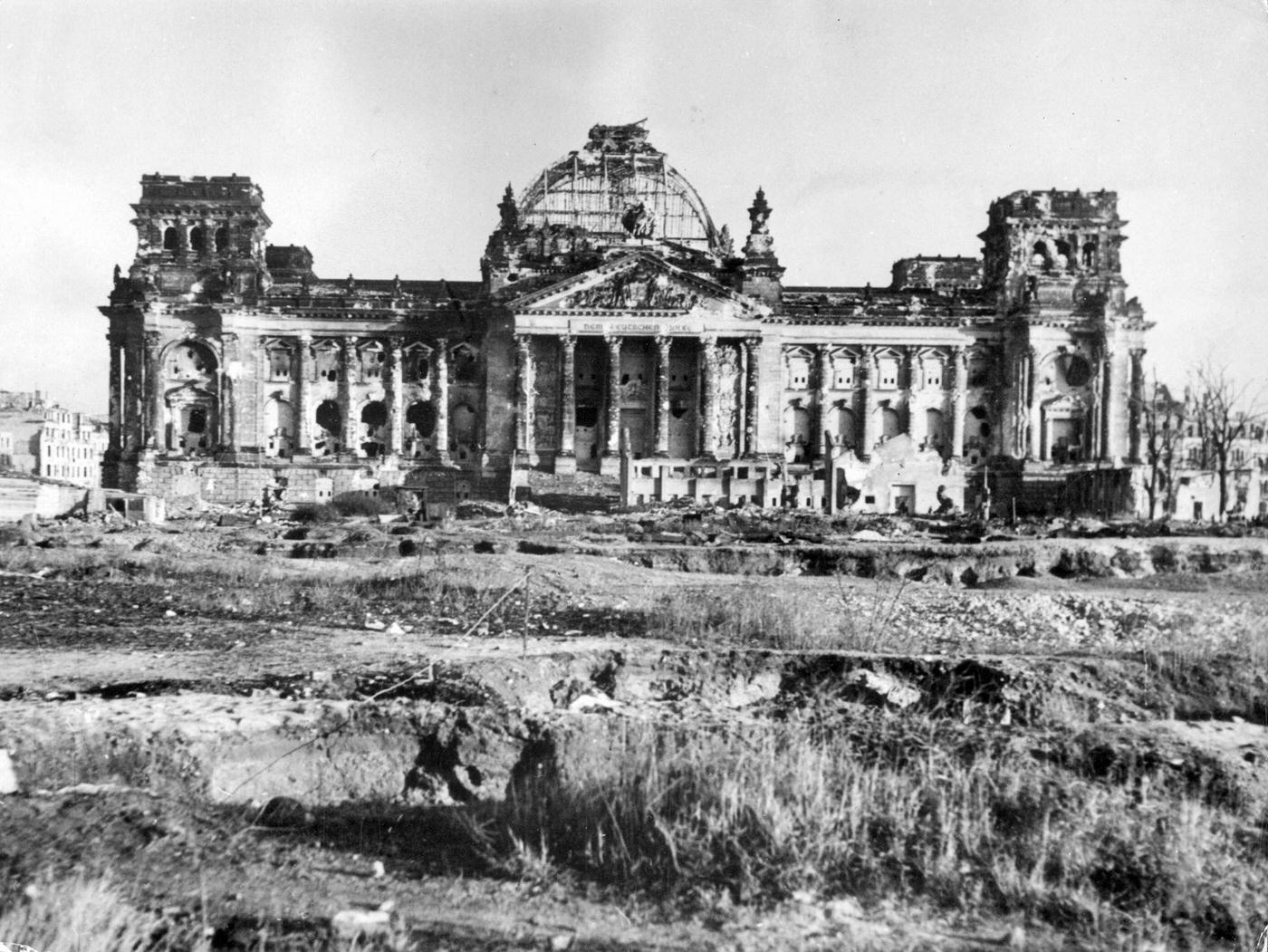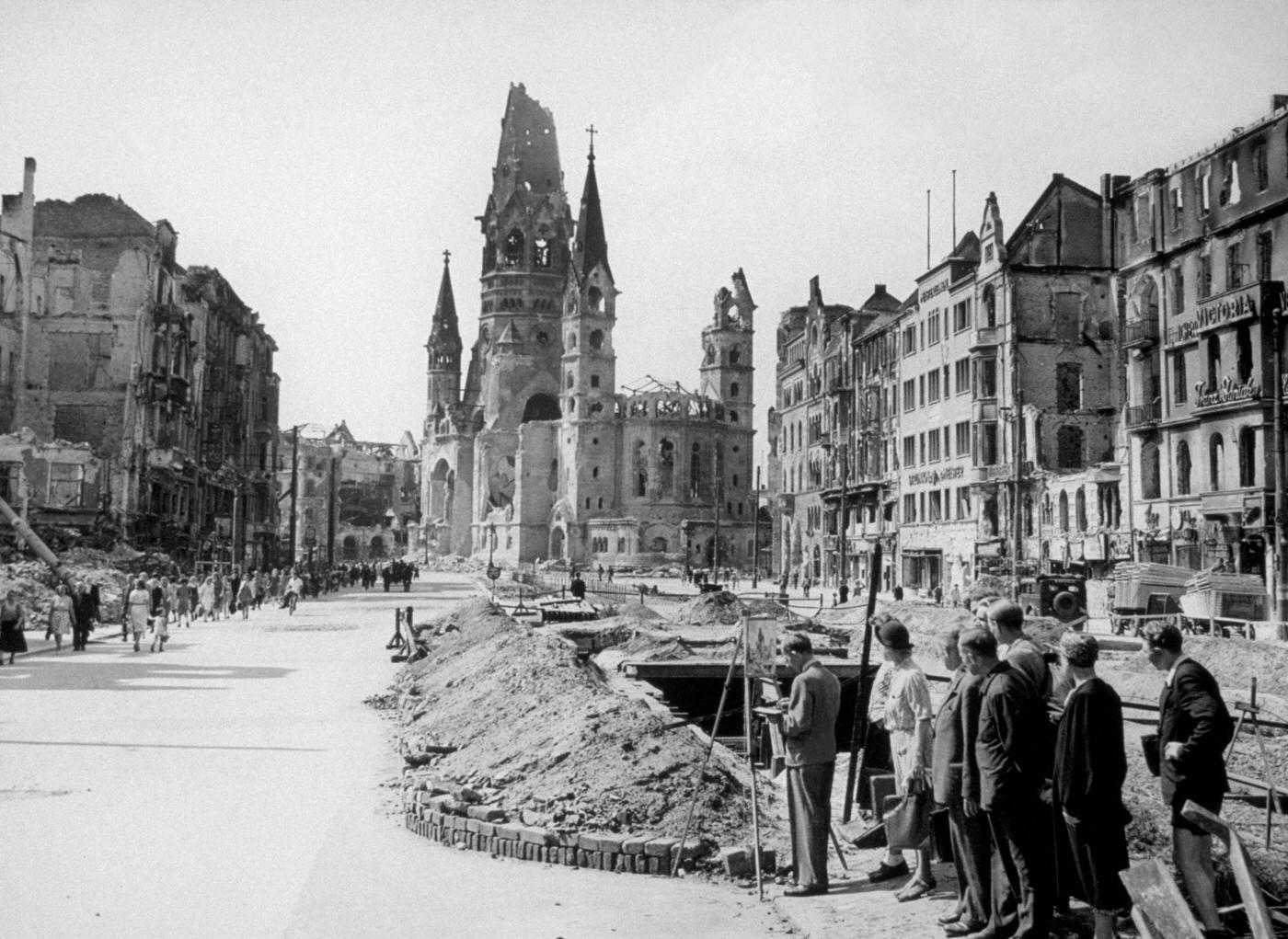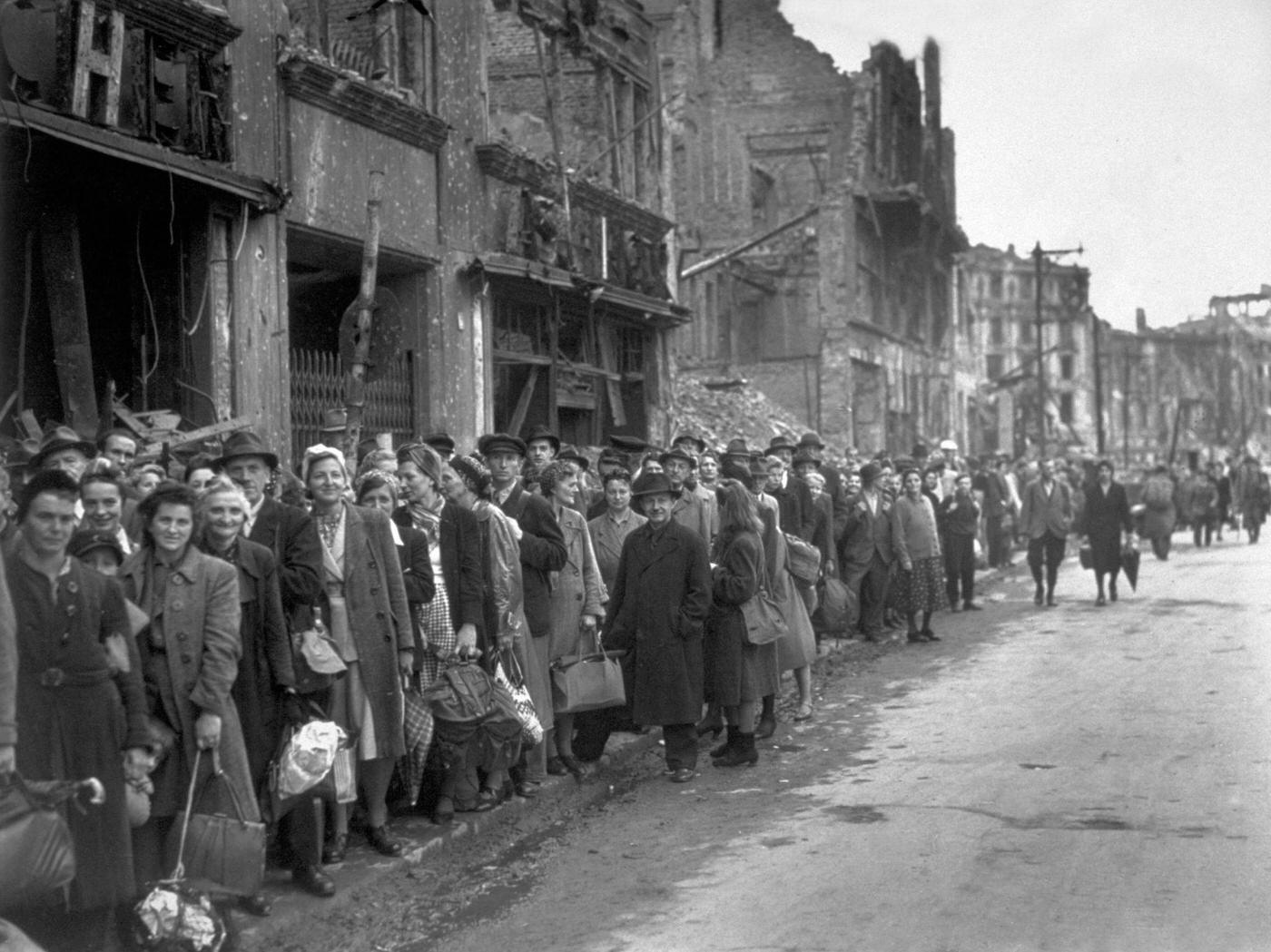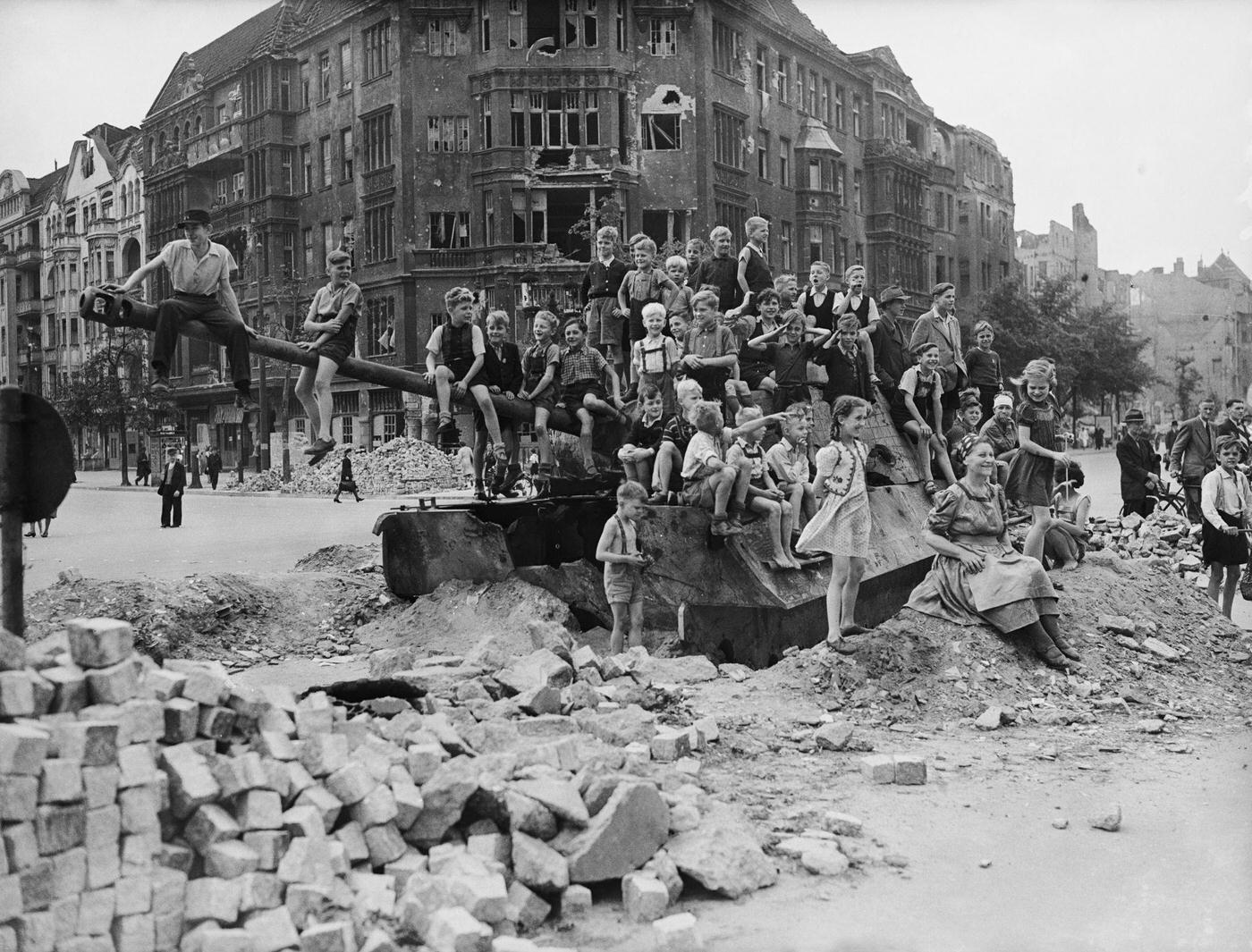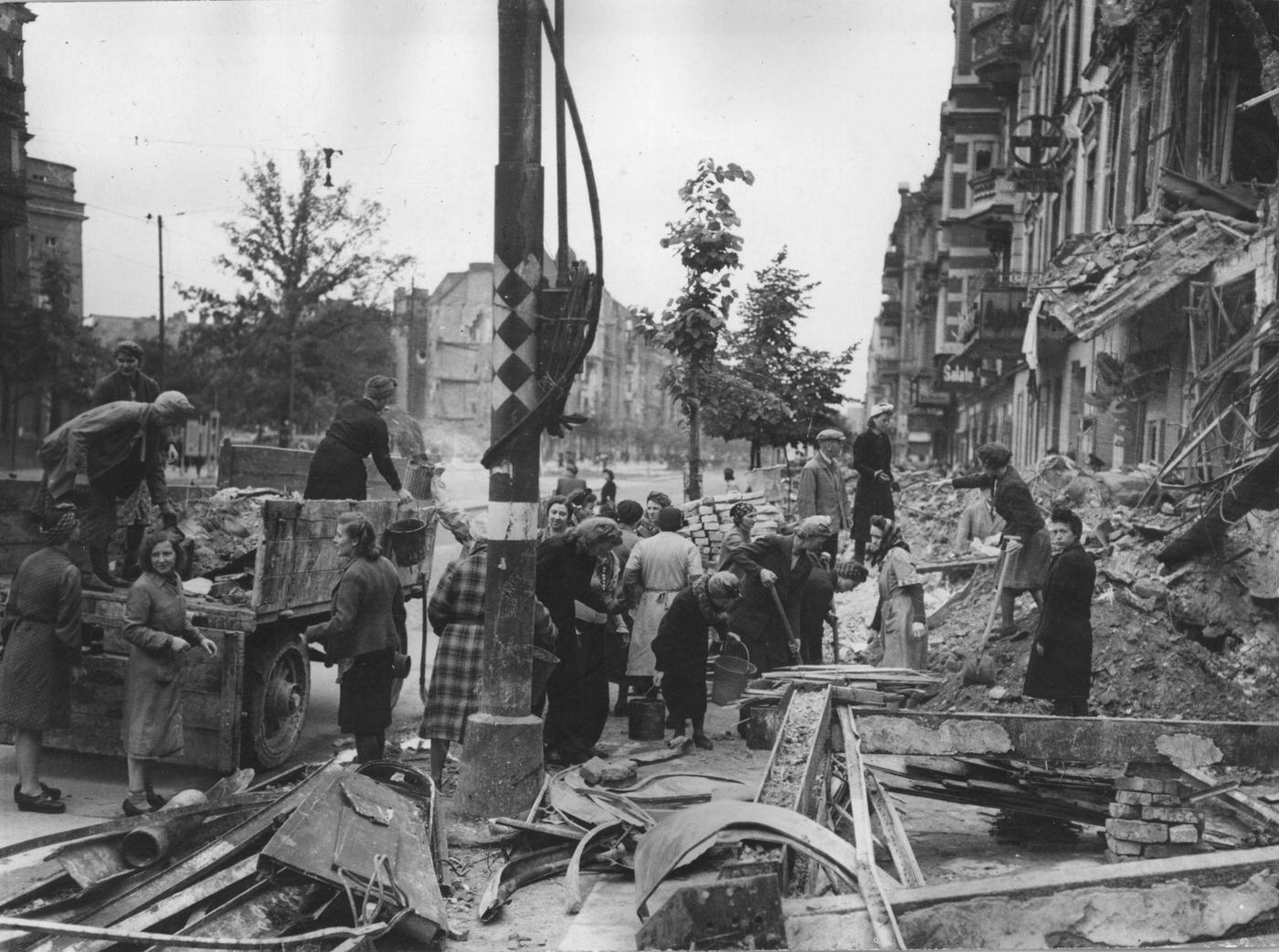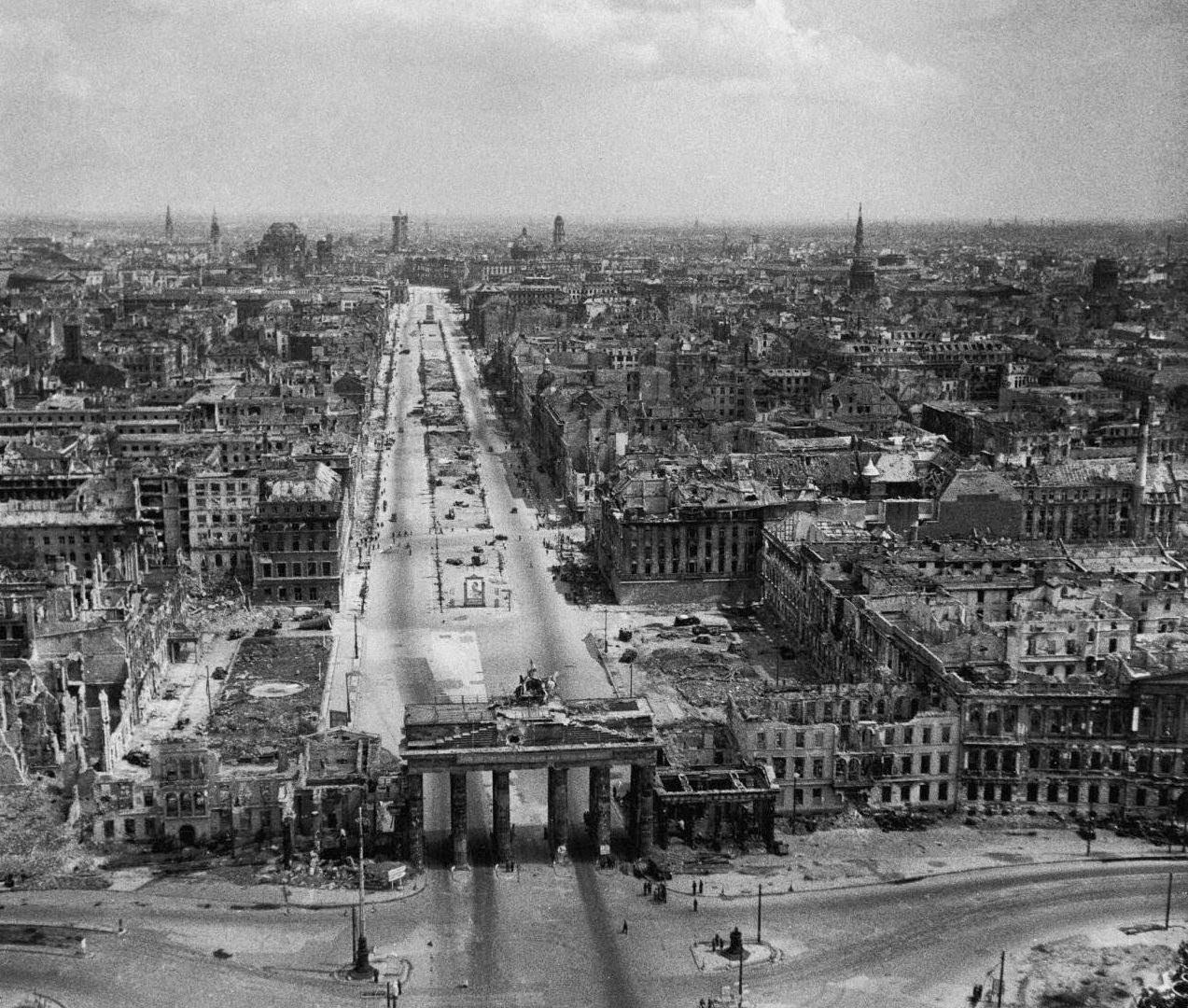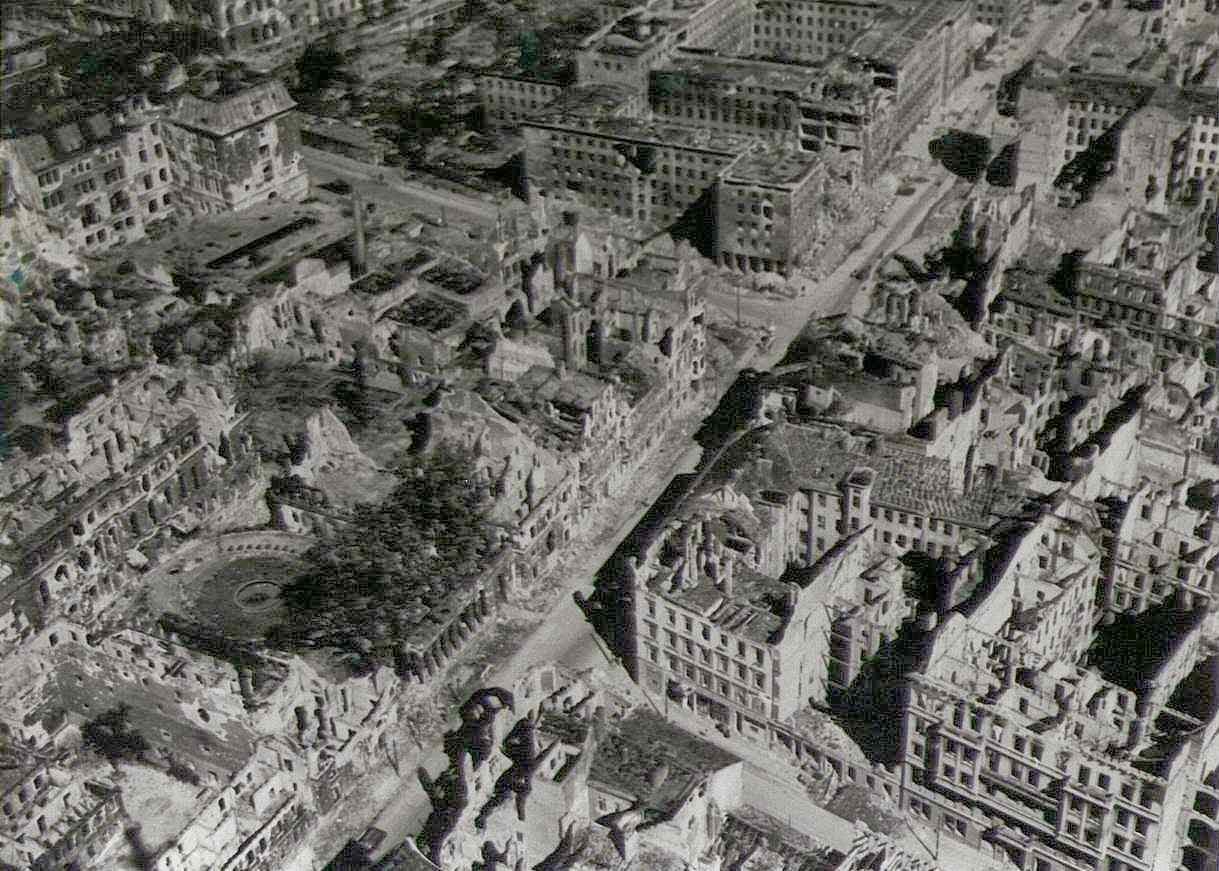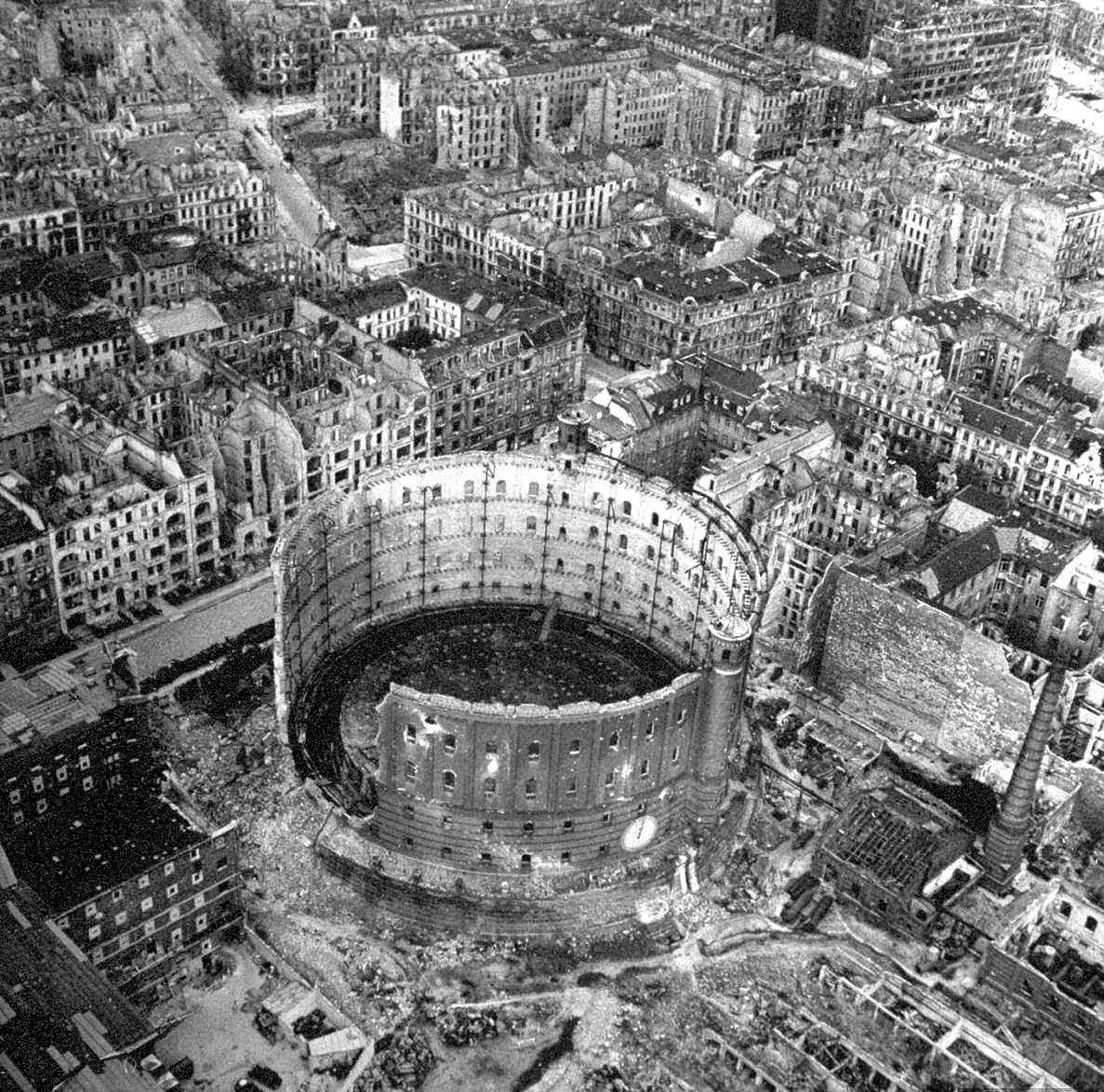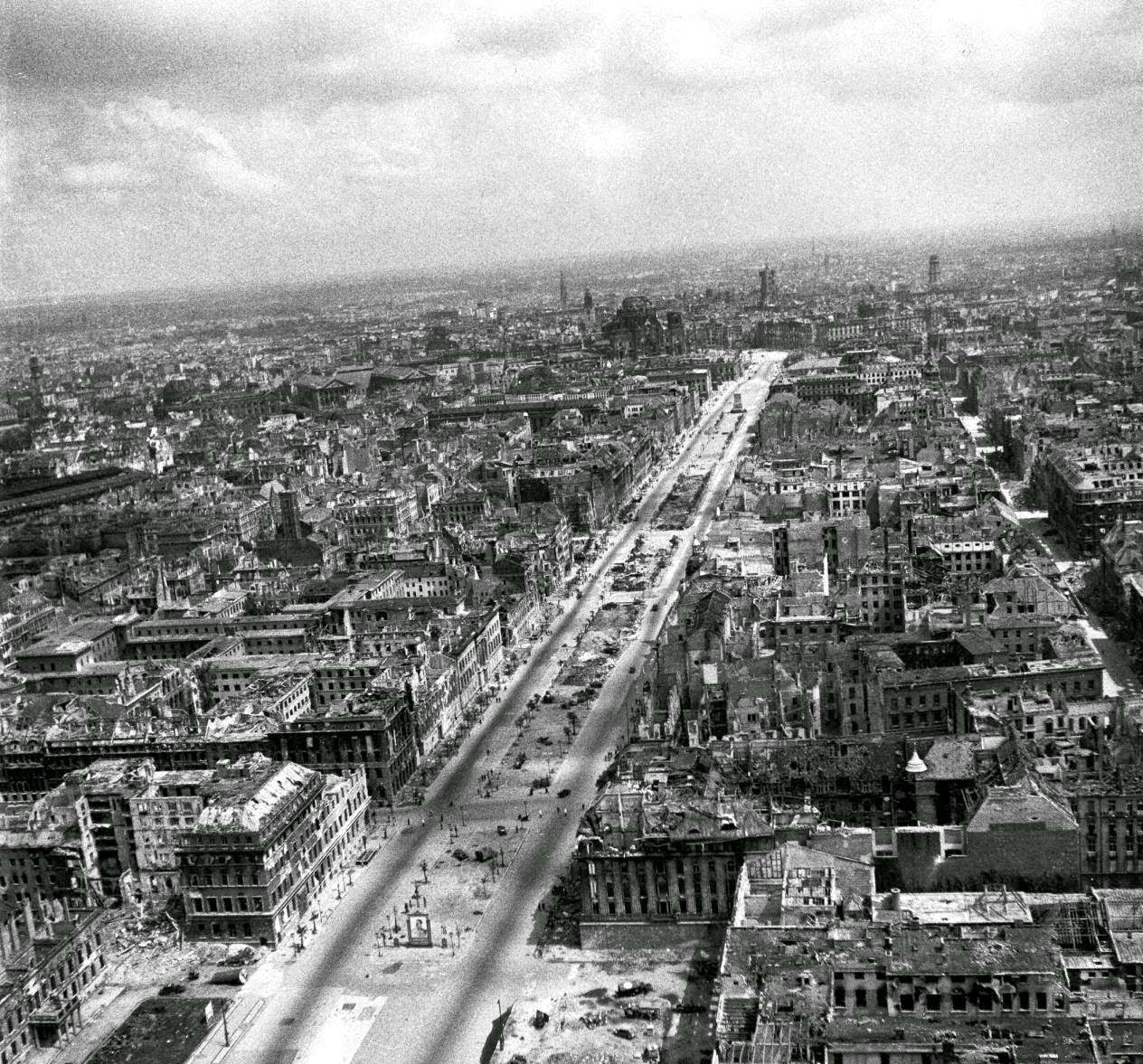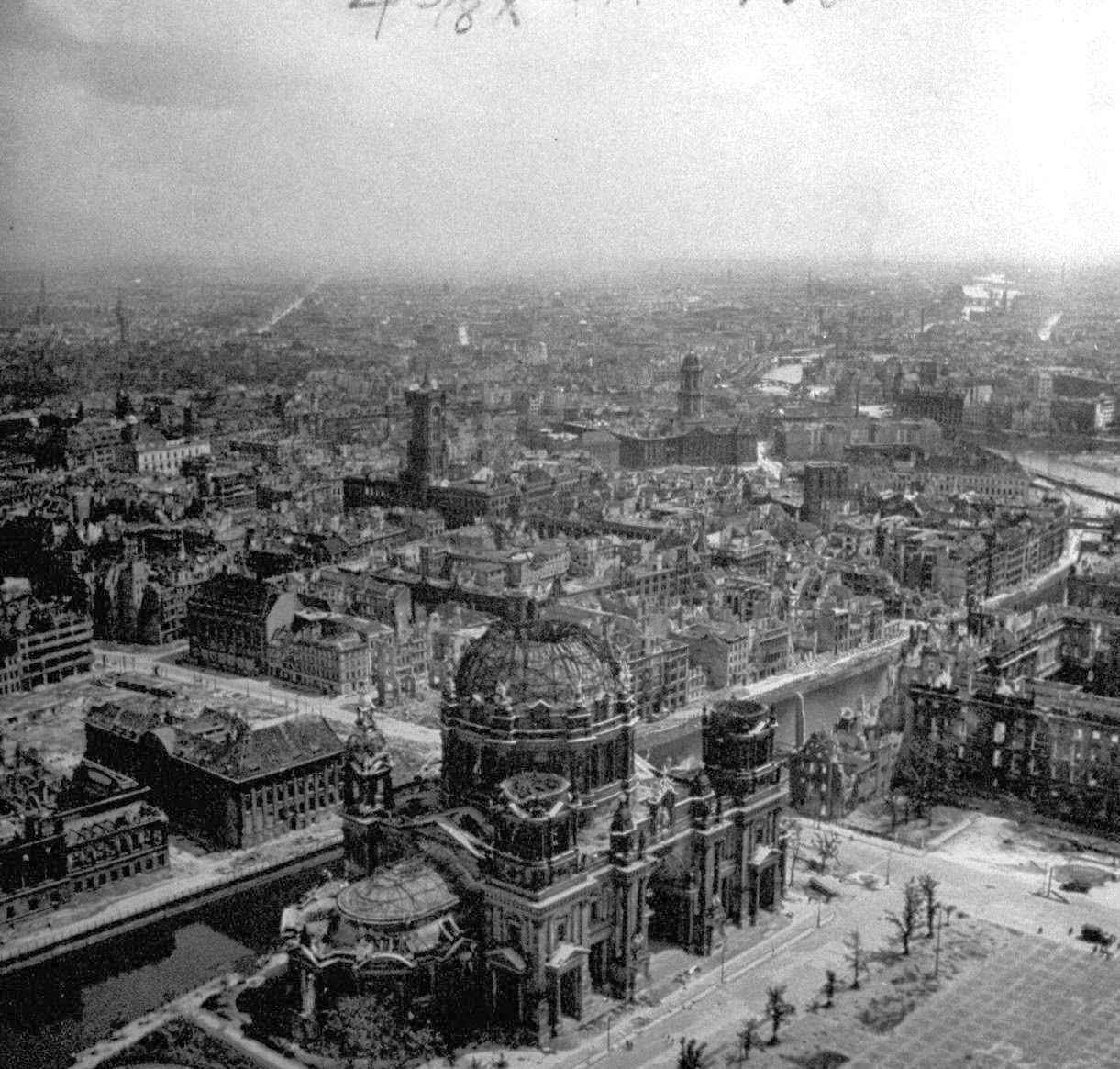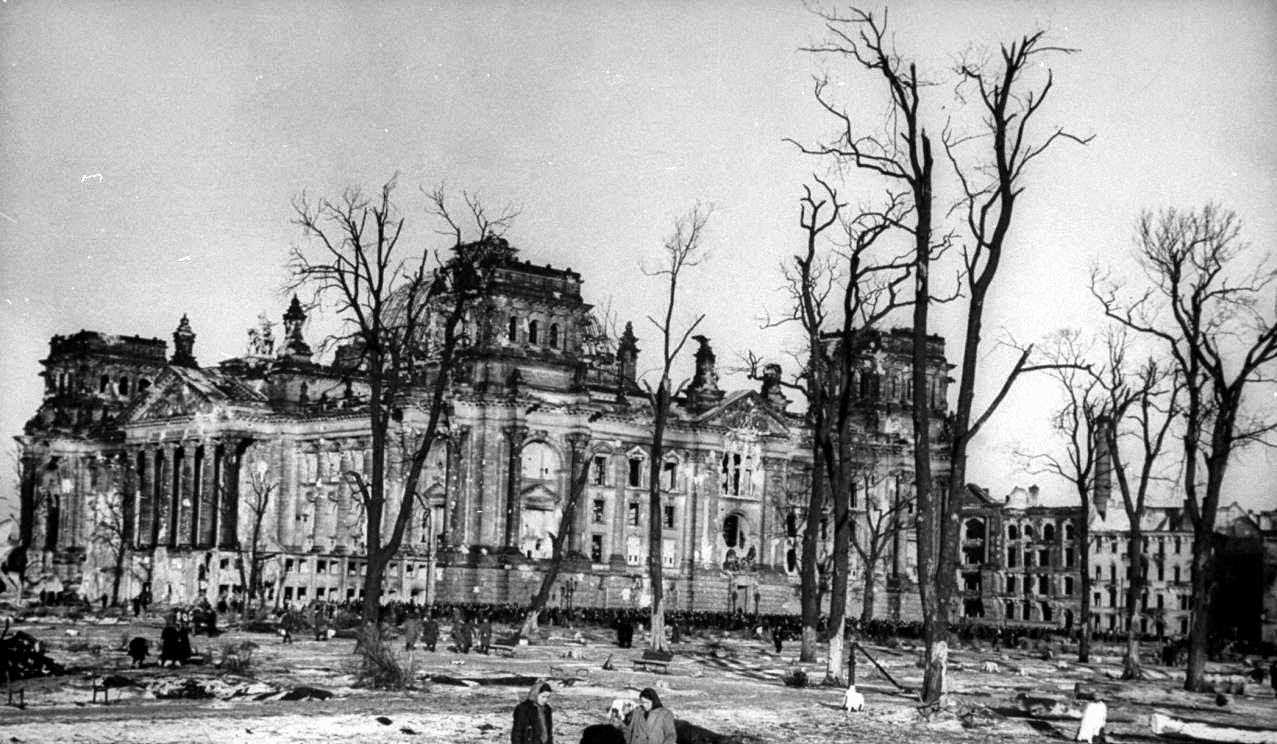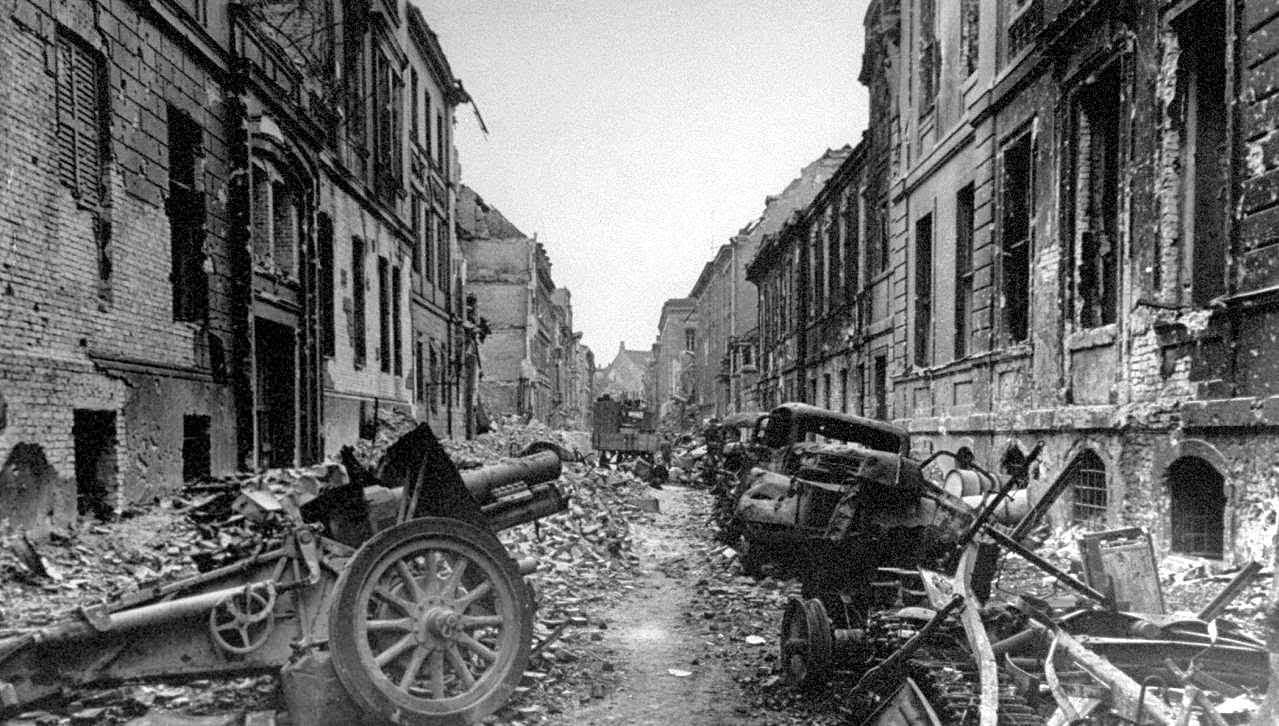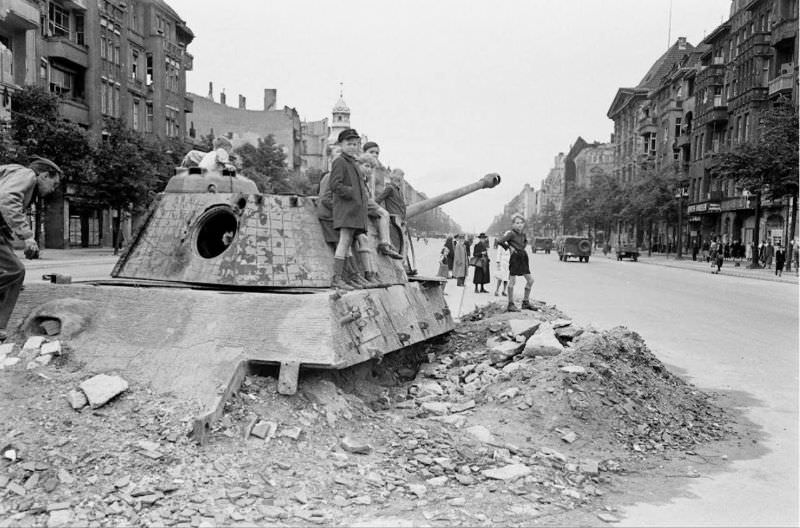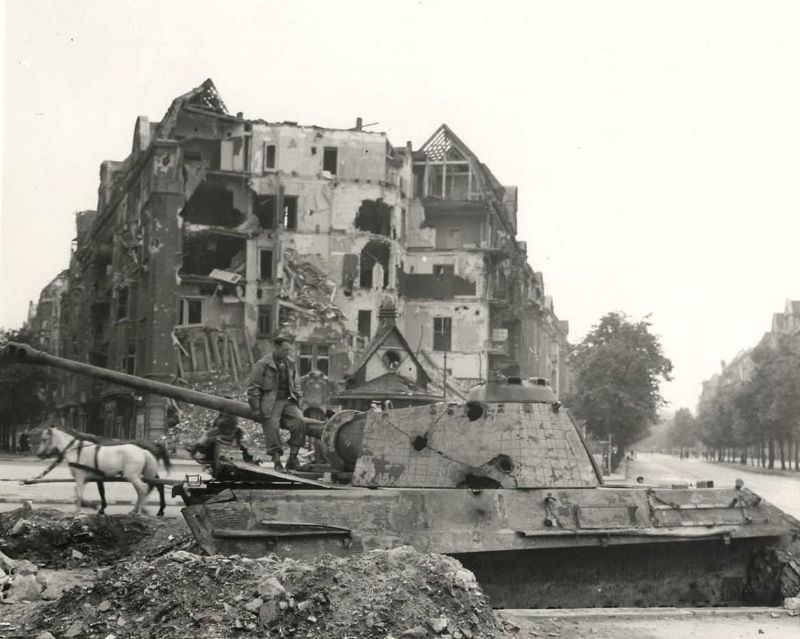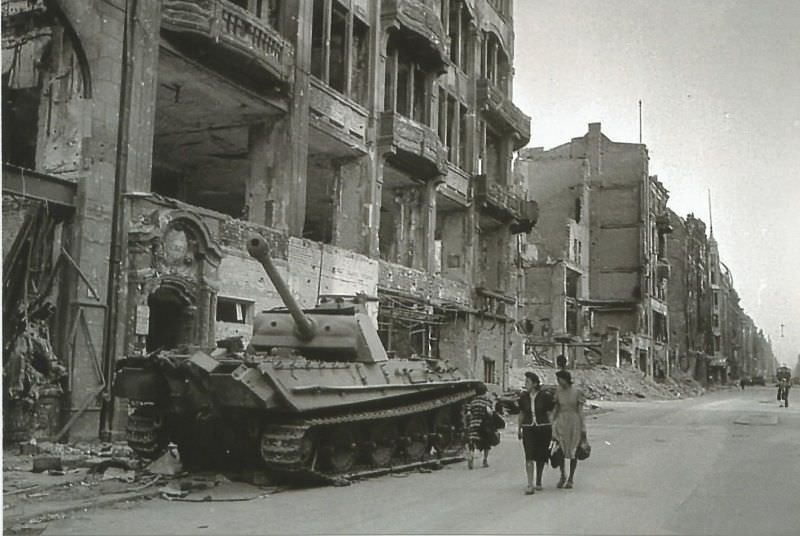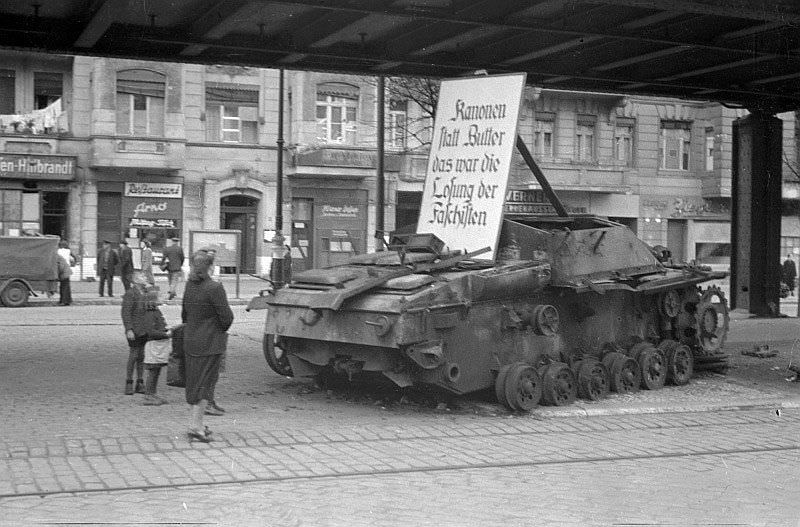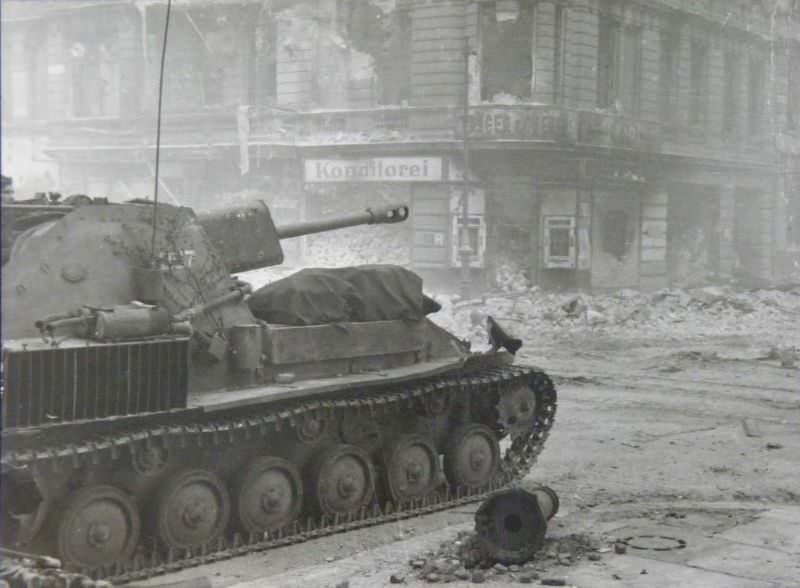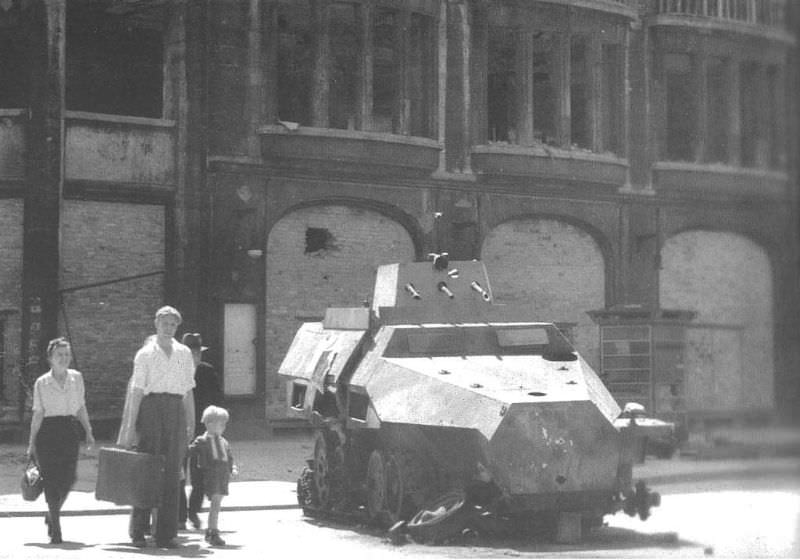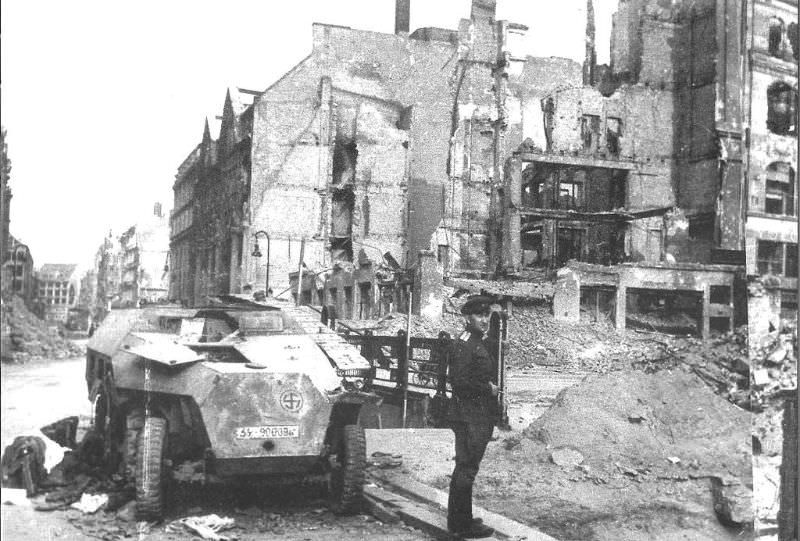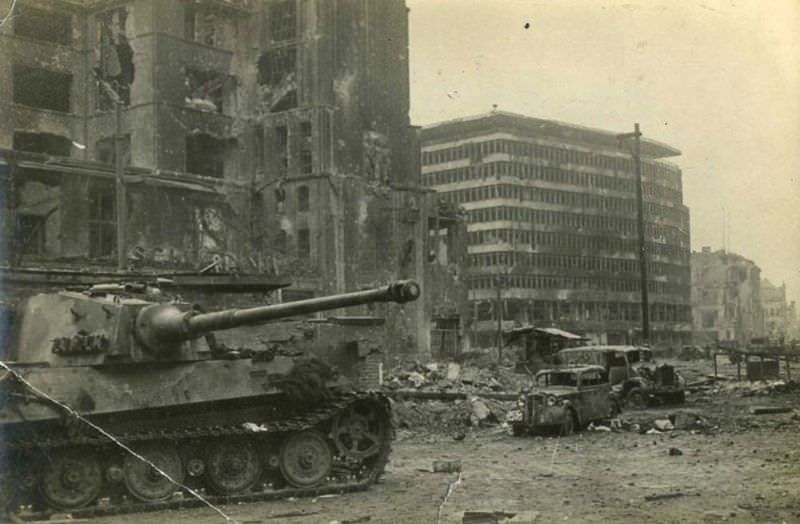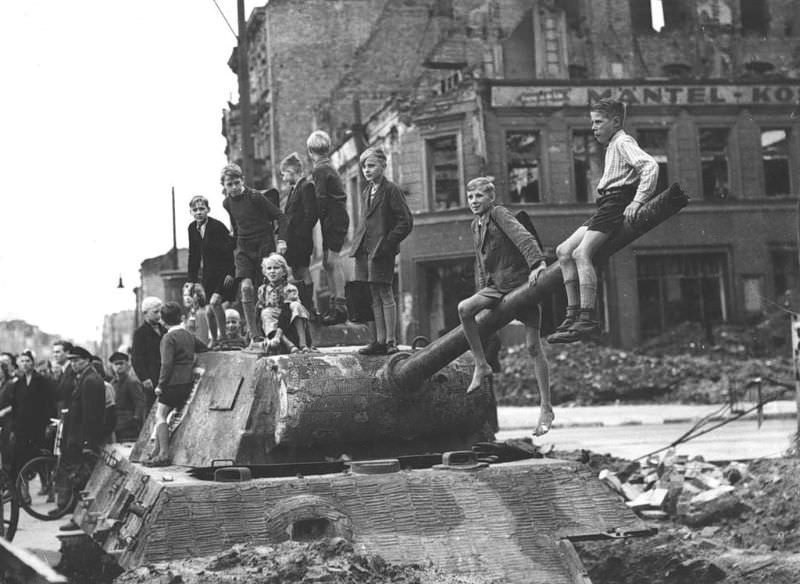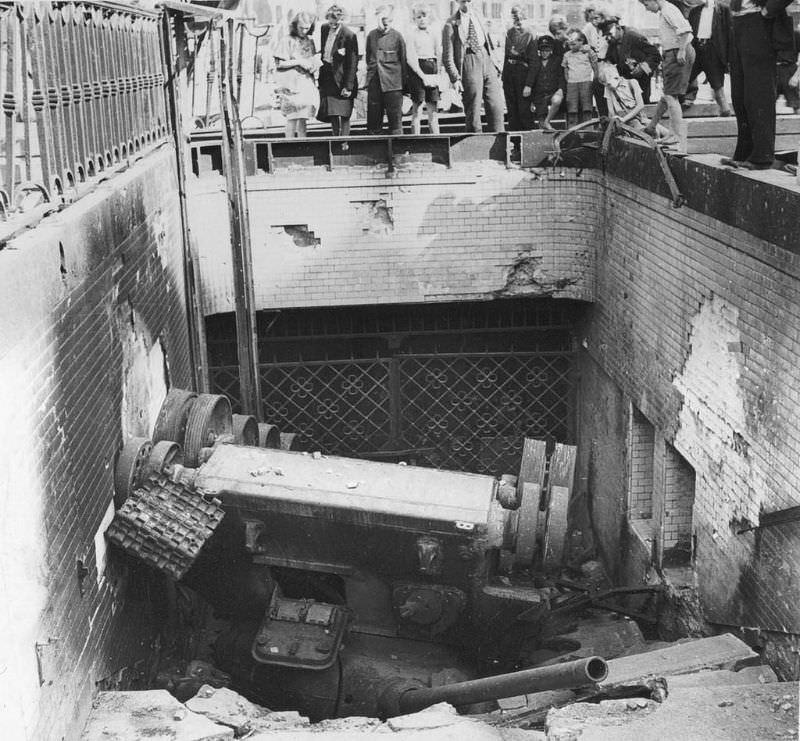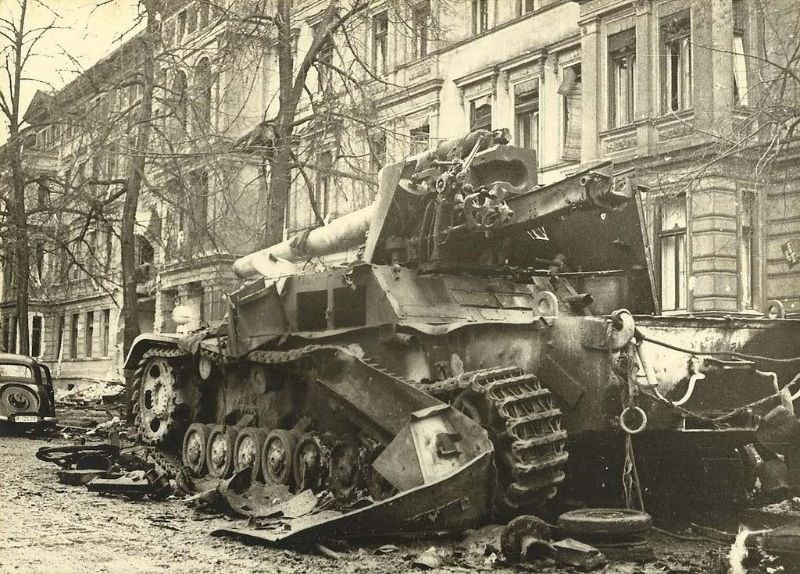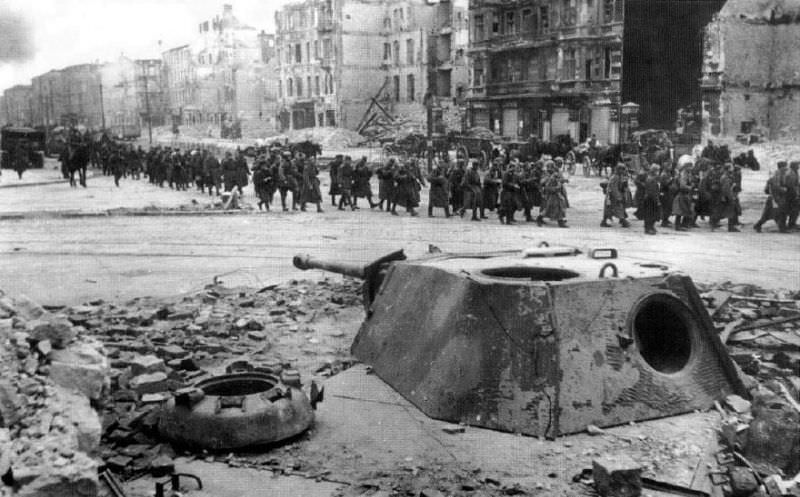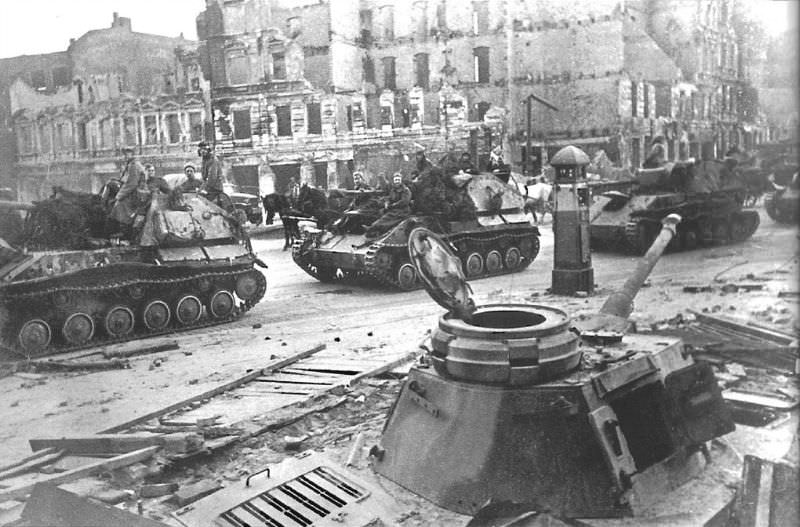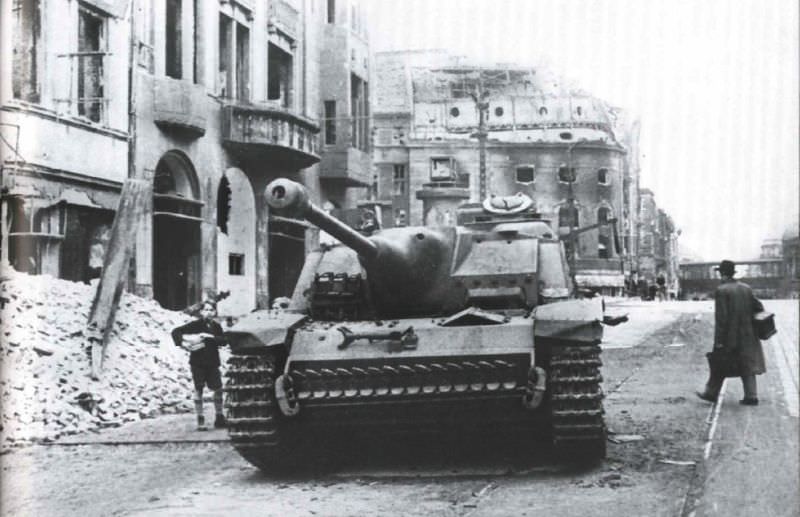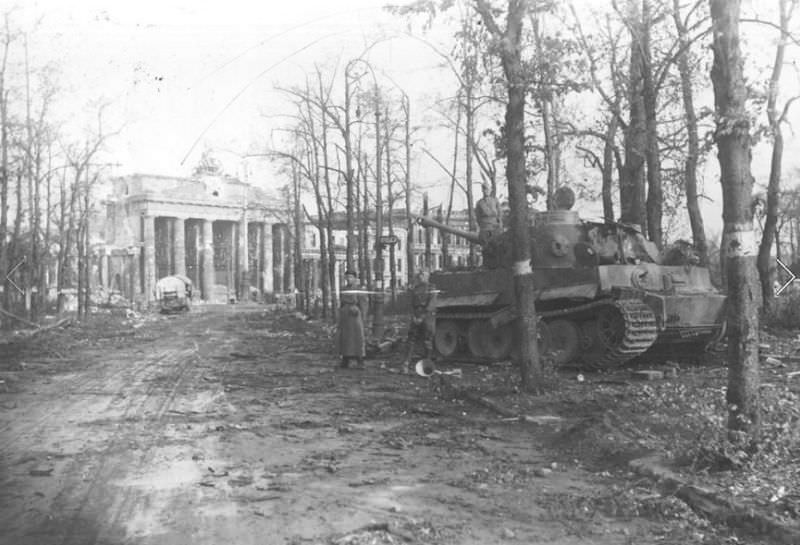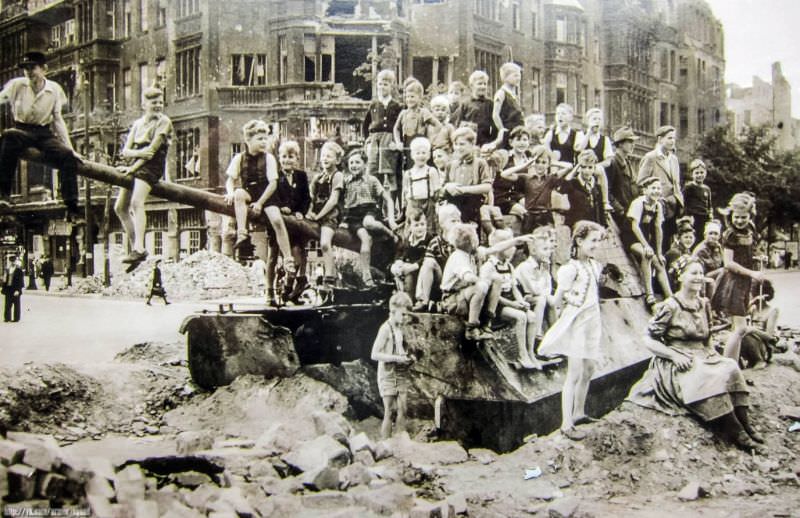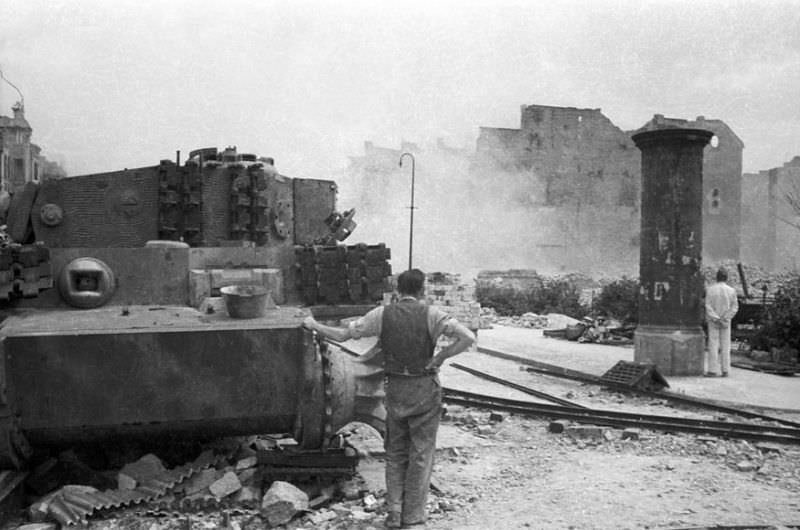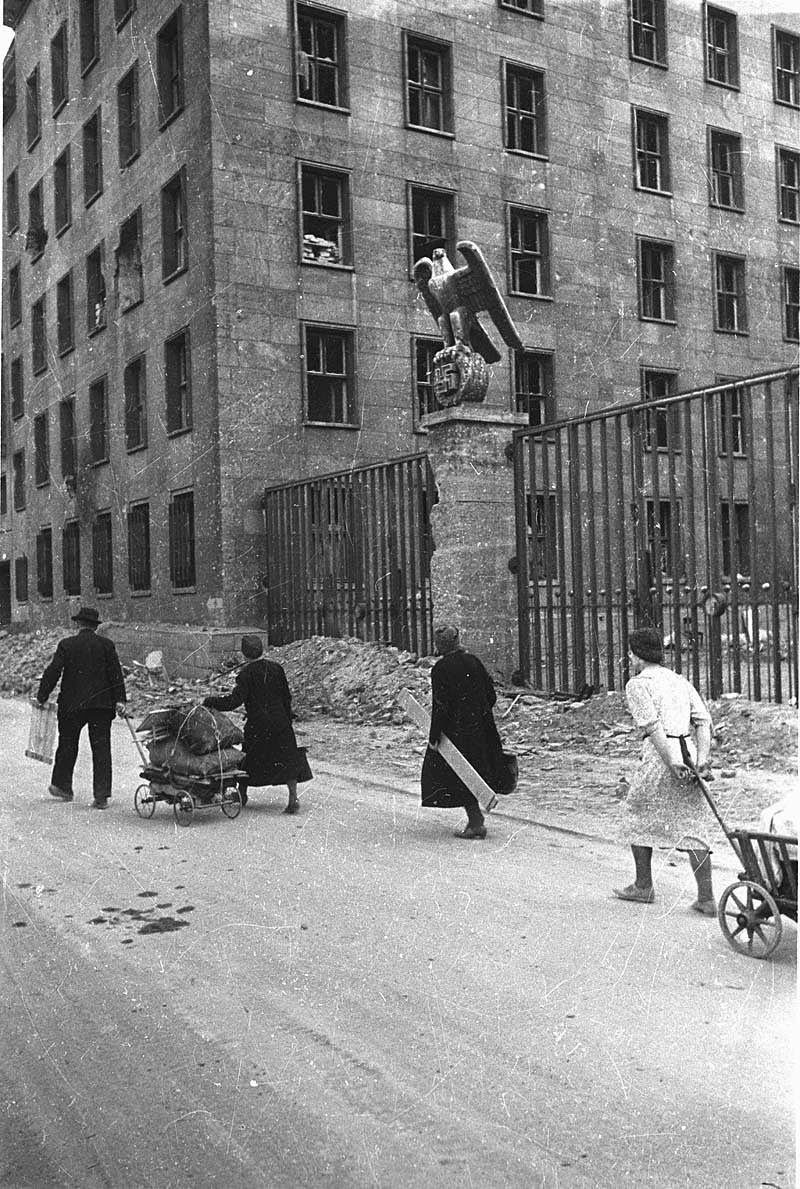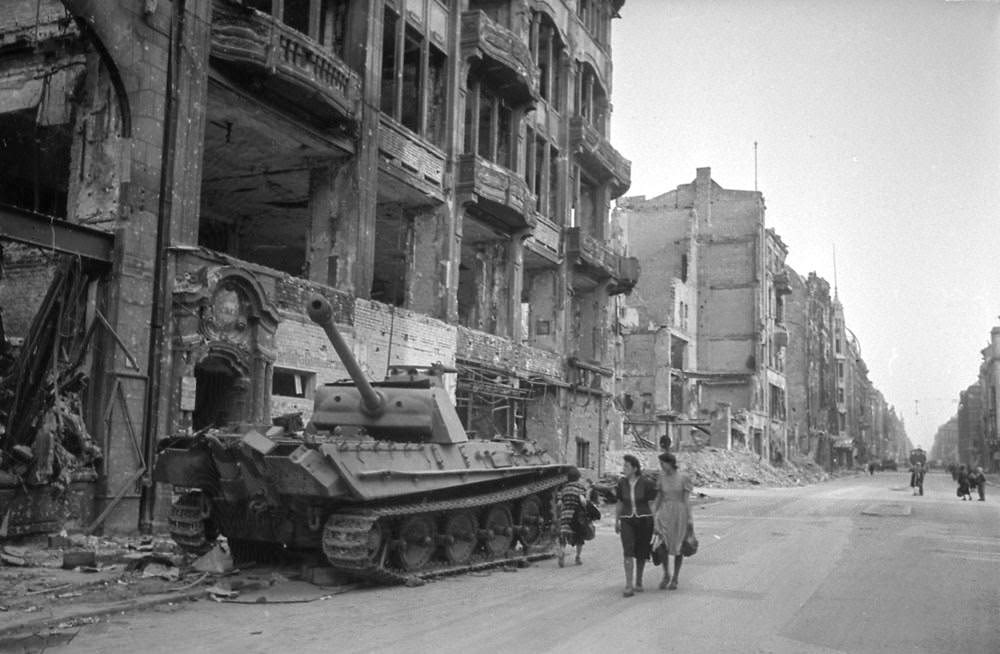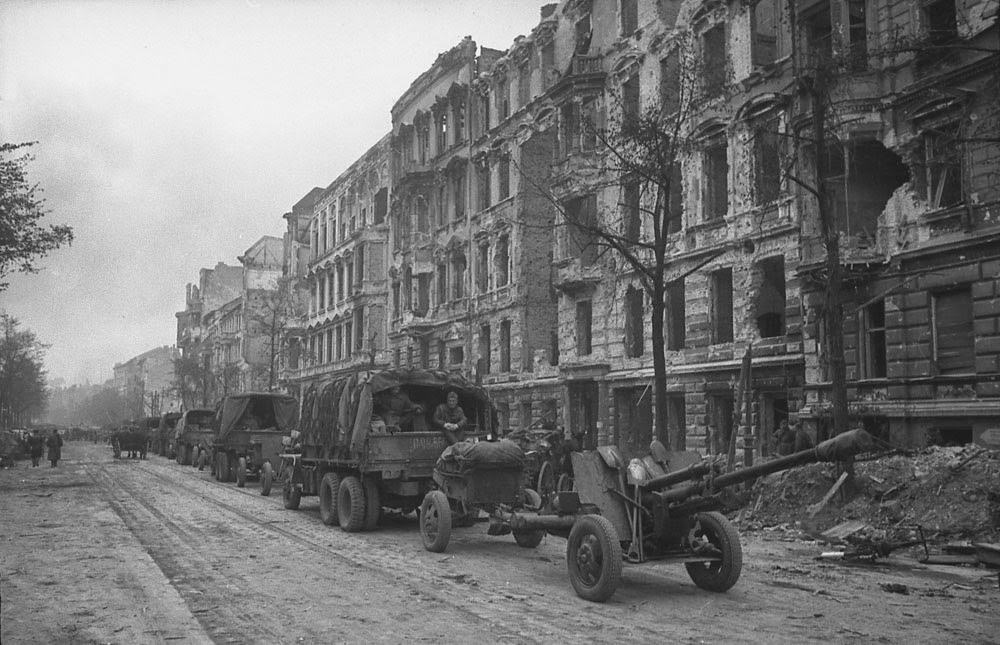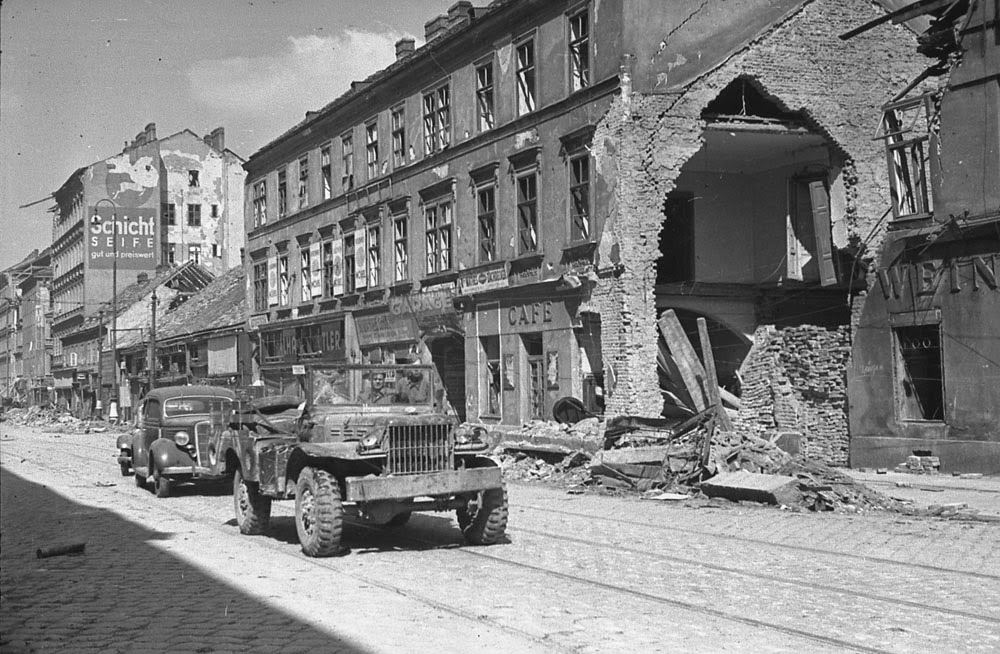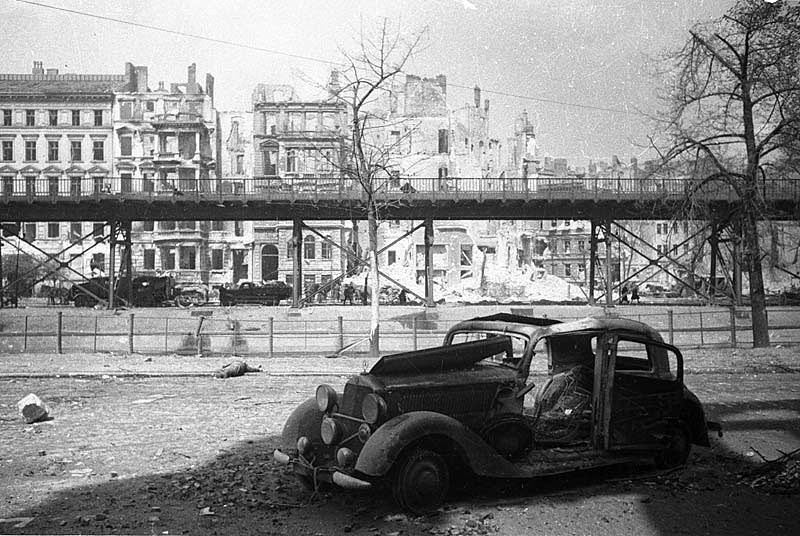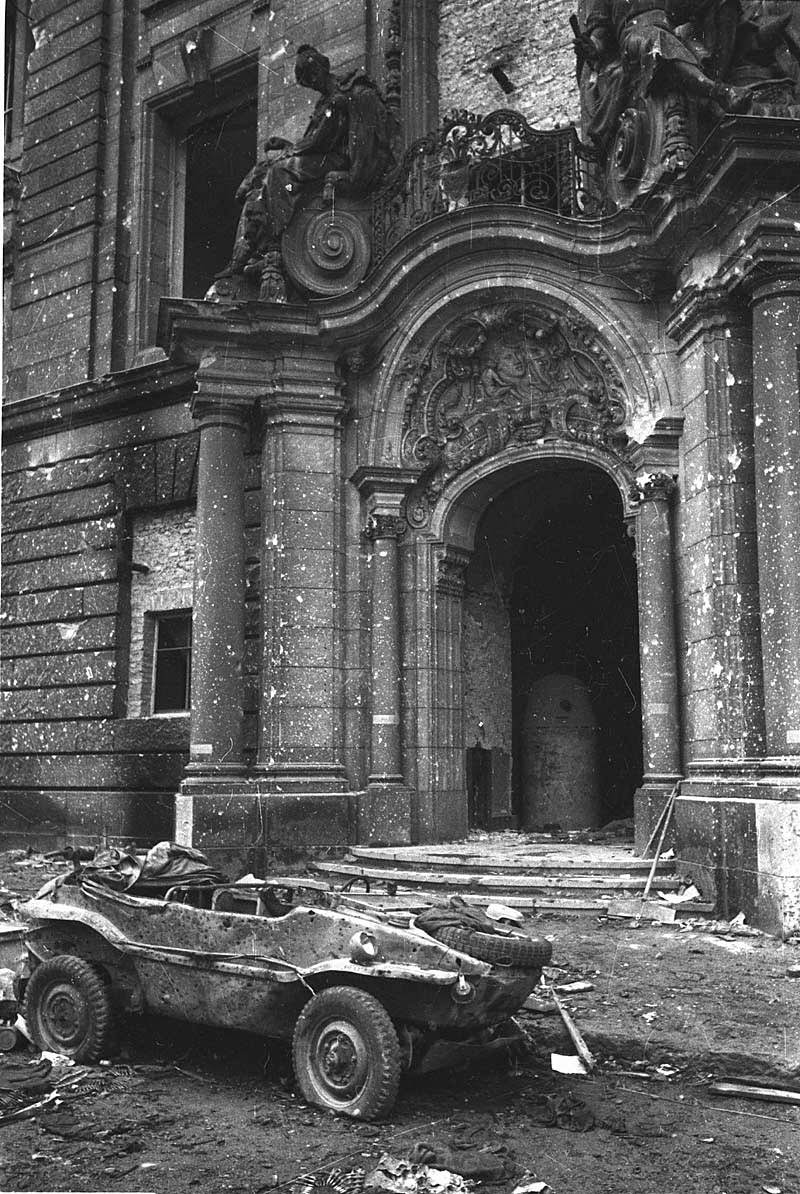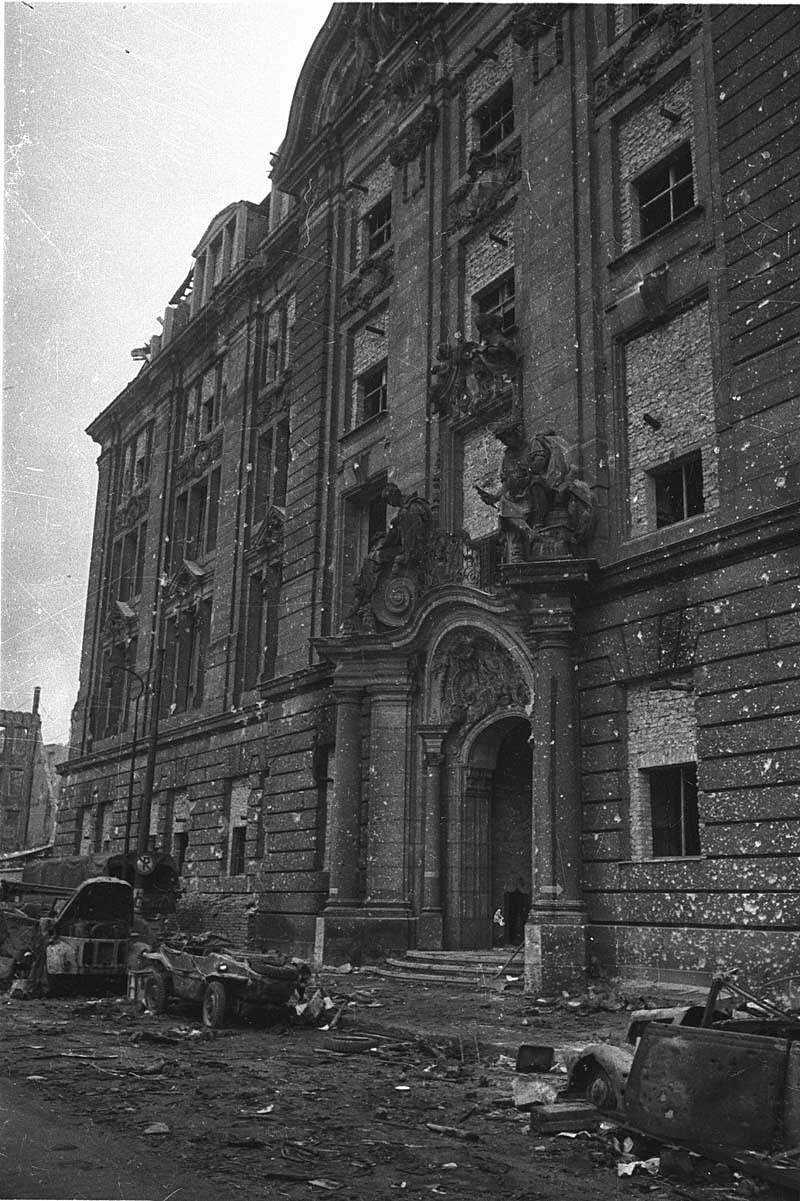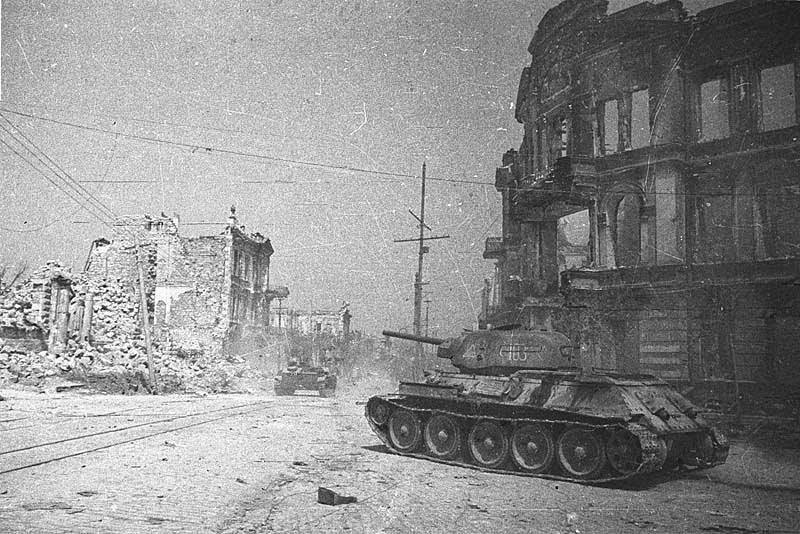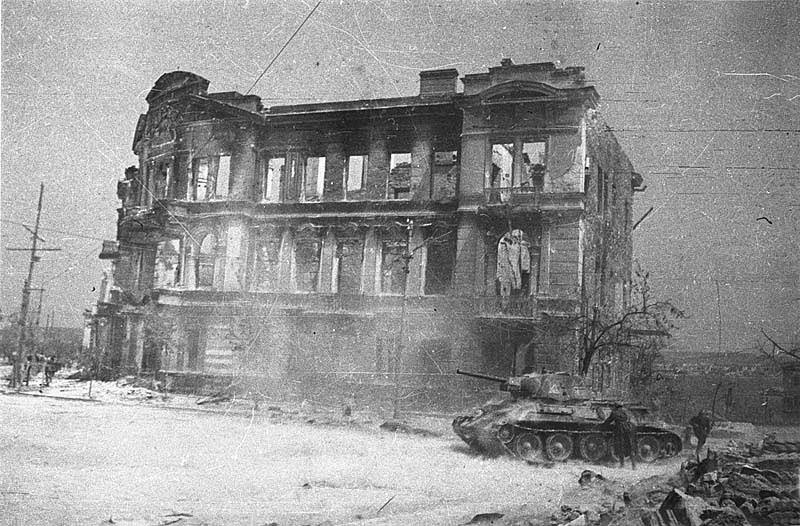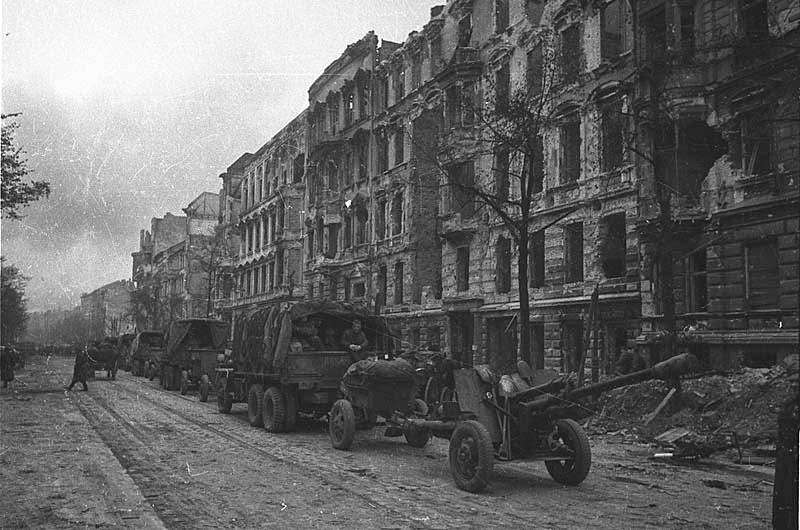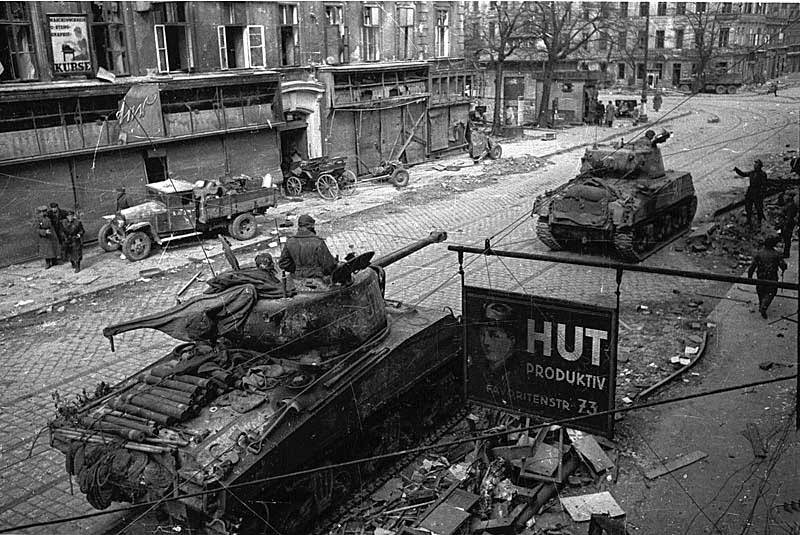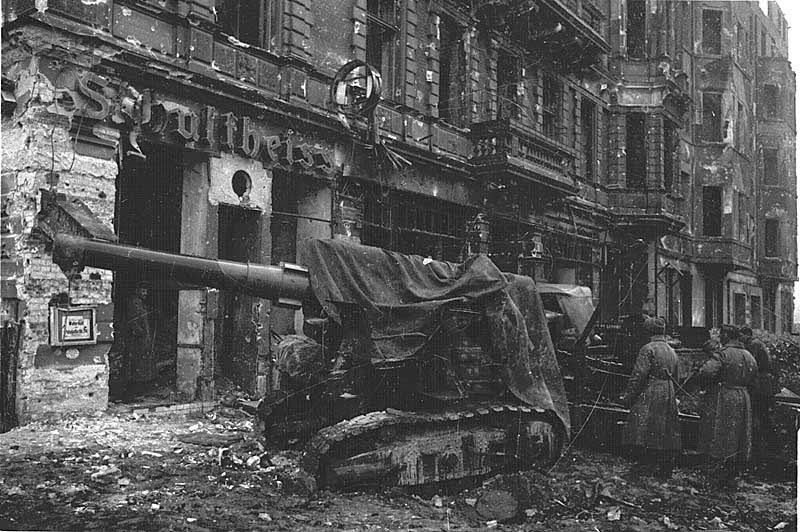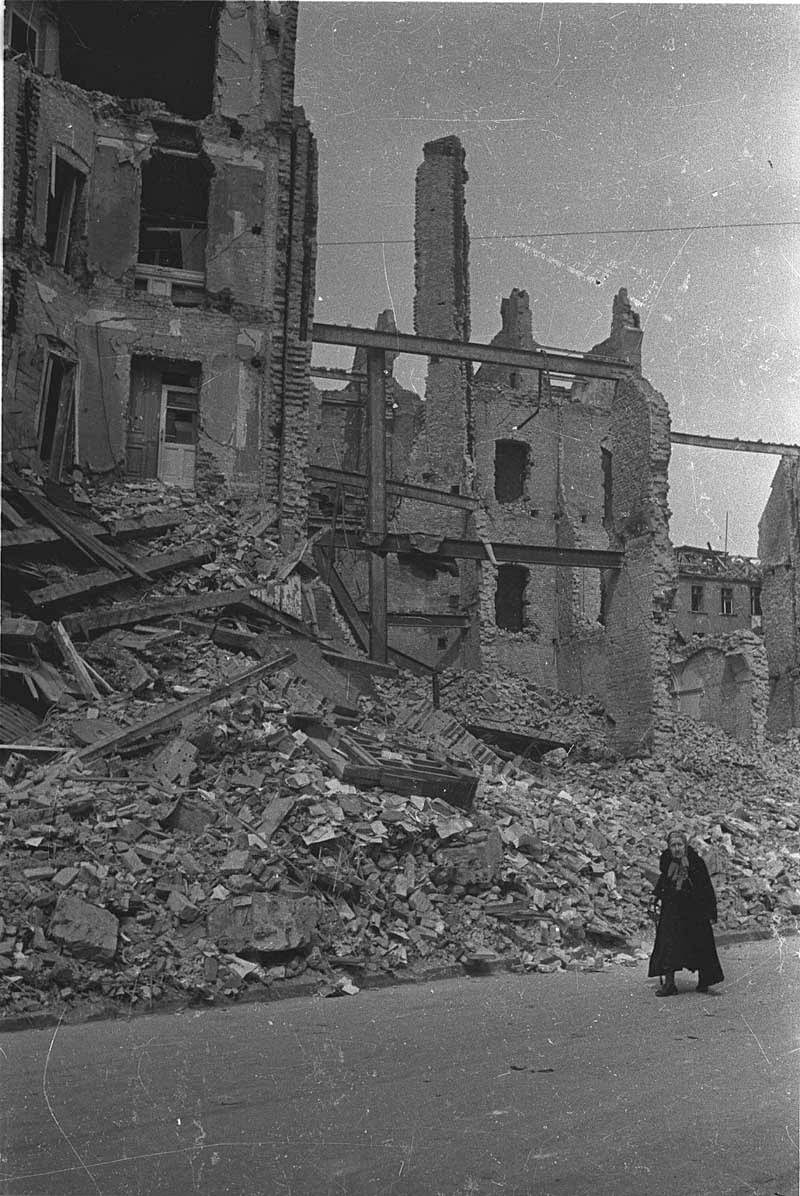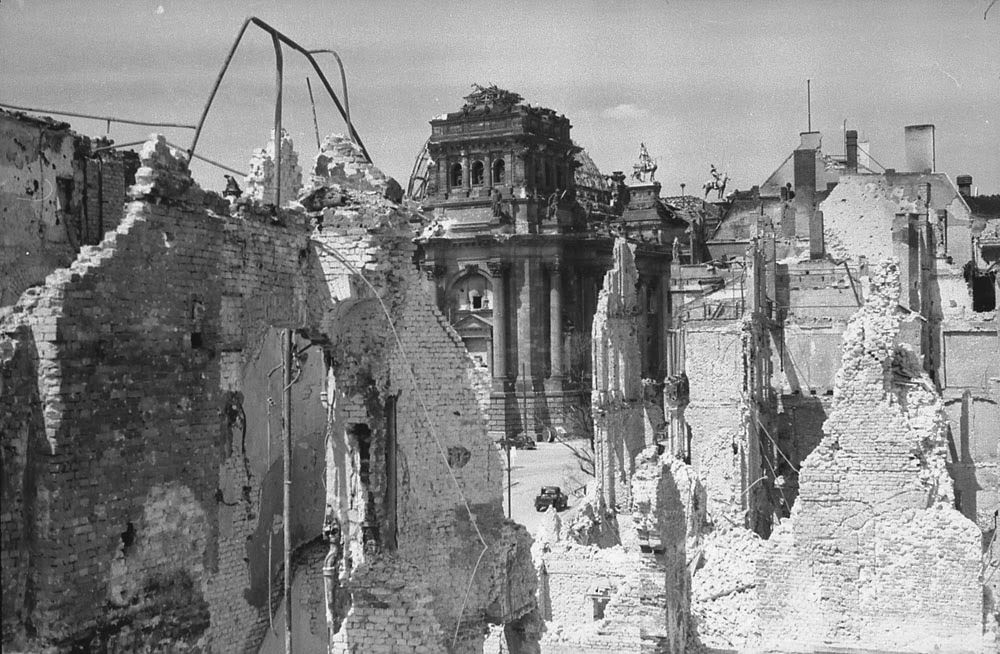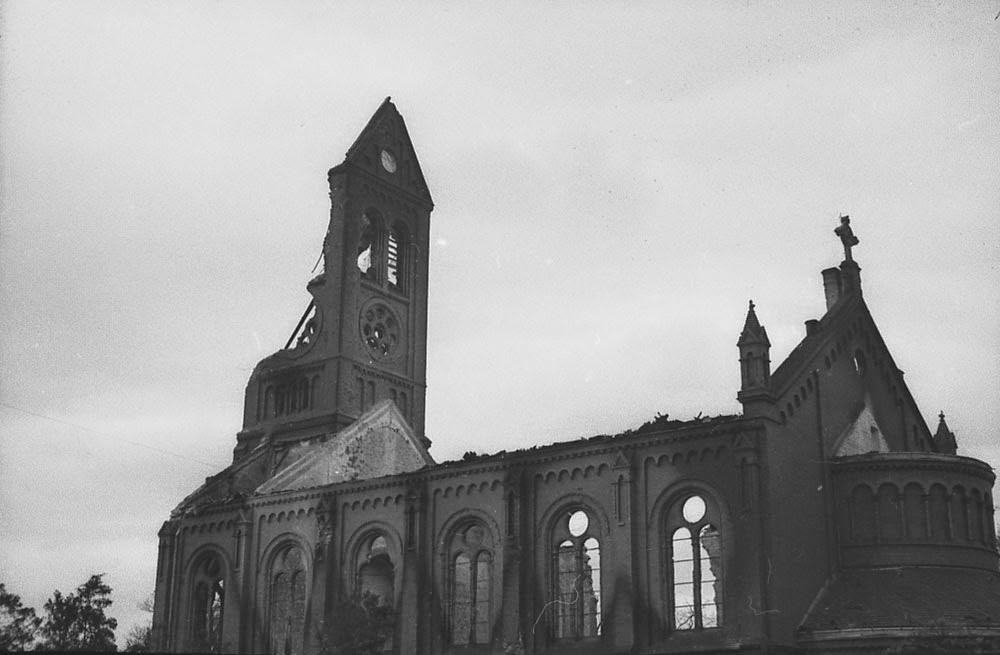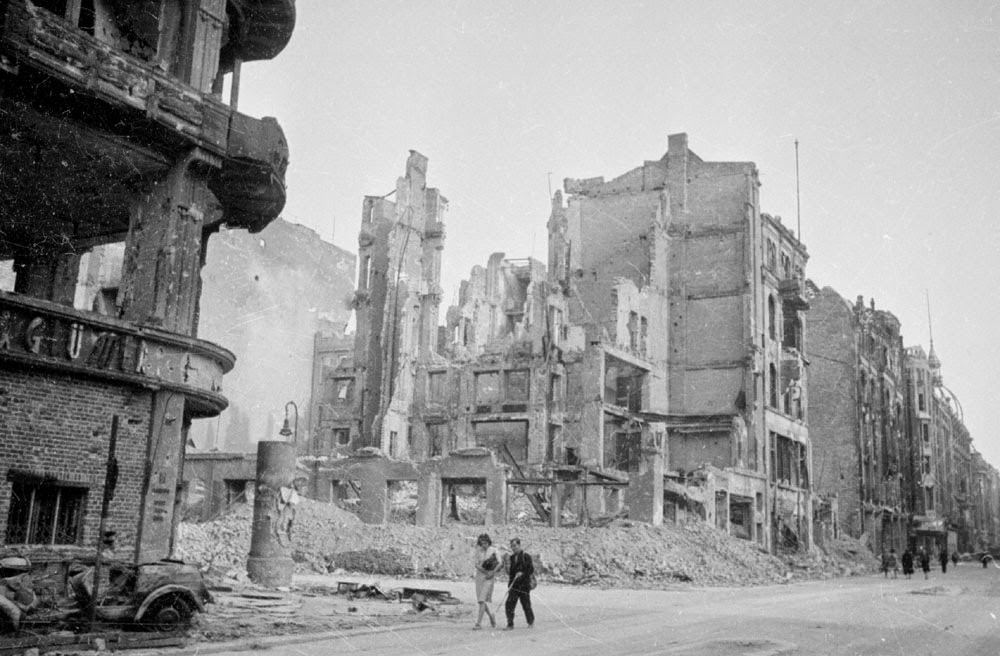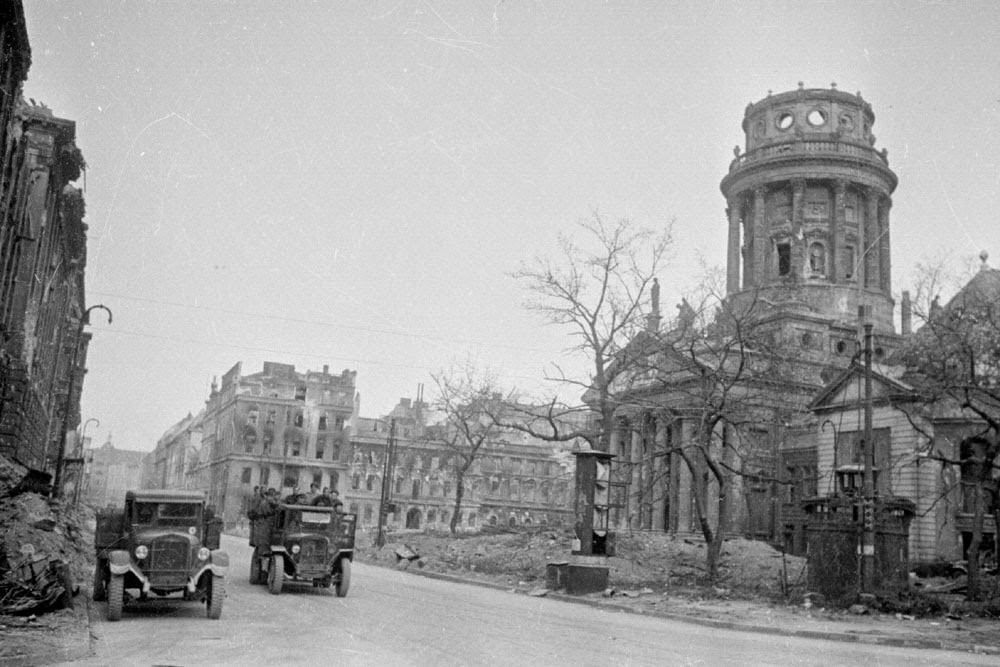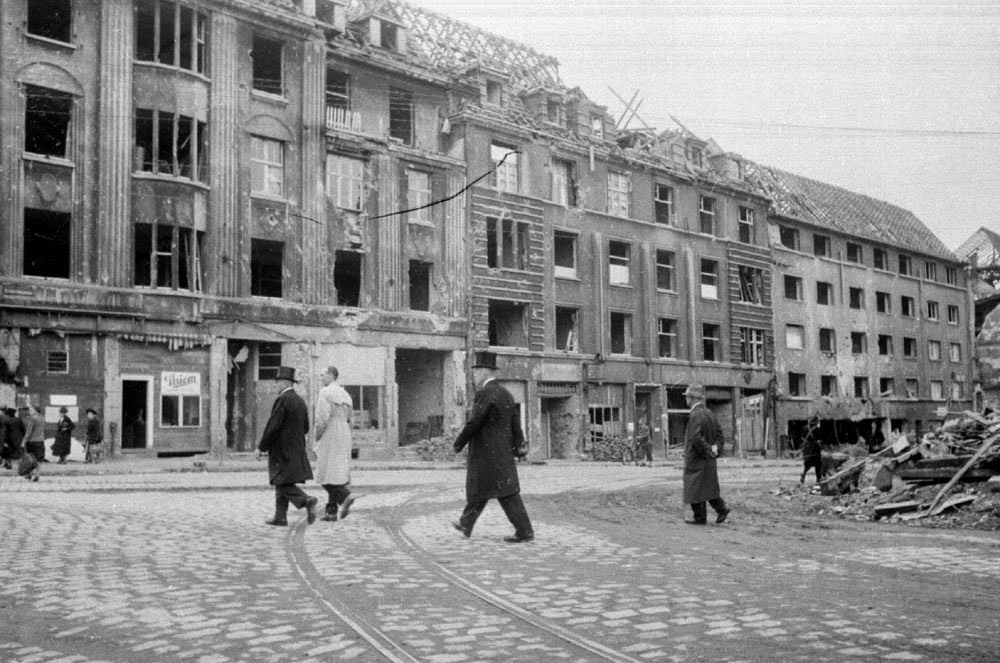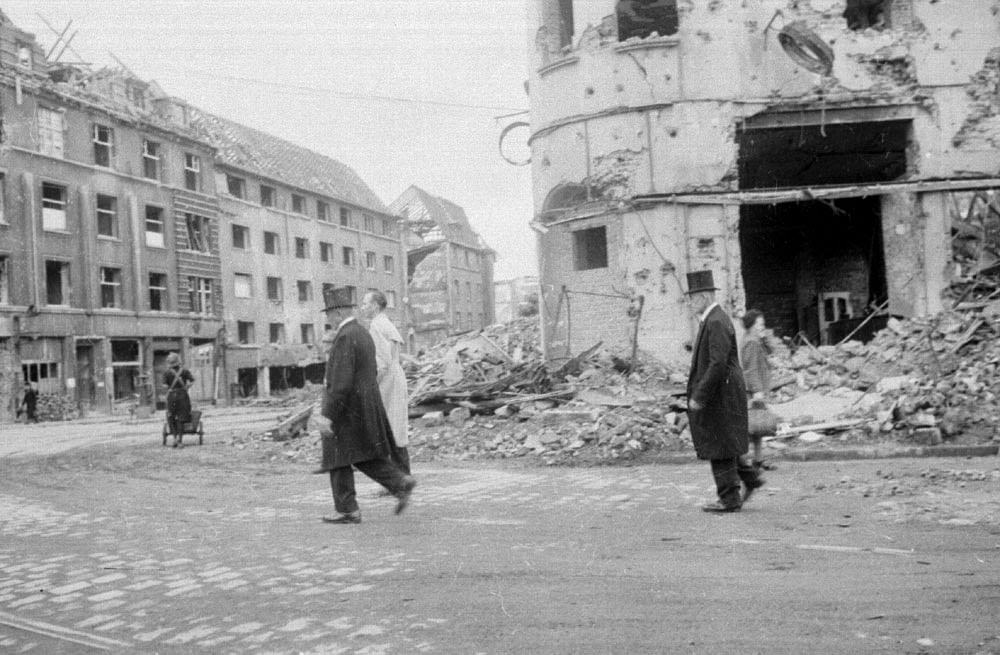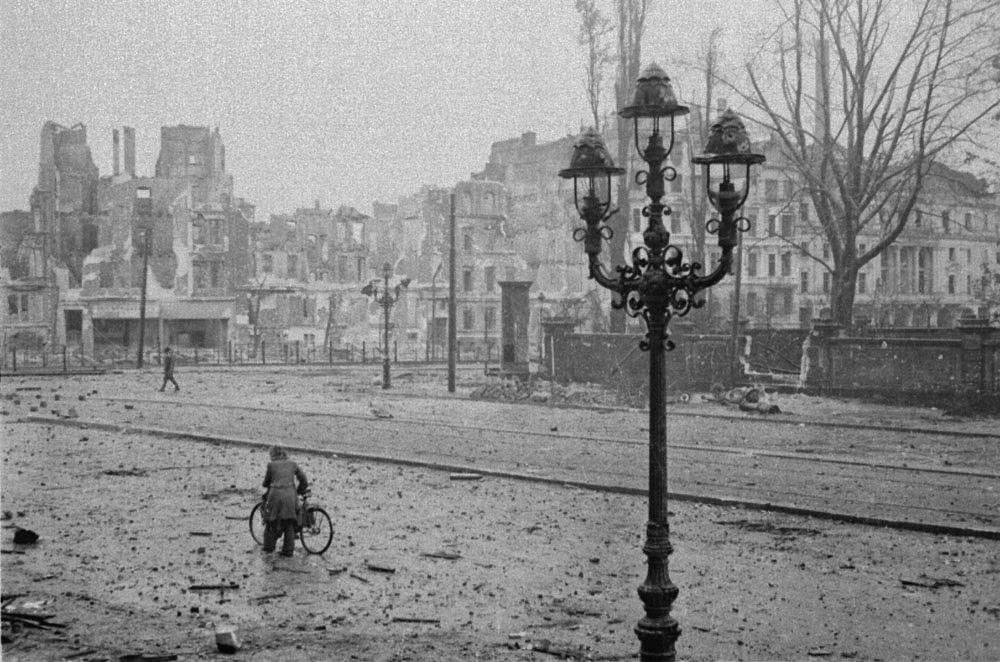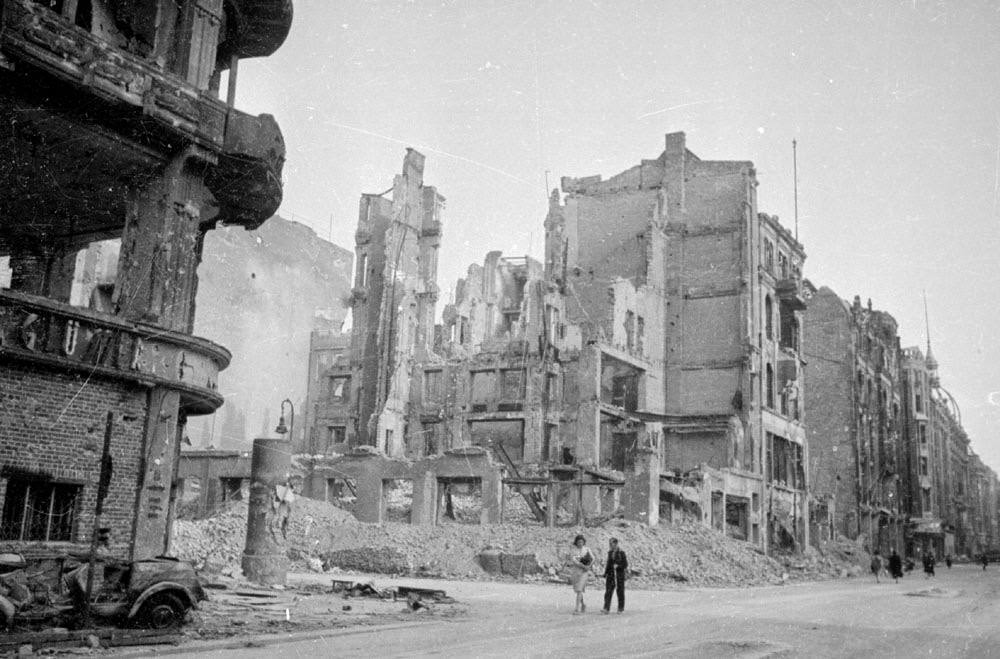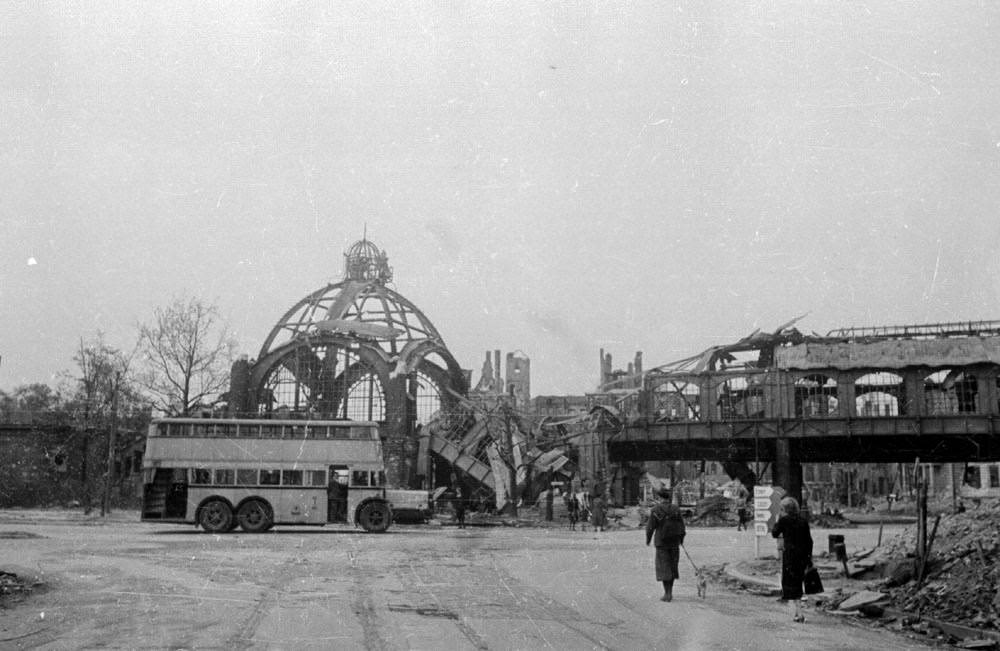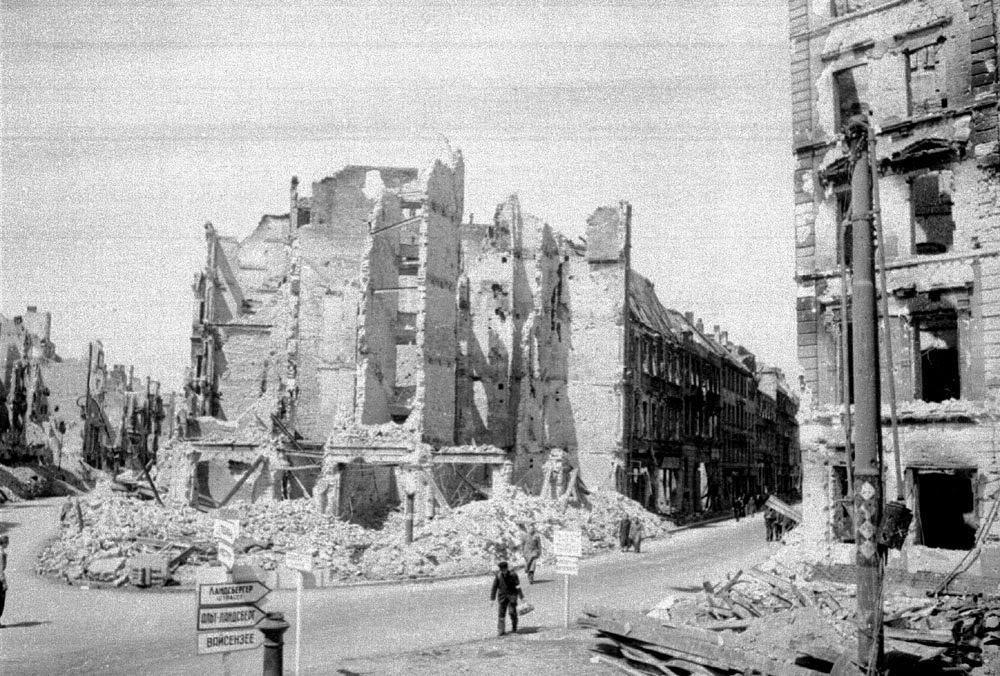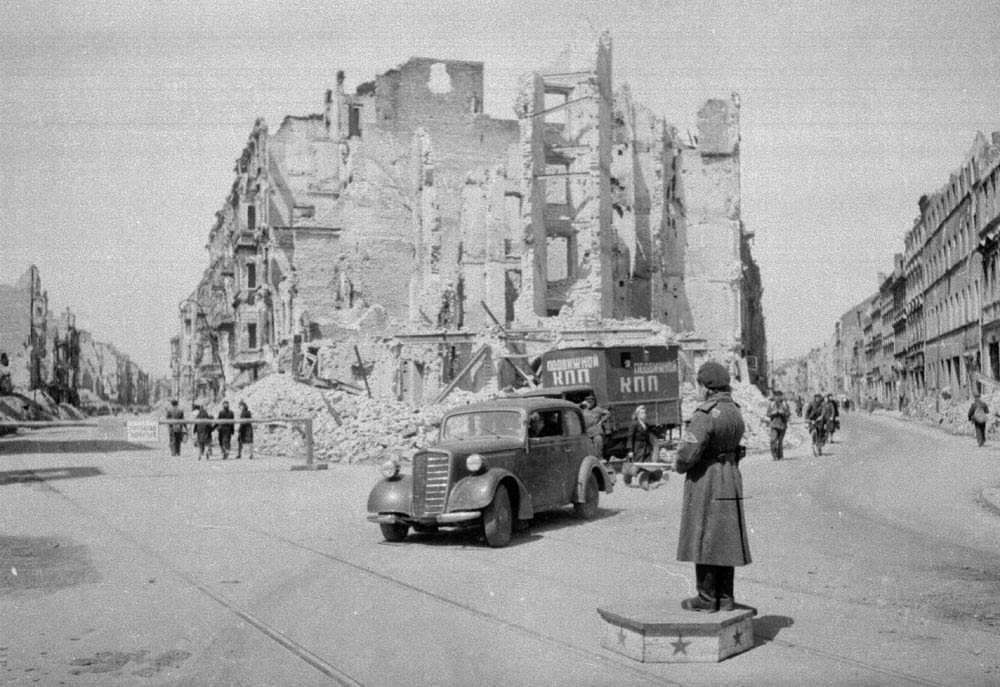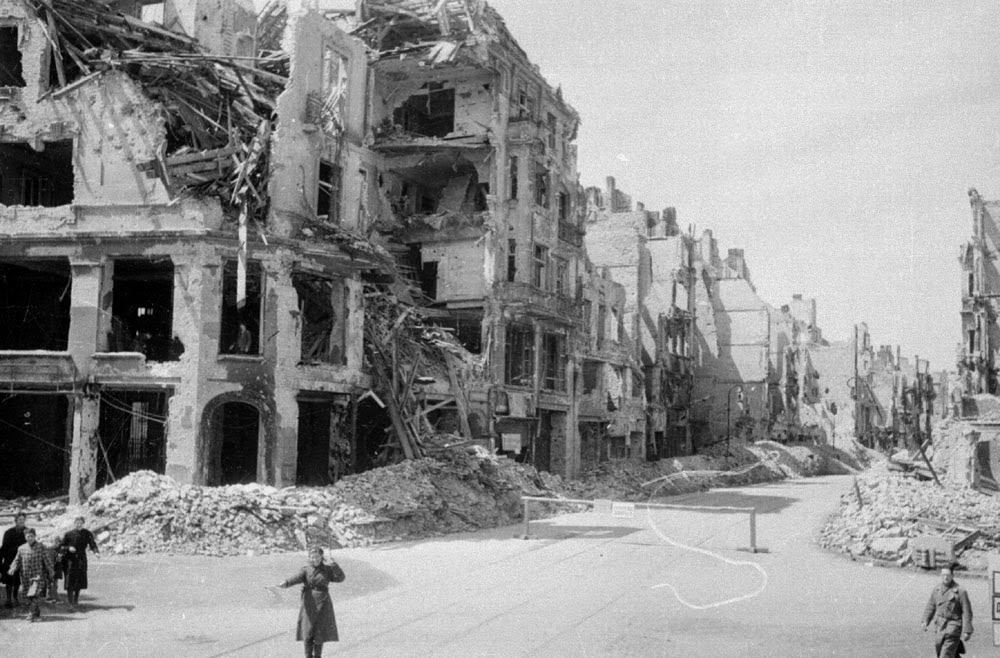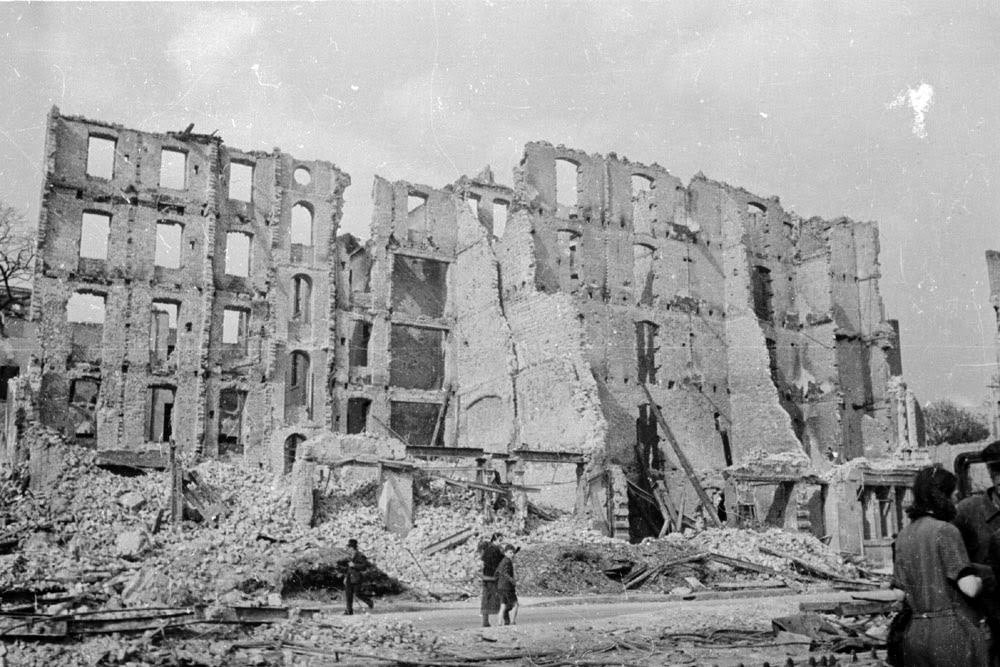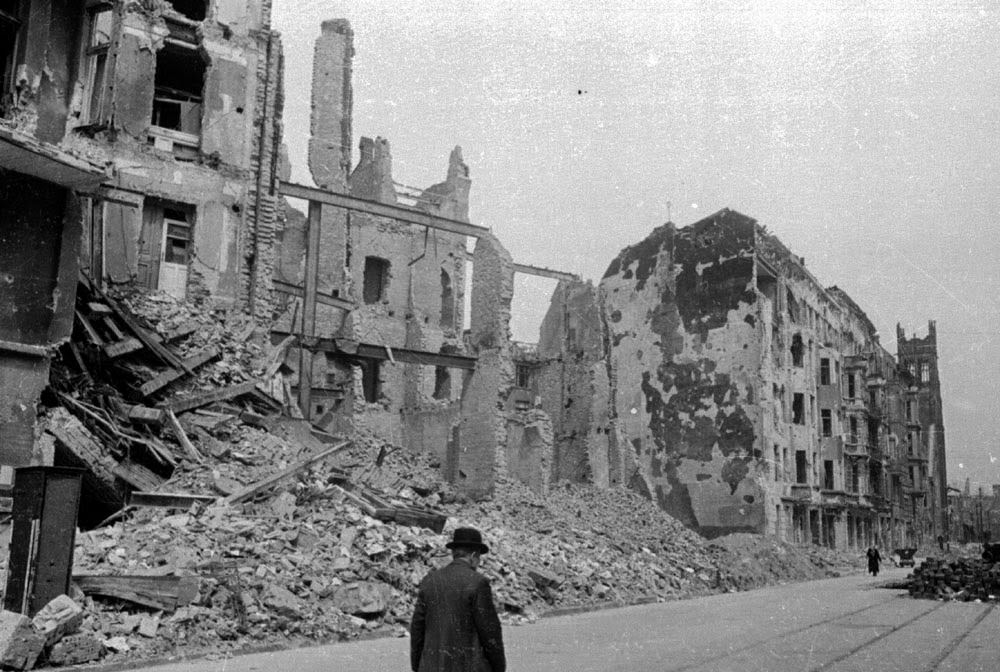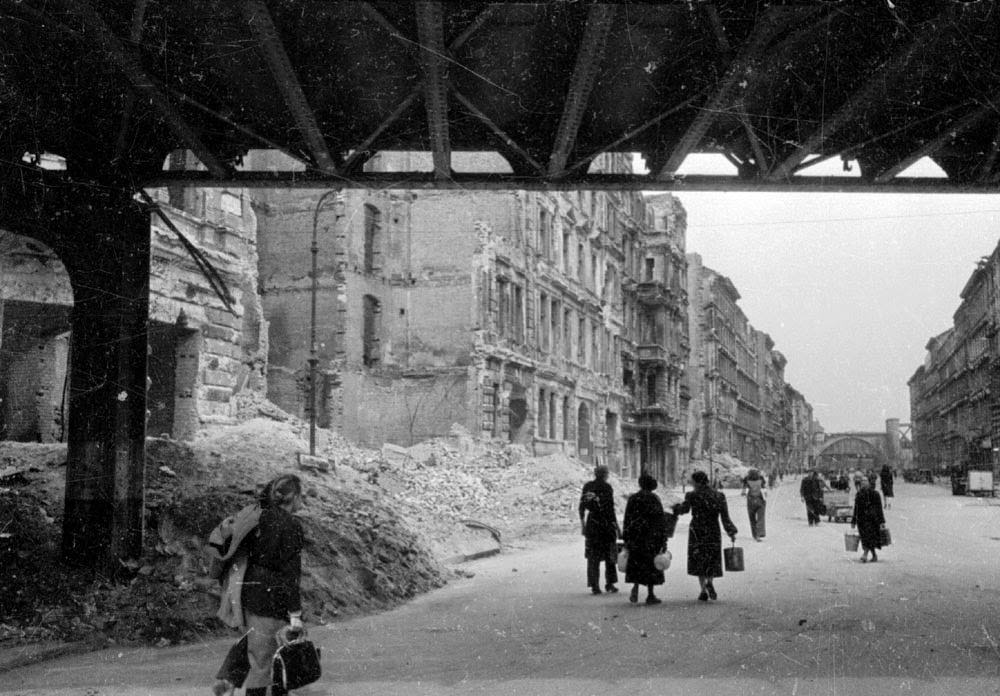The final echoes of World War II had barely faded when Berlin, a city that had once been the heart of cultural and intellectual life in Europe, found itself standing amidst the ruins. However, Berlin’s story in the immediate aftermath of the war is one of resilience, as the city slowly but surely started to pick up the pieces. Let’s embark on a journey back in time to explore Berlin shortly after World War II, focusing on the destruction and the subsequent process of repair and rebirth.
The Aftermath: Berlin in Ruins
At the end of World War II, Berlin was a city devastated. The war’s closing stages, specifically the Battle of Berlin, transformed the city into a theatre of destruction, leaving it in ruins. The vast infrastructure of Berlin, once pulsating with life, was left incapacitated, whether it was the transport network, including roads and railways, which were either destroyed or blocked by rubble, or essential services like electricity and water supply that were crippled.
Landmarks that stood as emblems of Berlin’s historical and cultural heritage, such as the Brandenburg Gate and the Reichstag, were marred by the war, etched with deep scars that spoke volumes of the relentless conflict that had engulfed the city. Vast swathes of residential areas and commercial districts, formerly buzzing with activity, were reduced to desolate landscapes of rubble, each pile a tragic testament to the loss of life and property.
But it was not just the physical landscape of Berlin that was severely damaged. The social fabric of the city was ripped apart too. The city’s population, once in the millions, was now grappling with immense distress. Displacement, food shortages, and a lack of essential medical supplies were common issues that the populace faced in the immediate aftermath of the war.
Starting the Recovery
In the face of such widespread devastation, the task of rebuilding seemed almost insurmountable. However, the spirit of the Berliners proved stronger than the challenges that lay ahead.
The first phase of the city’s recovery involved clearing away the vast amounts of rubble. This daunting task fell largely to the Trümmerfrauen, or “rubble women.” These were women, of all ages, who, in the absence of a significant portion of the male population lost to the war, took upon the Herculean task of clearing and cleaning the rubble-strewn streets.
Photographs from the period often depict these women amidst mountains of rubble, working tirelessly with basic tools and their bare hands. Their effort played an integral role in paving the way for the reconstruction efforts that would follow.
Rebuilding Berlin
The rebuilding of Berlin was a complex process, made even more challenging by the political division of the city into East and West Berlin. Despite these challenges, both halves of the city made remarkable progress.
In West Berlin, reconstruction efforts were aided significantly by the Marshall Plan, which provided financial assistance from the United States. Historic buildings and churches, such as the Kaiser Wilhelm Memorial Church, were painstakingly restored, and new housing and infrastructure projects were initiated.
Meanwhile, East Berlin, under Soviet control, saw a focus on social housing projects and the construction of new public buildings. Notably, efforts were also made to restore key cultural and historic sites, like the Museum Island.
A City Reborn
Despite the significant strides in reconstruction, Berlin in the years following World War II remained a city bearing the scars of war. Yet, it was also a city displaying remarkable resilience. Amidst the newly built structures and repaired landmarks, there was a sense of hope and renewal—a testament to the city’s unbreakable spirit.
Berlin’s journey from the rubble of World War II to a city reborn is a powerful narrative of resilience, determination, and the enduring human spirit. As we reflect on this period, we’re reminded of the city’s strength in the face of adversity and its unwavering determination to rise from the ashes. This period in history continues to hold valuable lessons about the power of resilience and the enduring spirit of humanity.
Here are some historical photos of the ravaged German capital.


